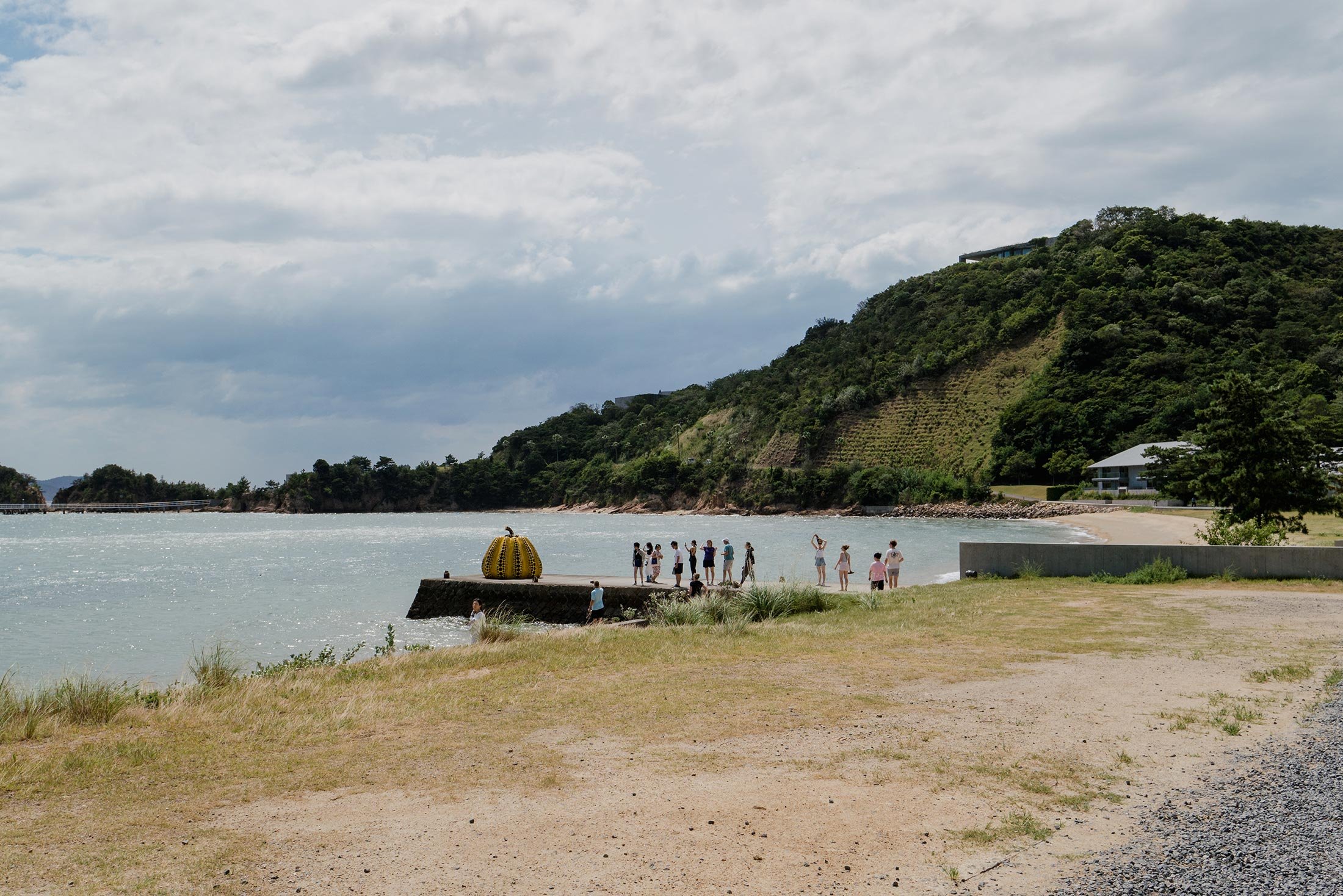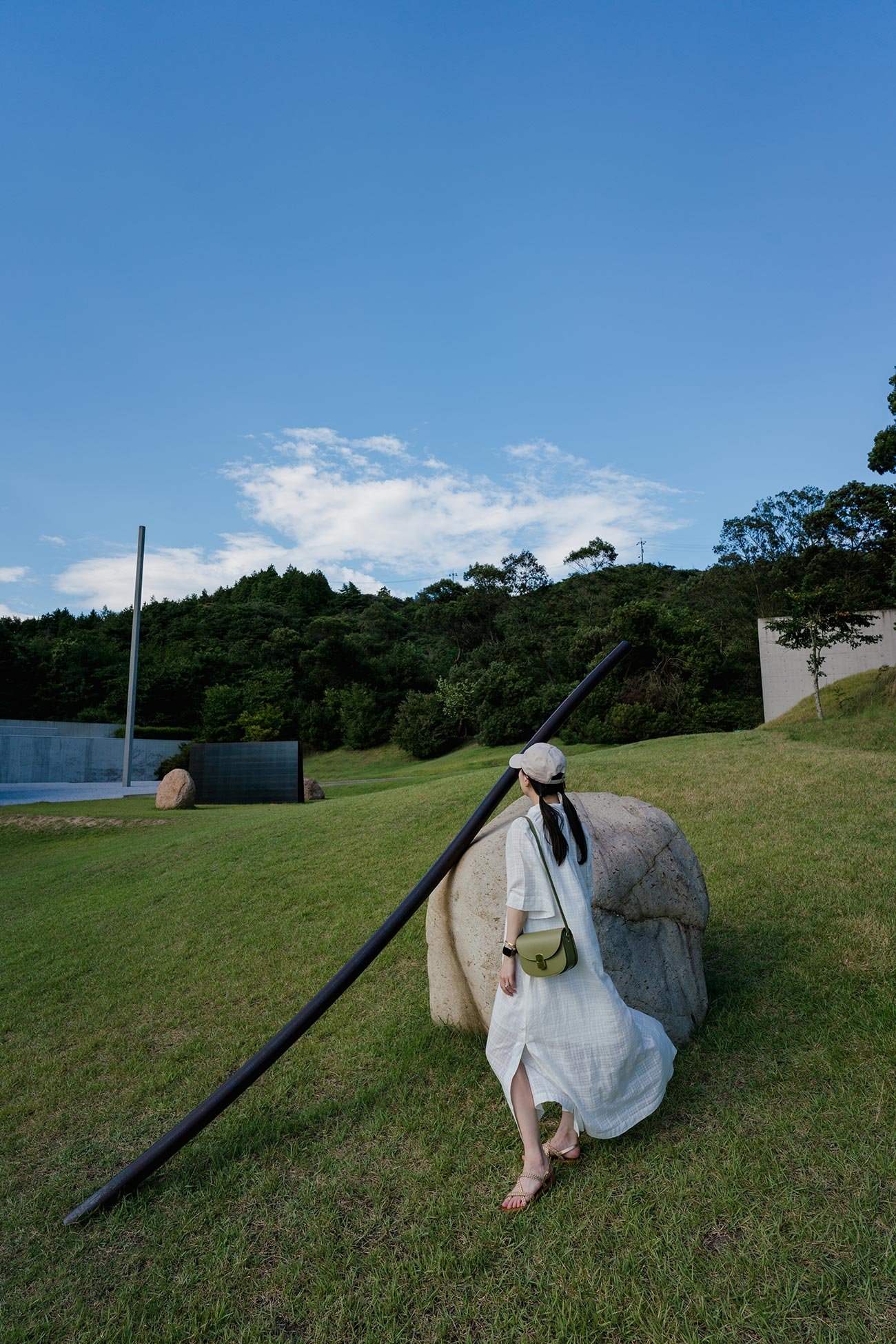Japan's Art Islands: Naoshima & Teshima
Visiting Naoshima Island had long been a dream of mine. As an admirer of Tadao Ando's architecture and Yayoi Kusama's art, this small, art-infused island in Japan's Seto Inland Sea is a must-visit destination for many artists, designers, and art enthusiasts. Our trip to Japan was originally planned for August due to work commitments, but as fate would have it, our visit coincided with Obon—a time when Japanese people traditionally take a break to spend quality time with their families. We decided to seize this opportunity, taking some well-deserved time off to explore Naoshima and Teshima.
Yayoi Kusama's iconic Yellow Pumpkin
Benesse Art Site Naoshima
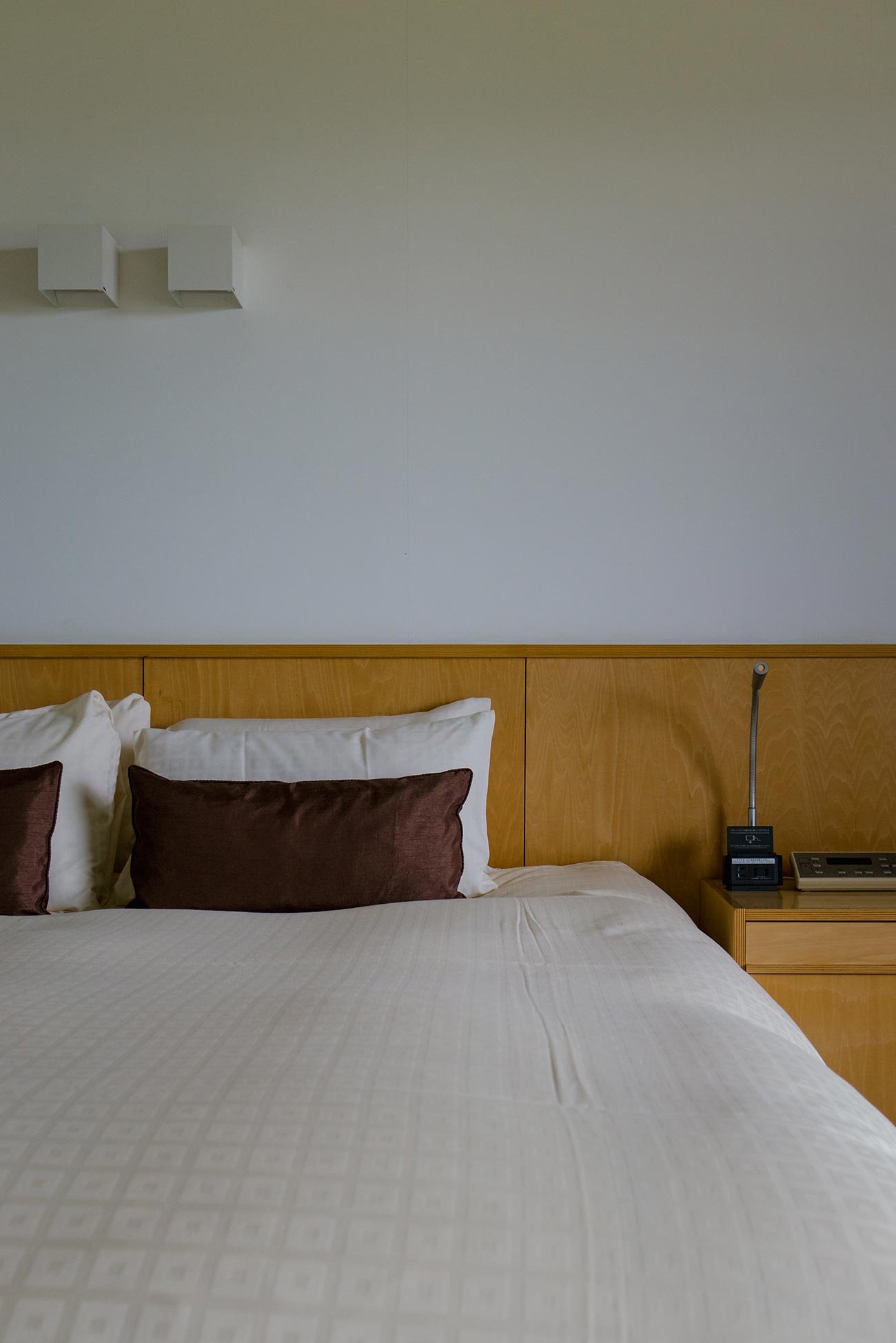

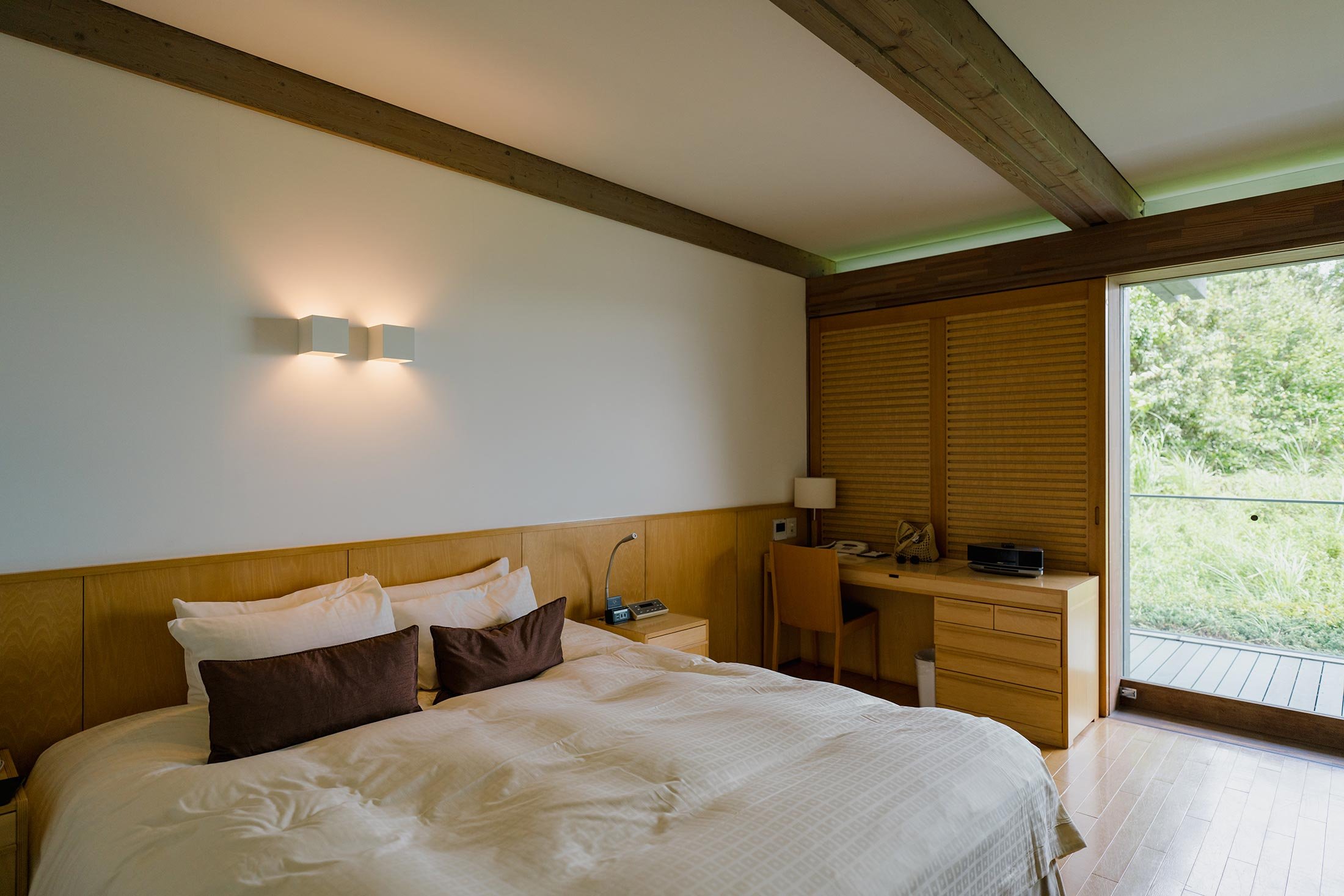
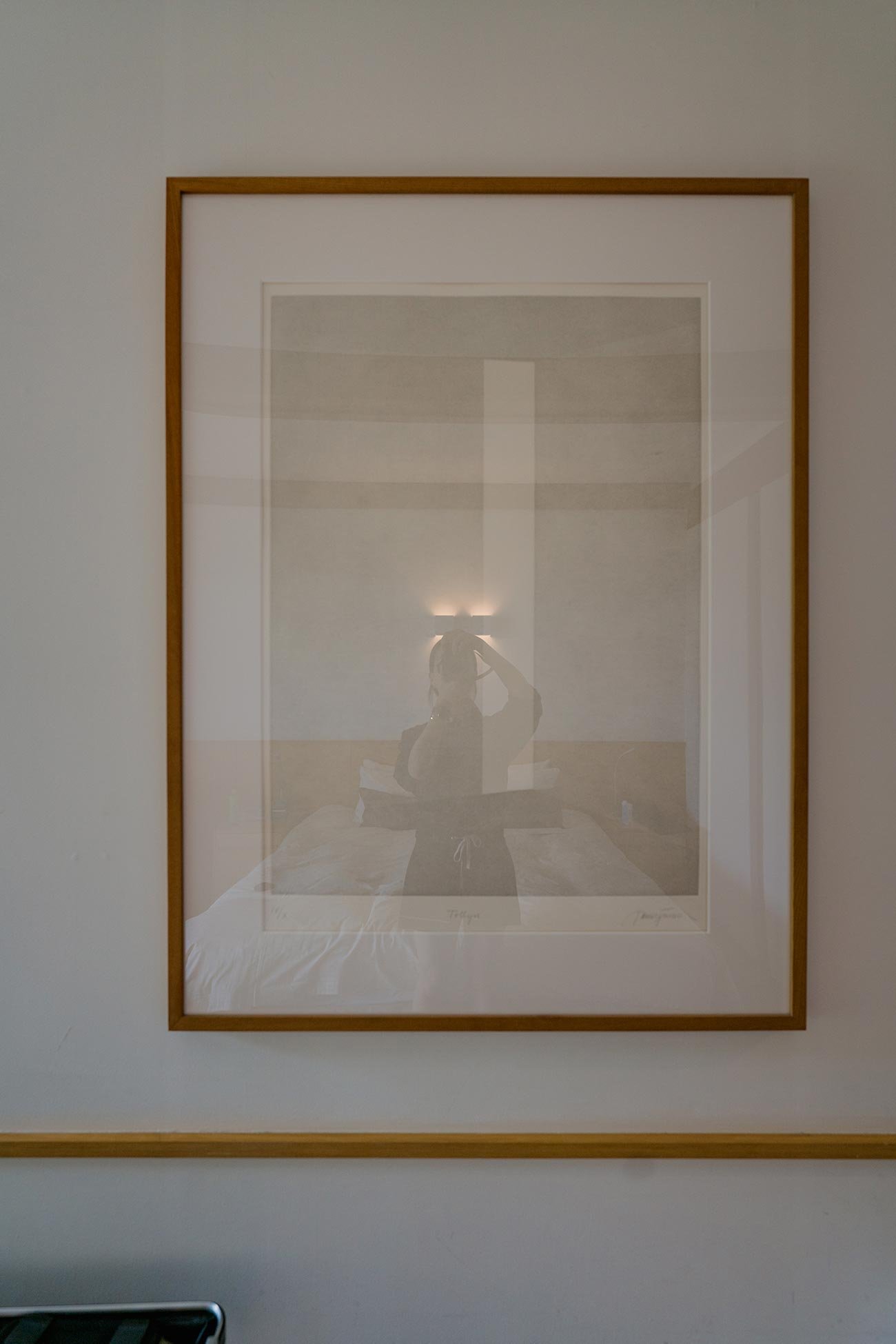
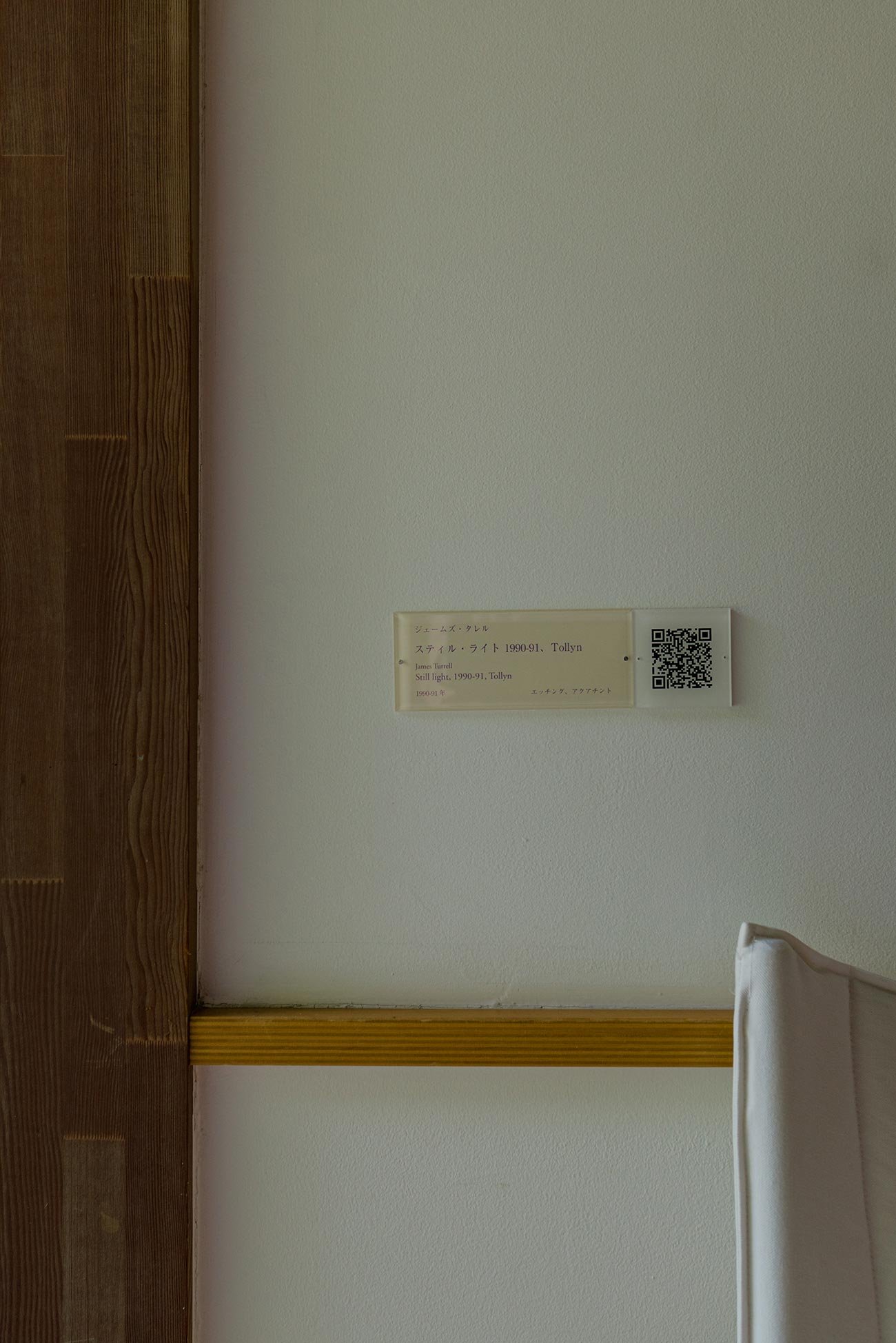
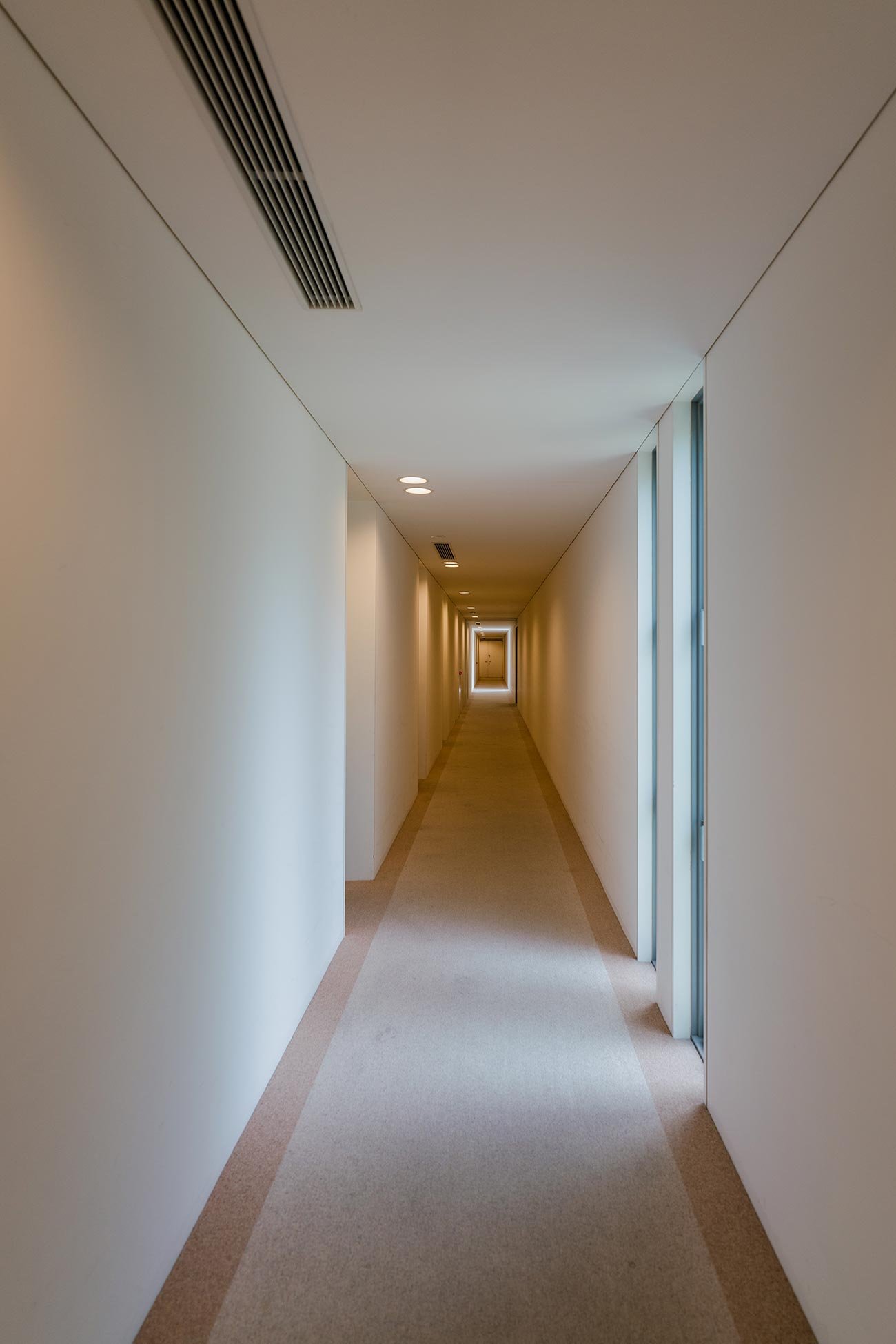
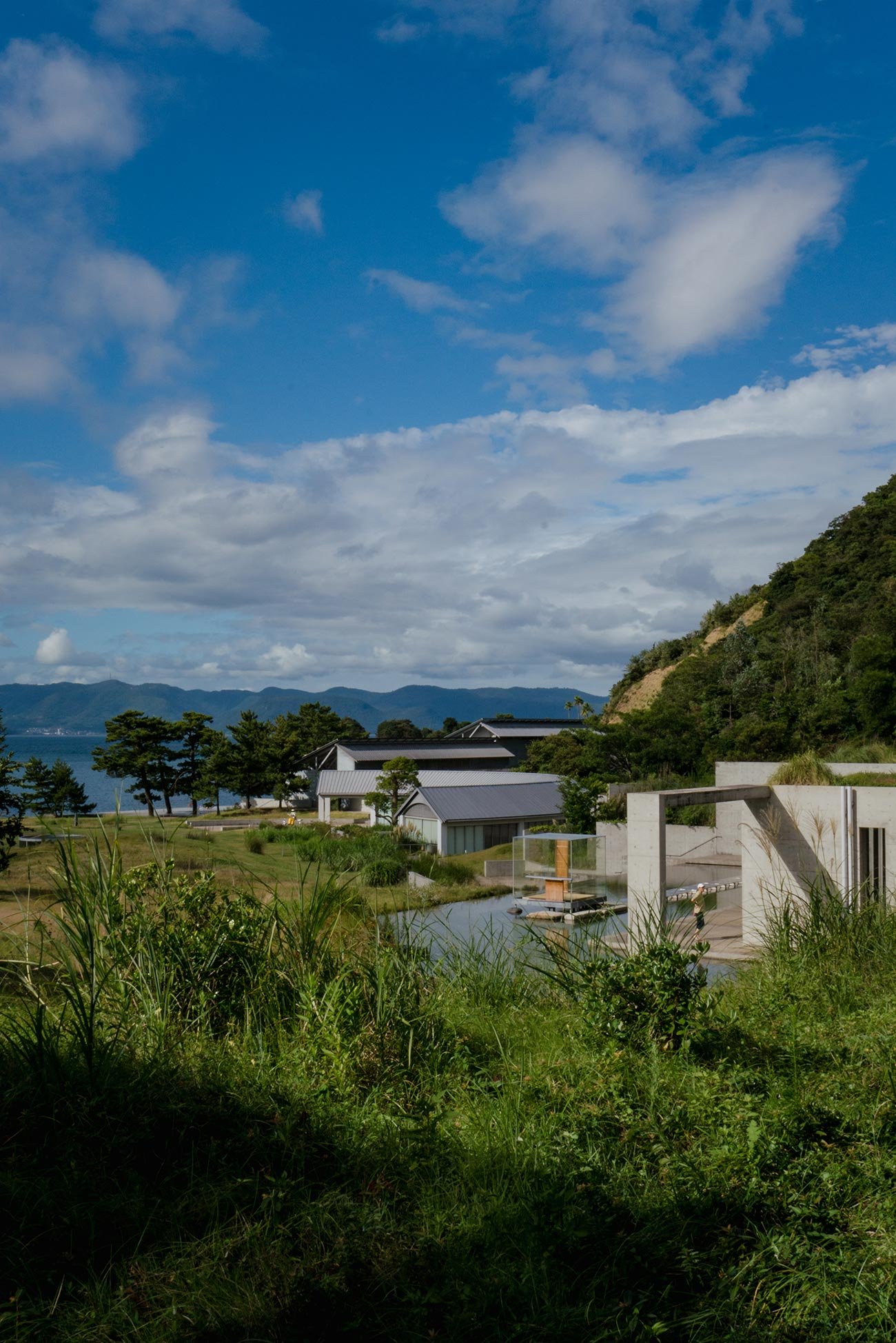
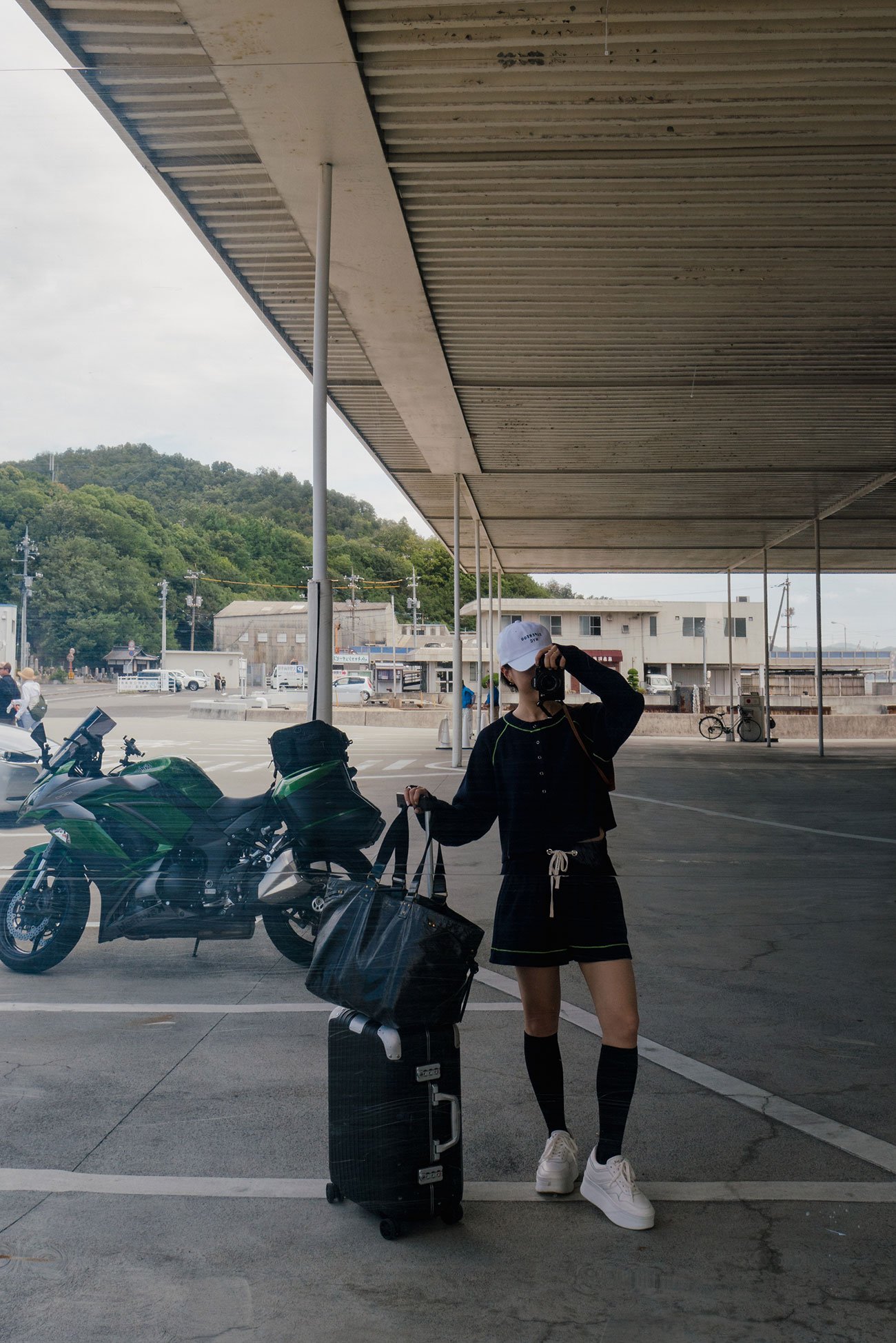
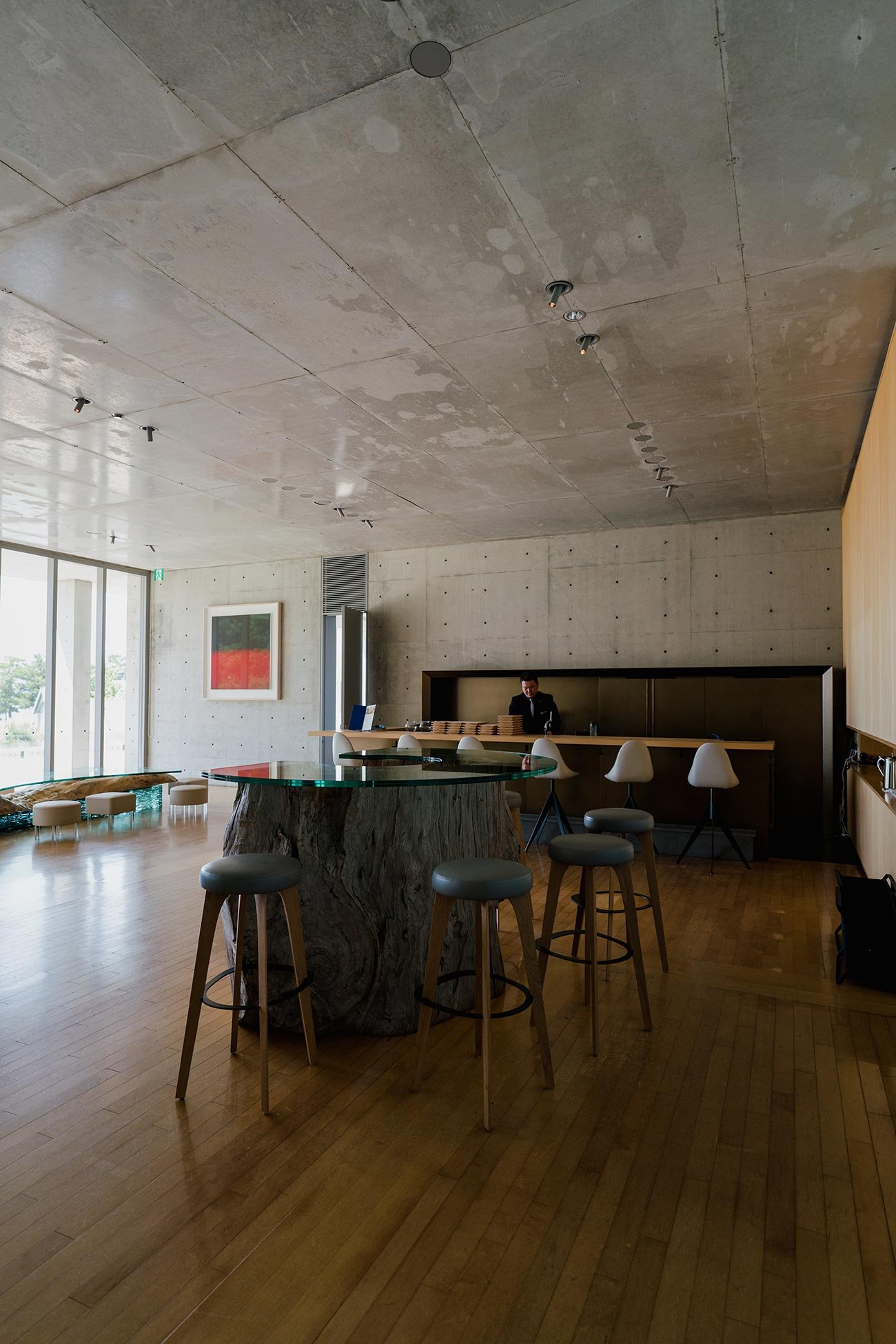
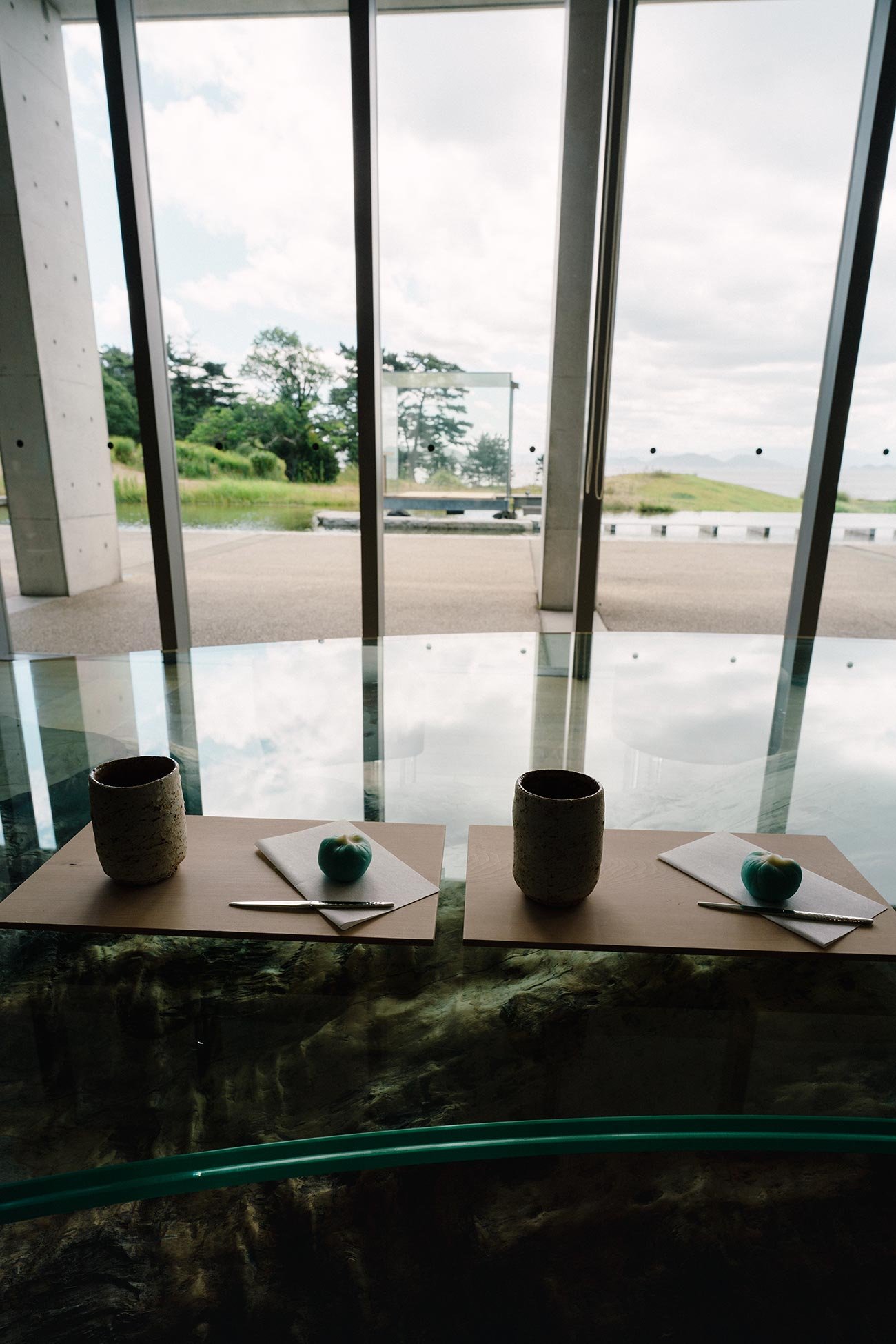
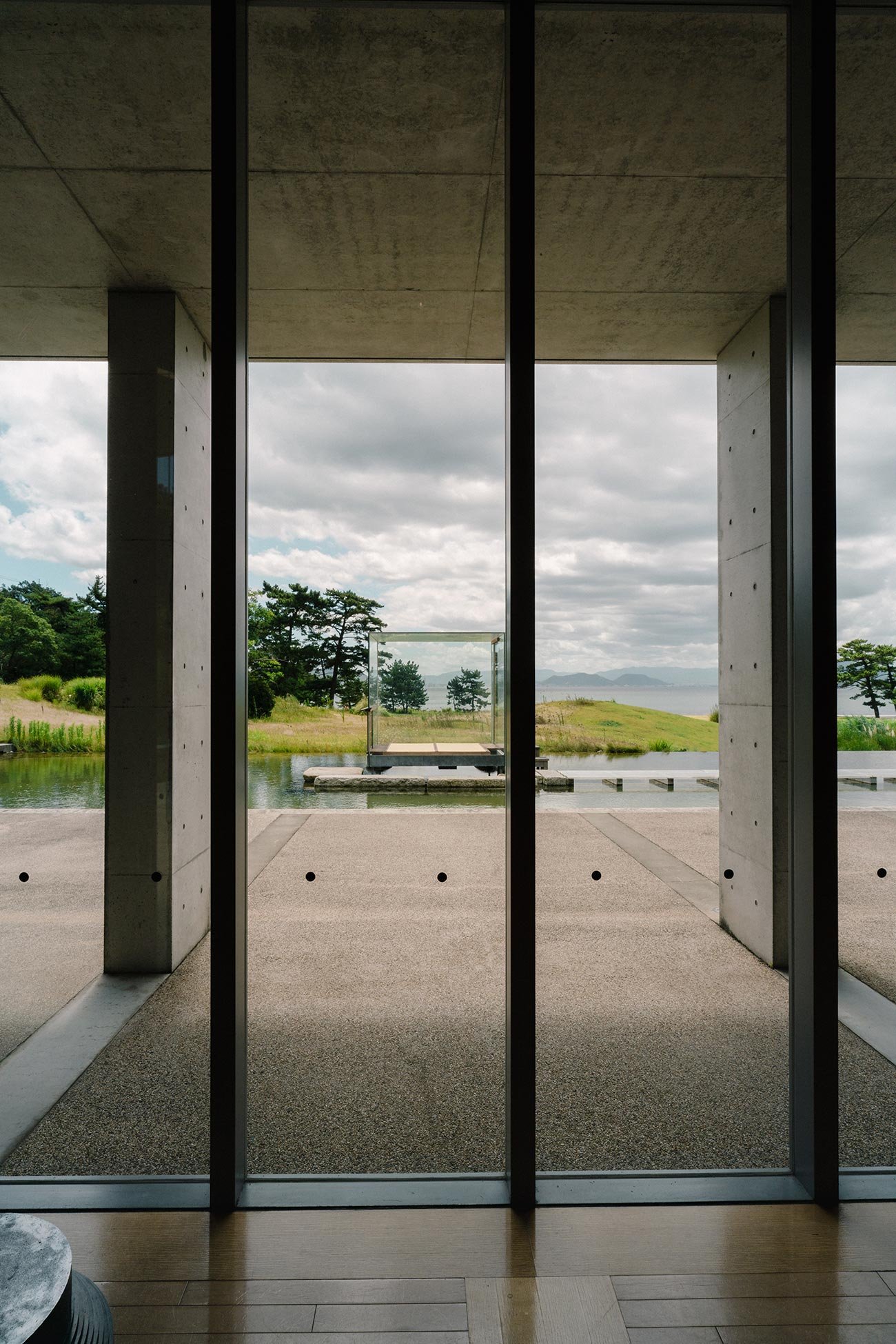
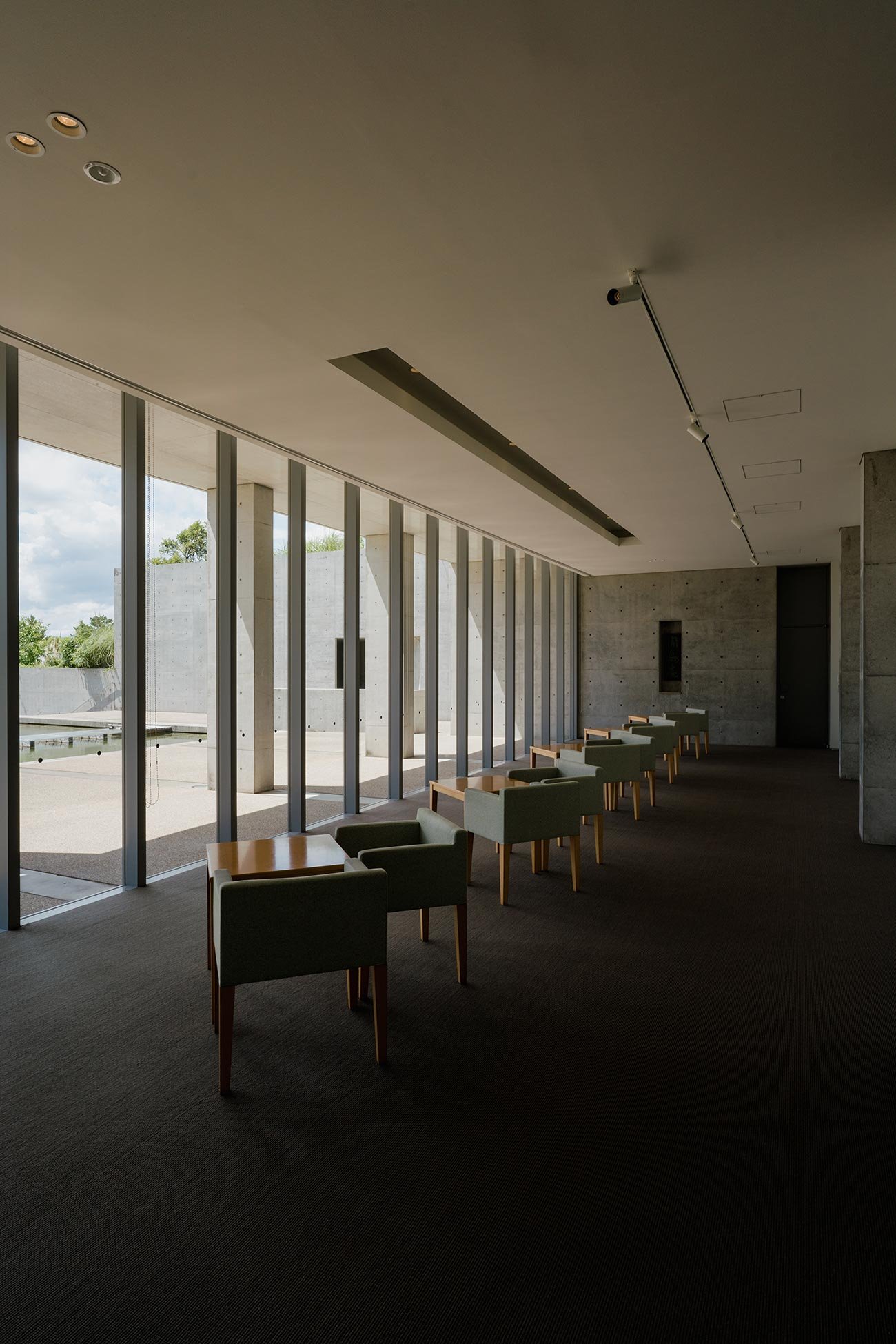
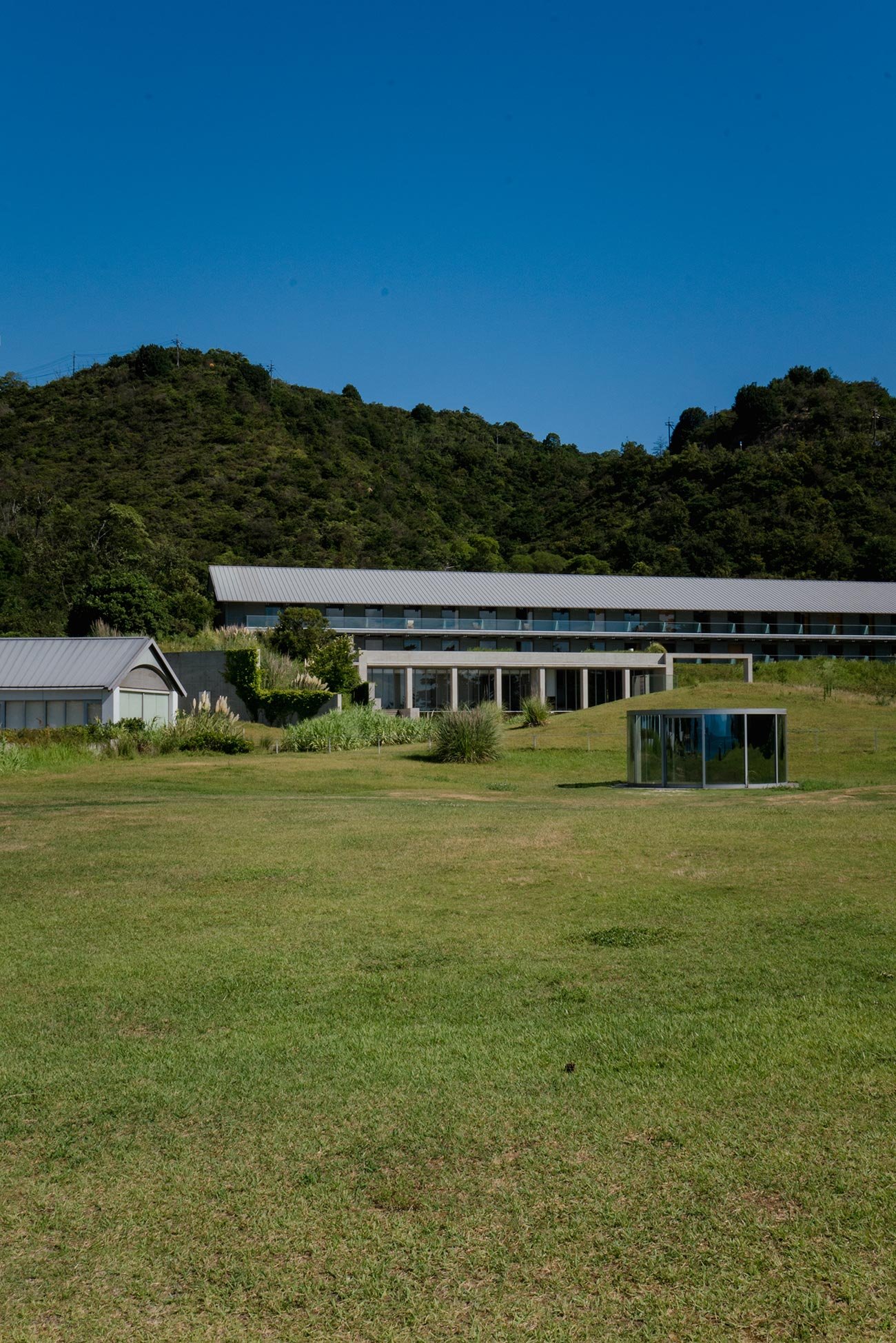
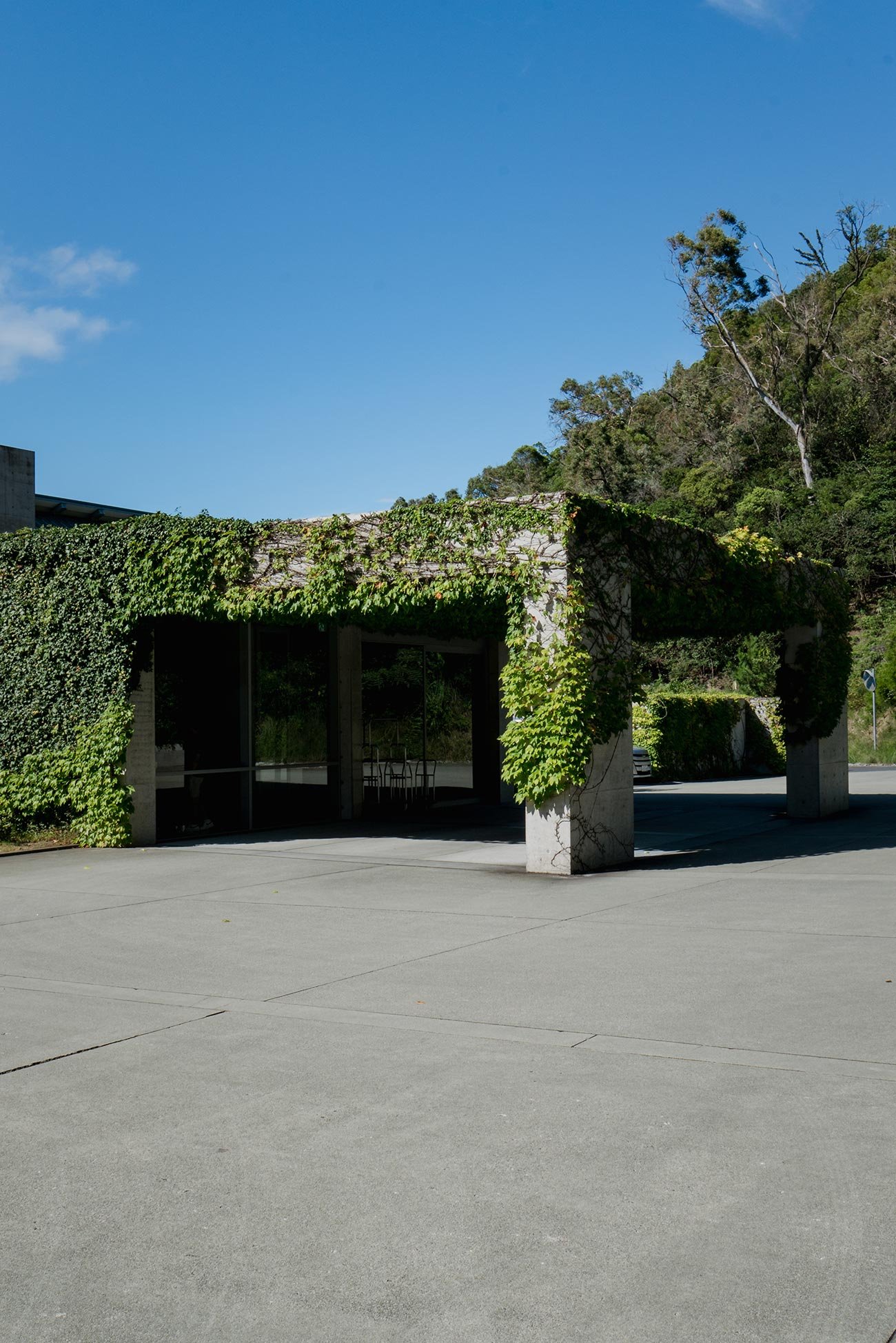
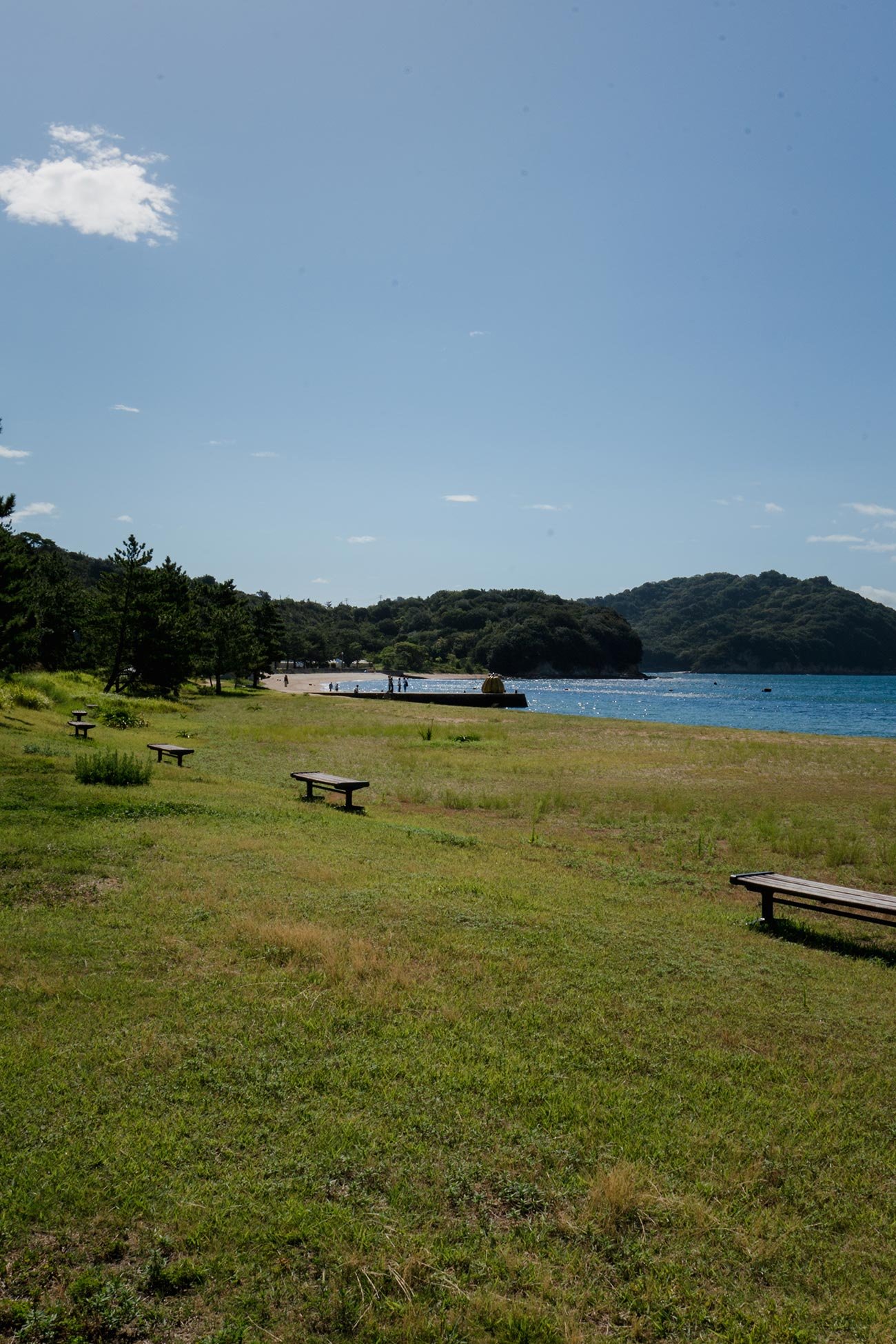
We stayed our first night at Benesse House, the most widely known hotel in Naoshima. It is a unique and renowned art museum and accommodation complex with a remarkable fusion of contemporary art, architecture, and hospitality, created by the Benesse Corporation, a Japanese education and publishing company. The complex is the brainchild of Benesse's founder, Tetsuhiko Fukutake, and architect Tadao Ando. We also loved that upon our arrival on the island, we had the option to take a brief shuttle ride provided by the property from the ferry to the premises.
Benesse House offers a range of unique accommodations, with four buildings with guest rooms to choose from: Museum, Oval, Park, and Beach. Each building has its own distinct architectural style and character. We stayed in a room in the Park, which felt the most convenient for our short stay. It really offered an opportunity to immerse ourselves in the art and nature of Naoshima.
The architecture of the Benesse House is a masterpiece in itself, designed by one of my favorite architects, the renowned Tadao Ando. The buildings are characterized by clean lines, minimalistic aesthetics, and a strong connection to the natural environment. The architecture and outdoor art installations are carefully integrated with the island's environment, creating a harmonious relationship between art, architecture, and nature. In addition to the indoor galleries, the outdoor spaces of the Benesse House feature thought-provoking art installations that complement the island's beauty.
Don't miss the Hiroshi Sugimoto Gallery and Sugimoto's 'Mondrian' glass teahouse, both captivating exhibits located within the Park's premises.
Benesse House Museum
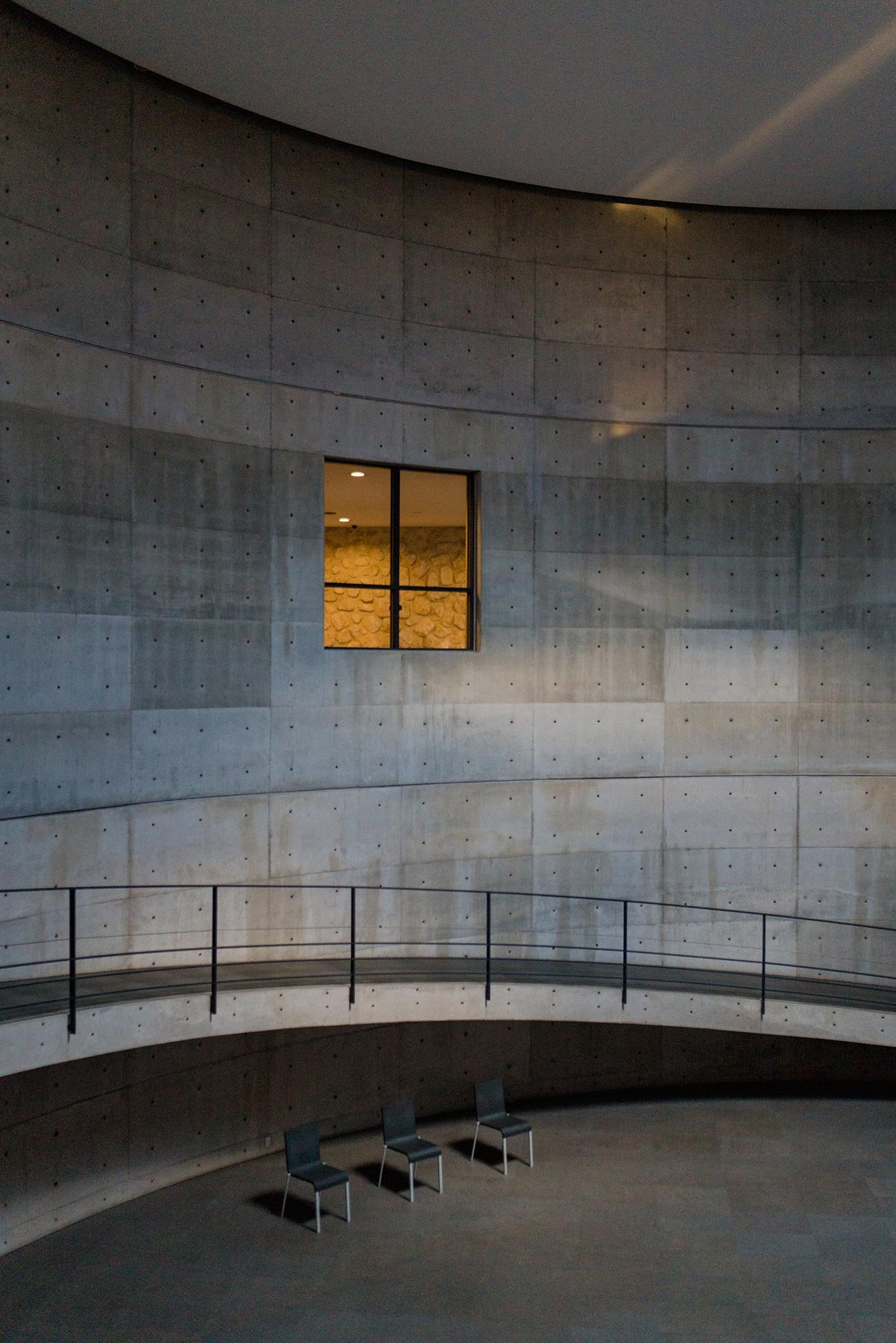
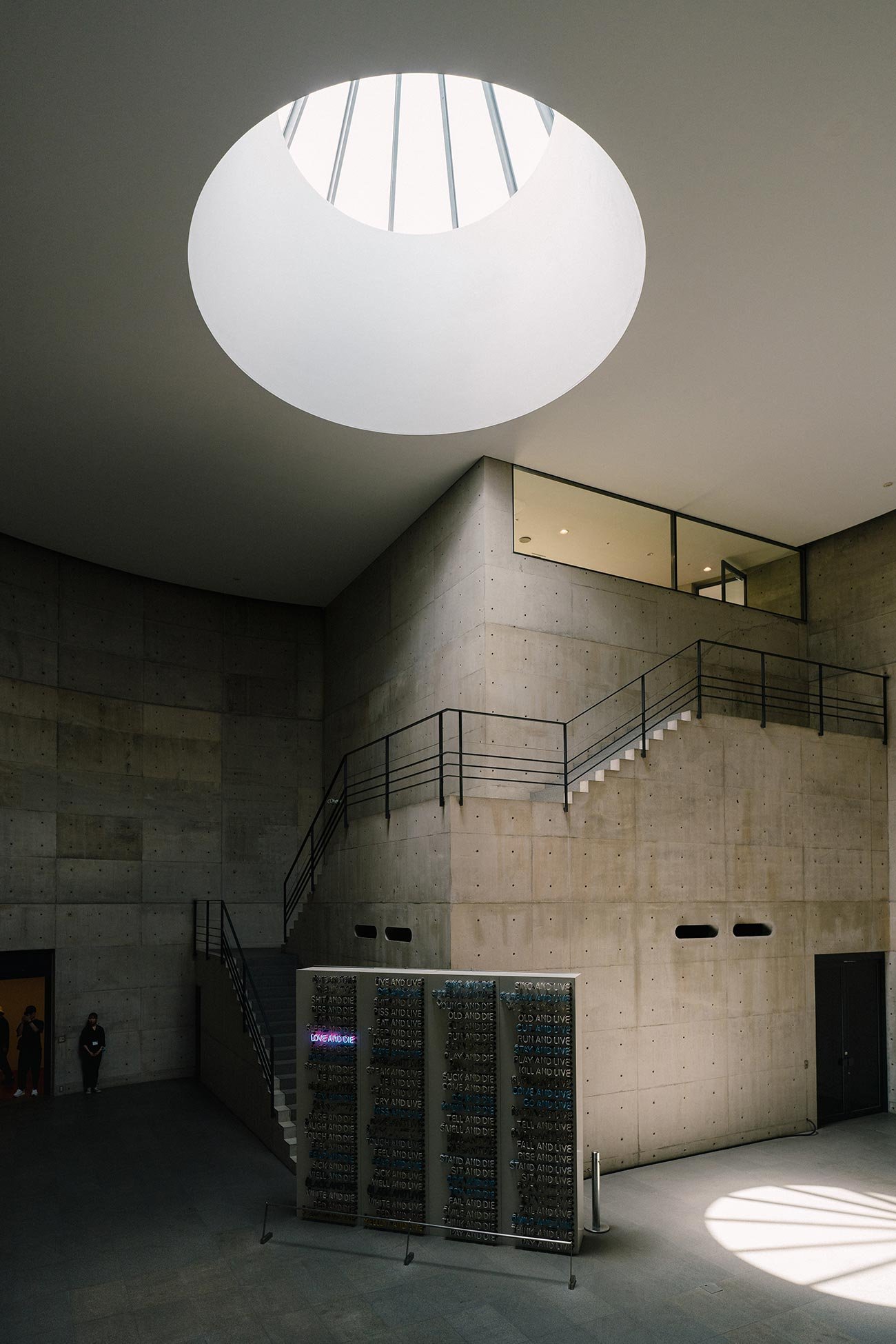

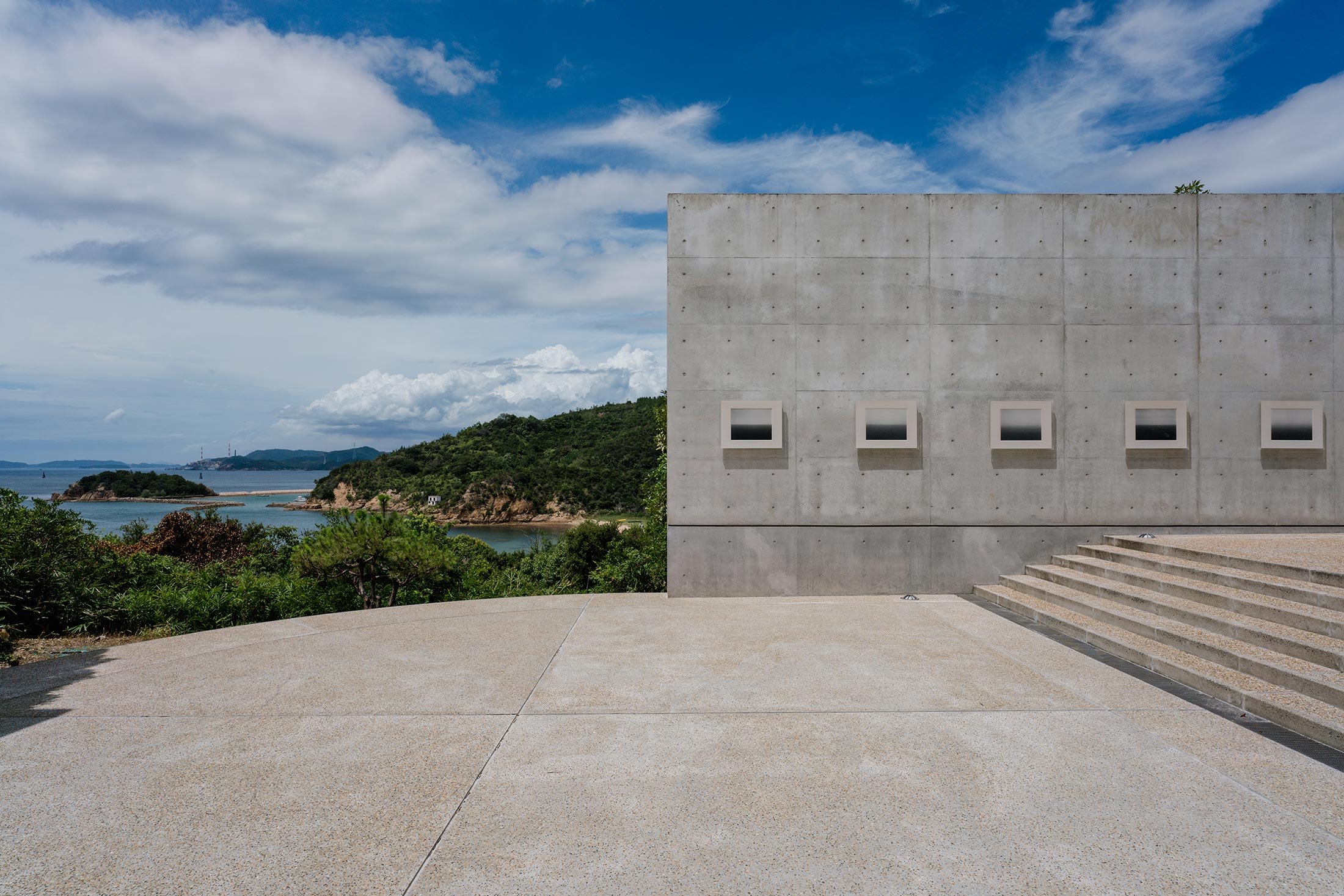
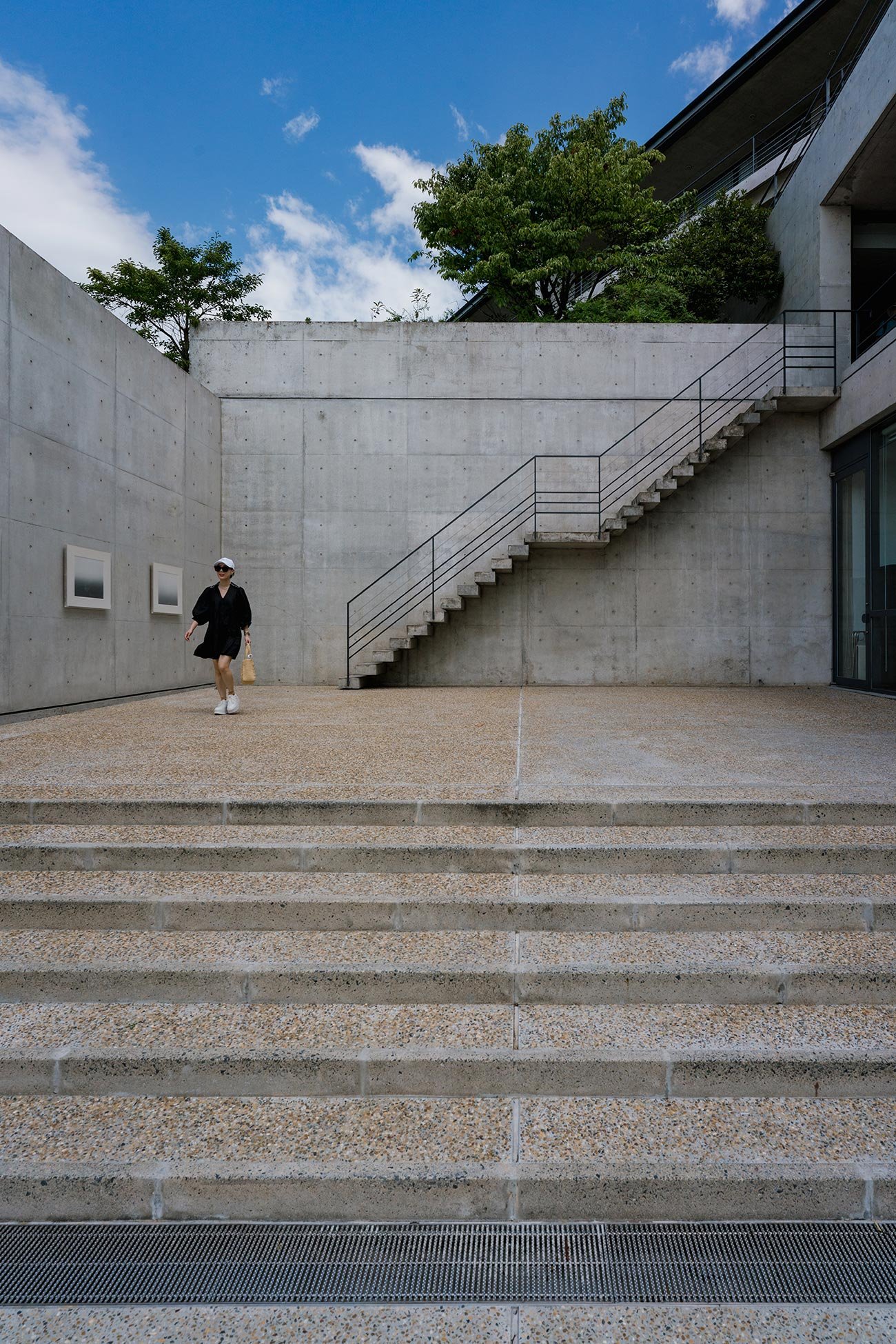
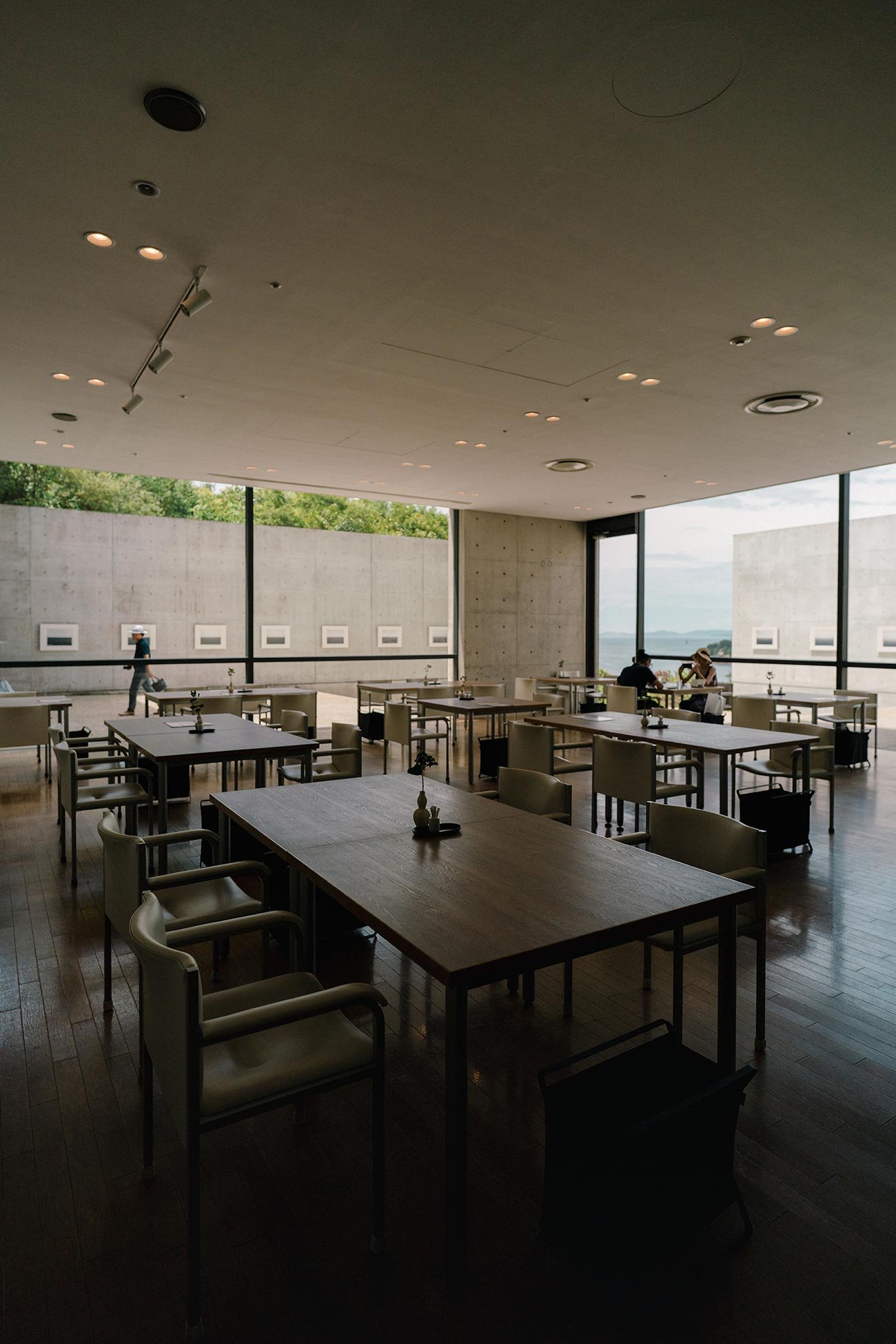

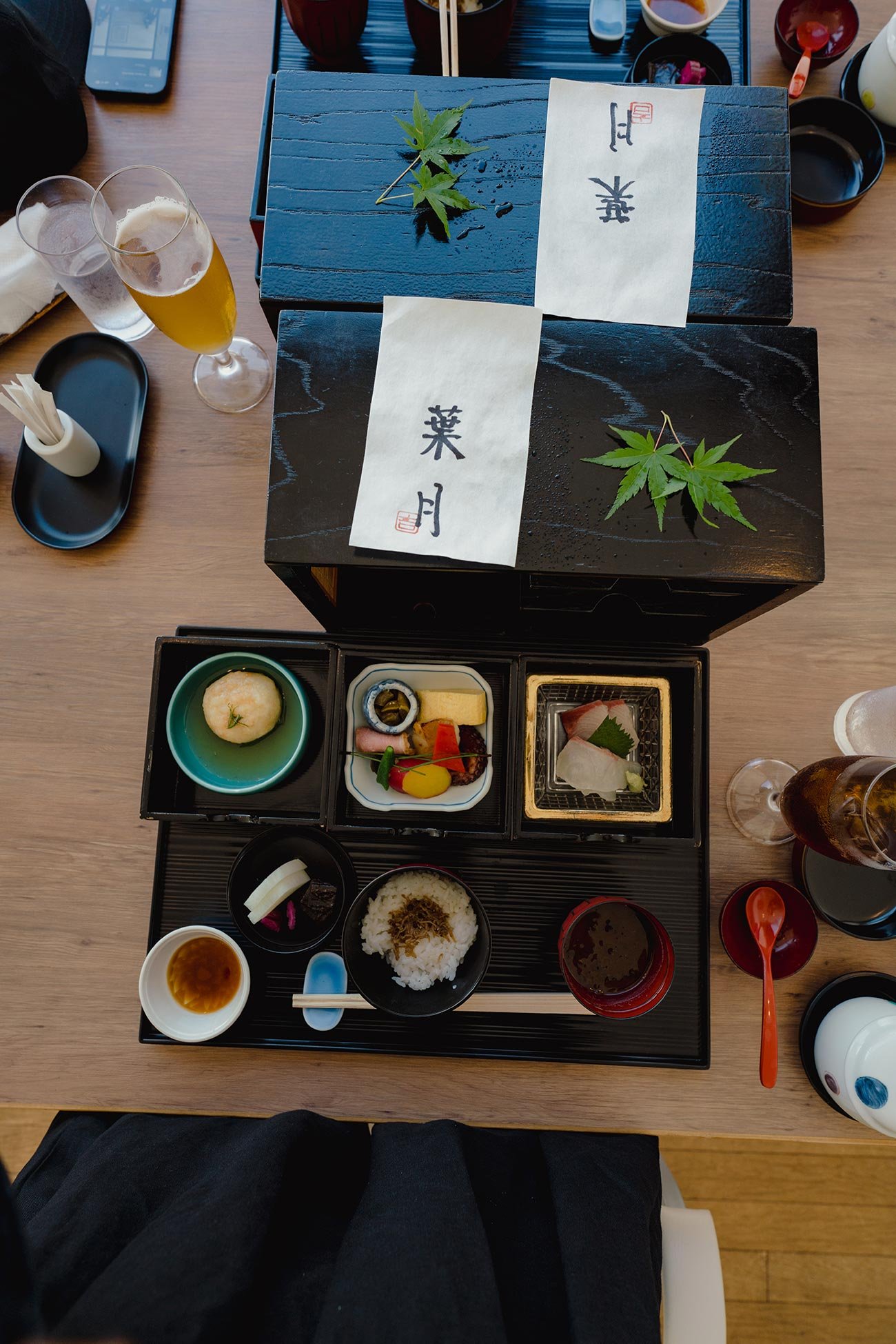
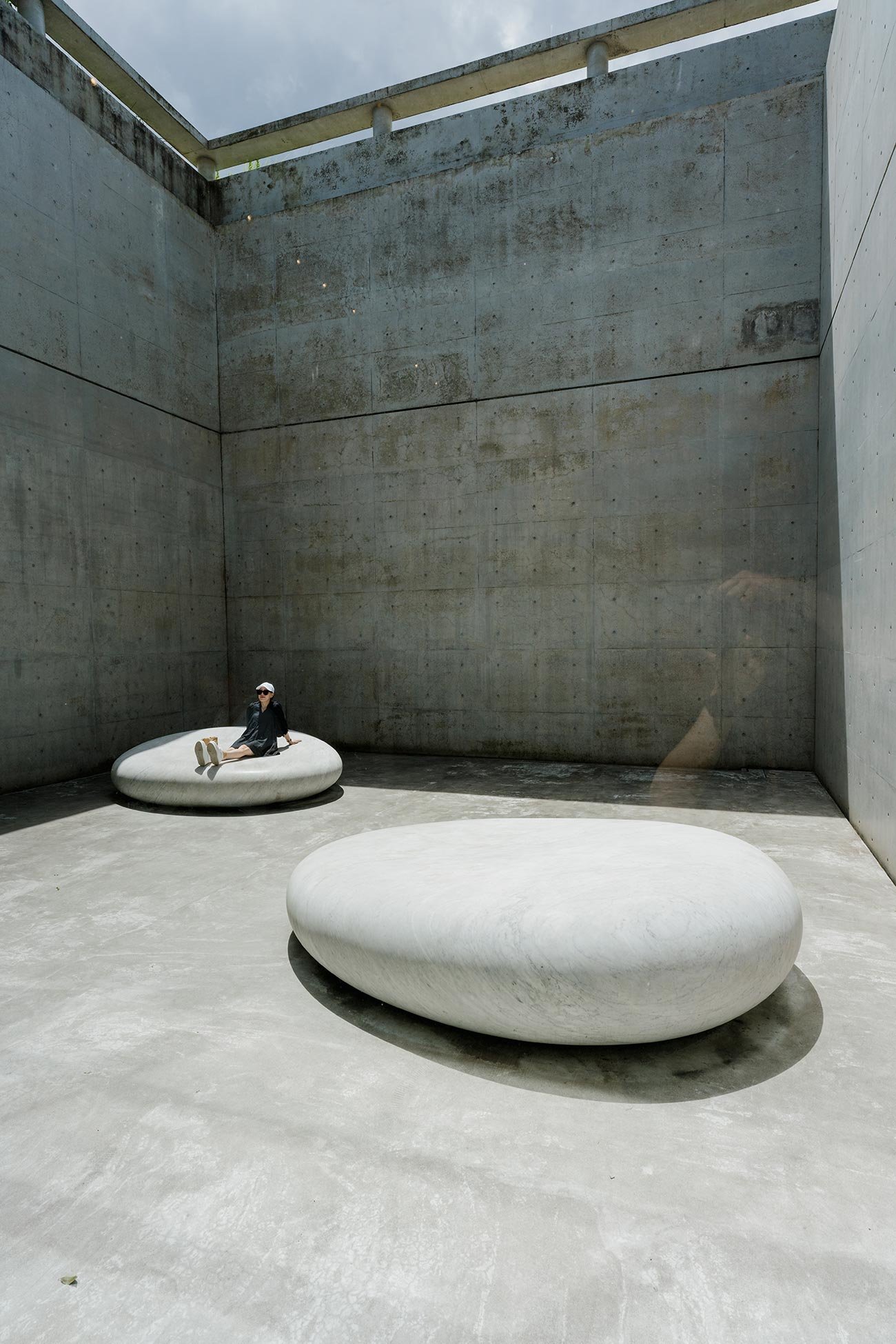
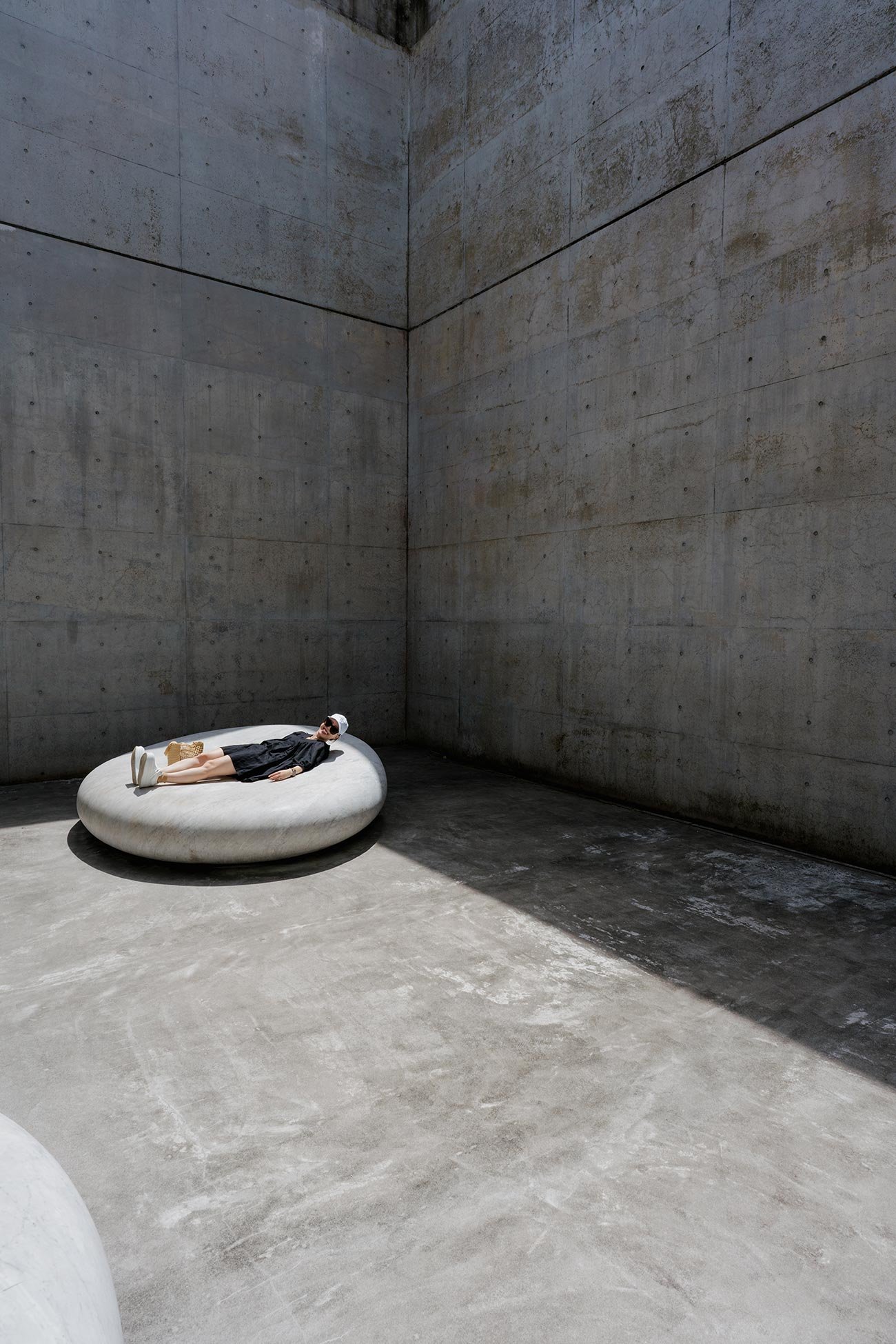
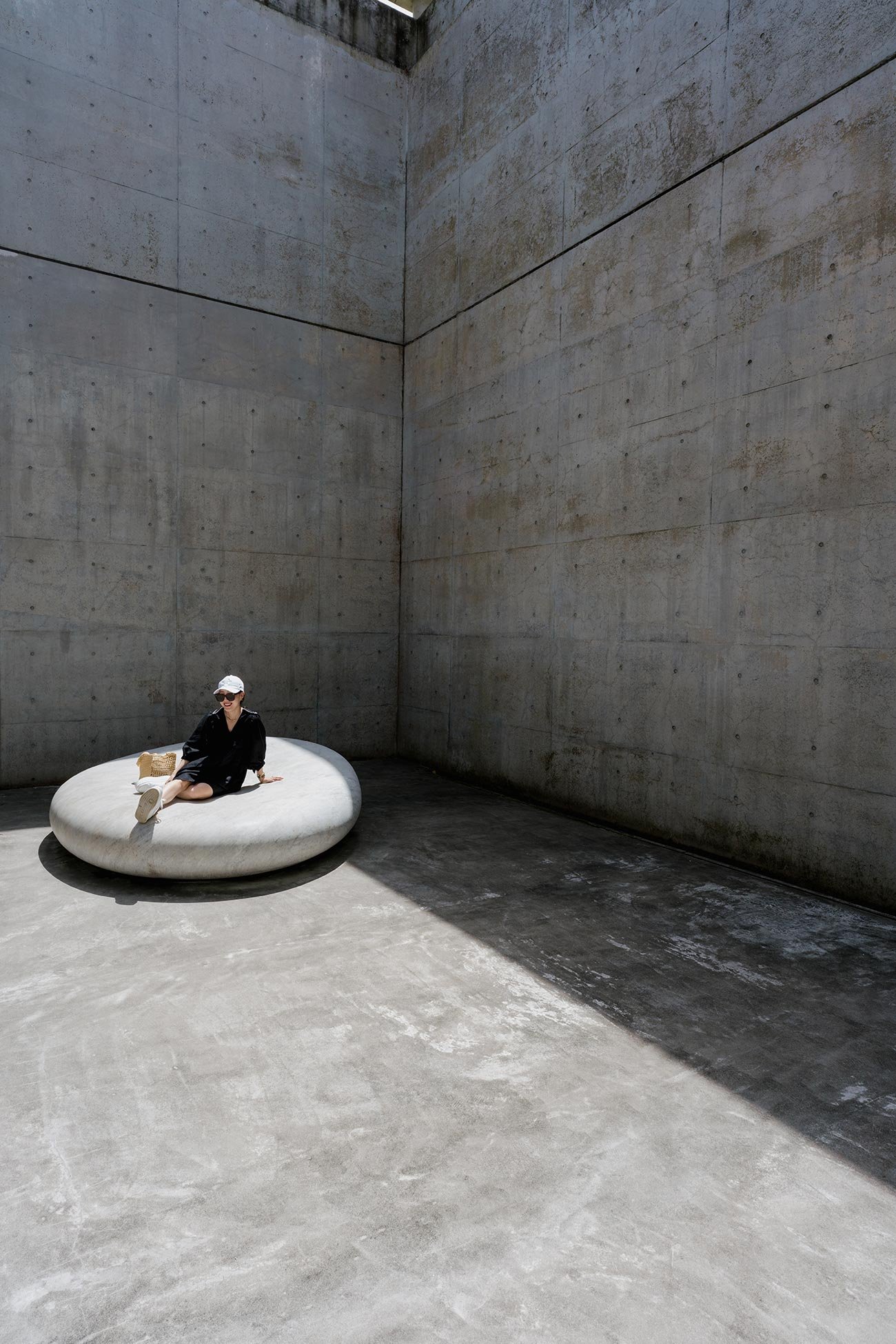
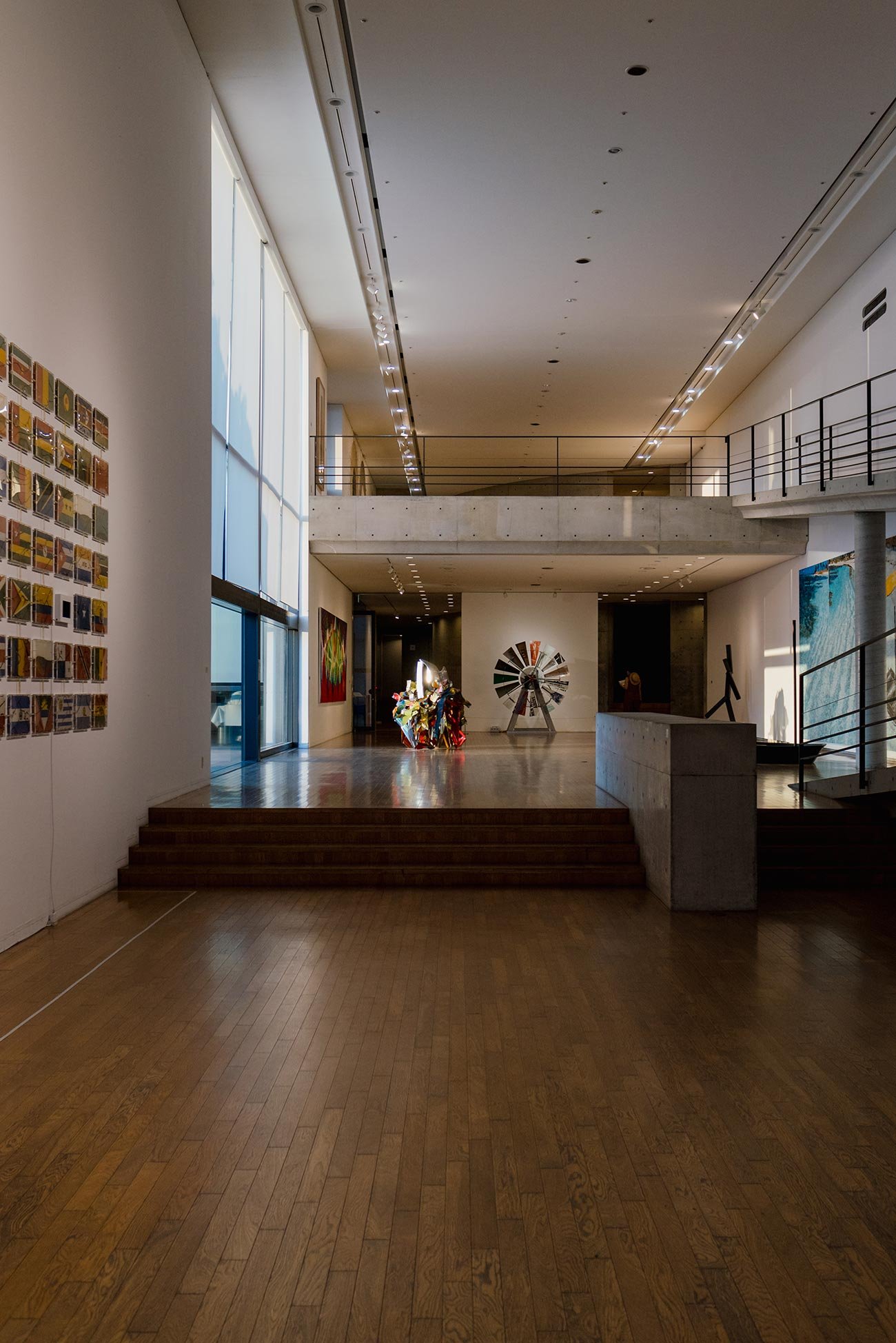
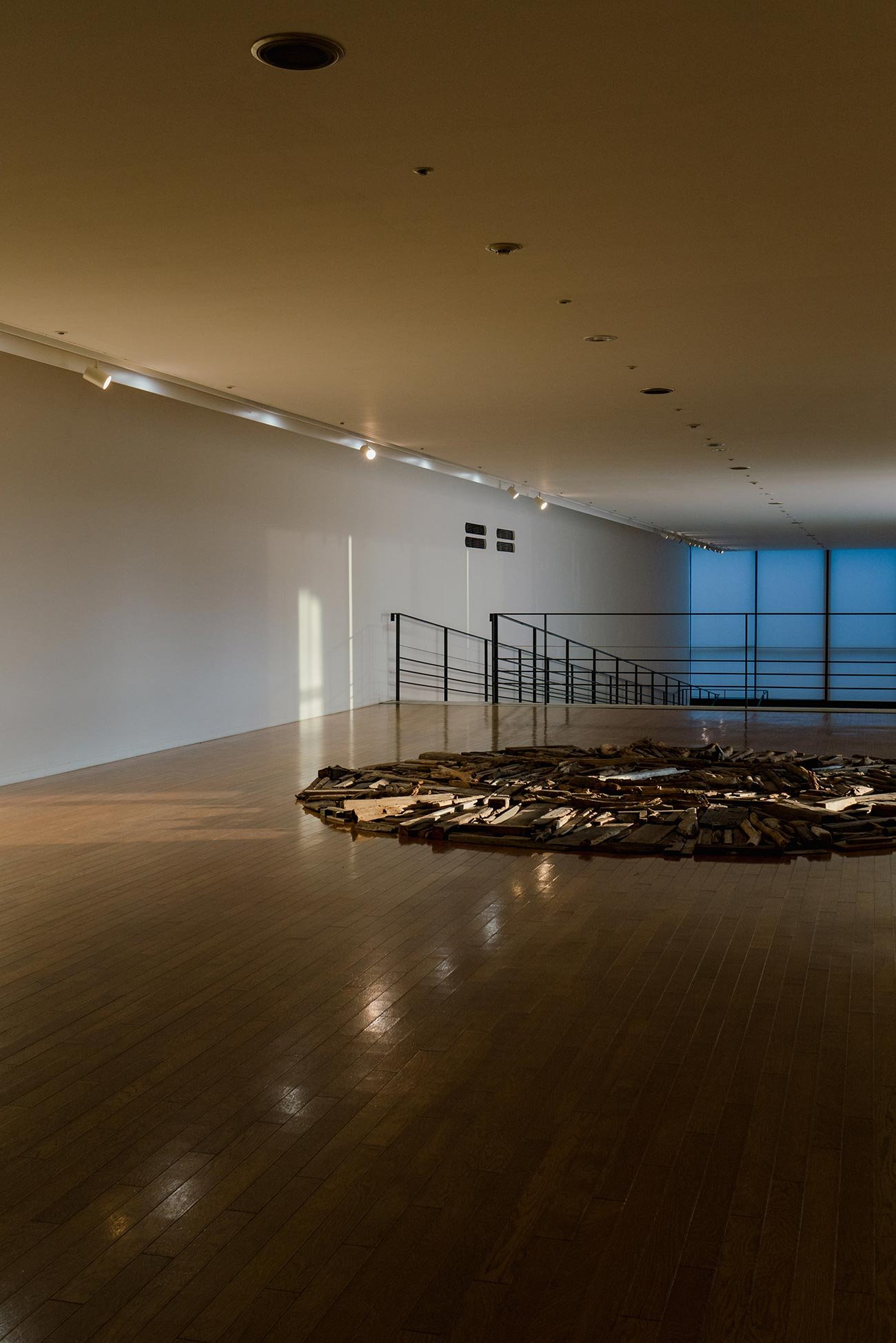
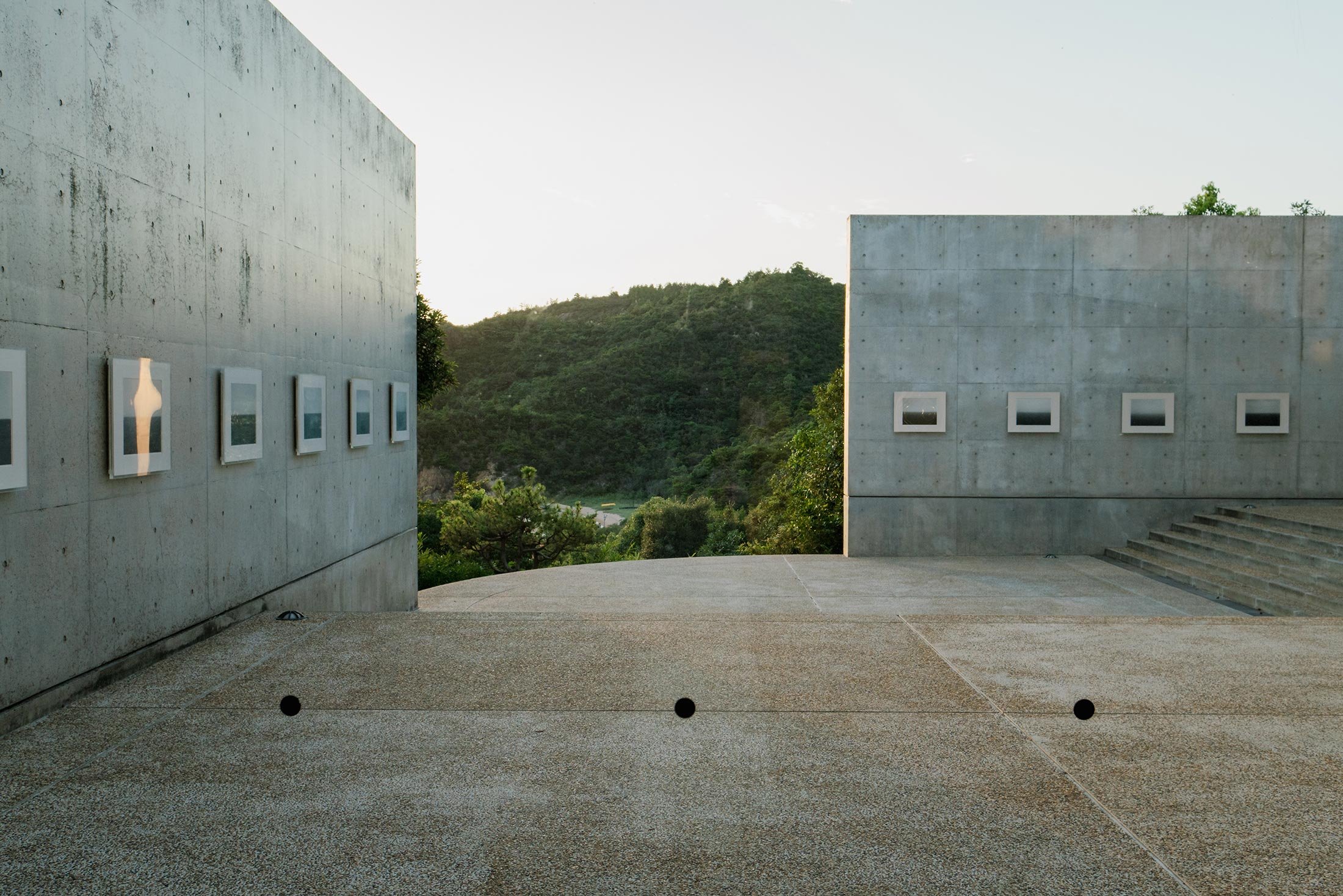
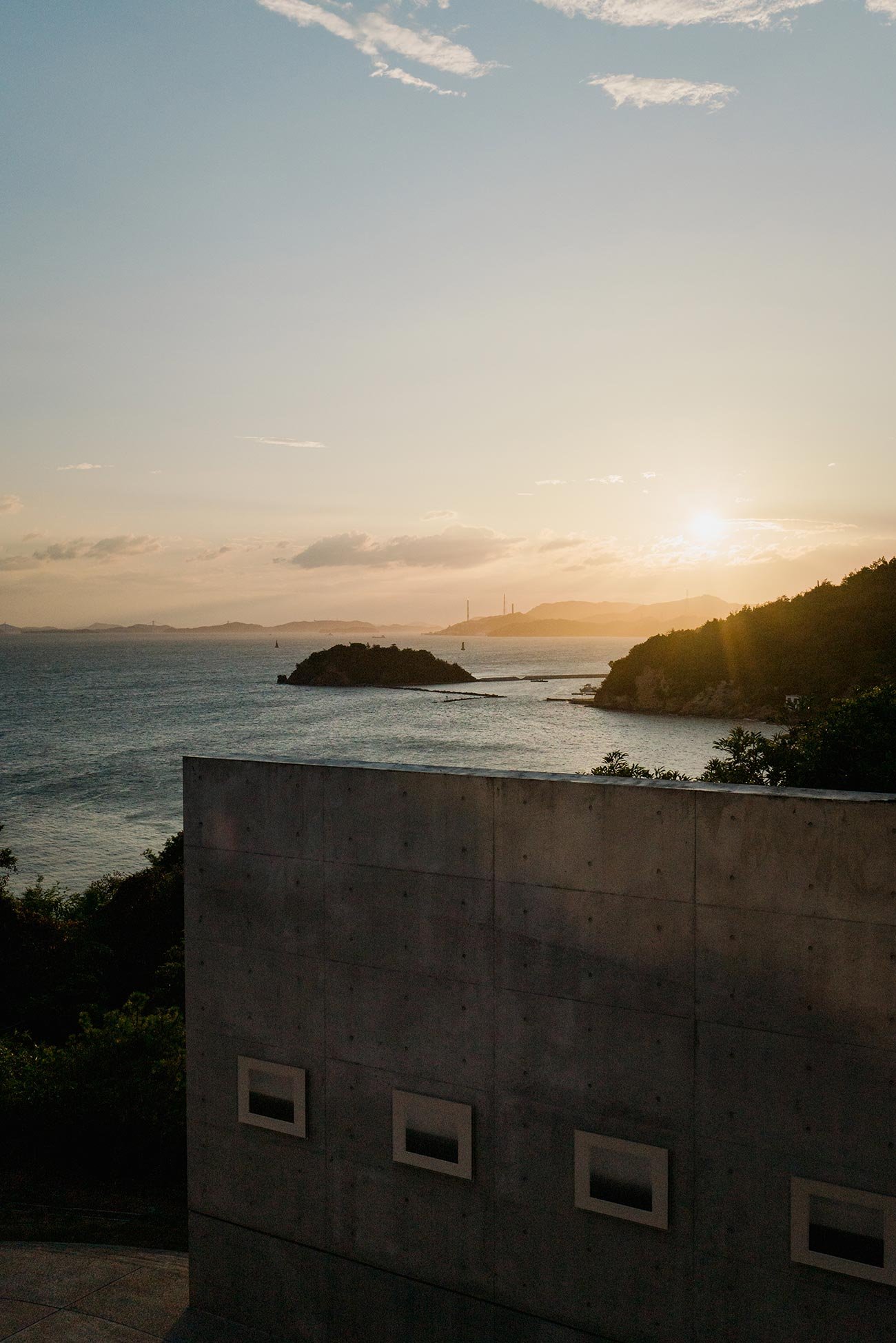
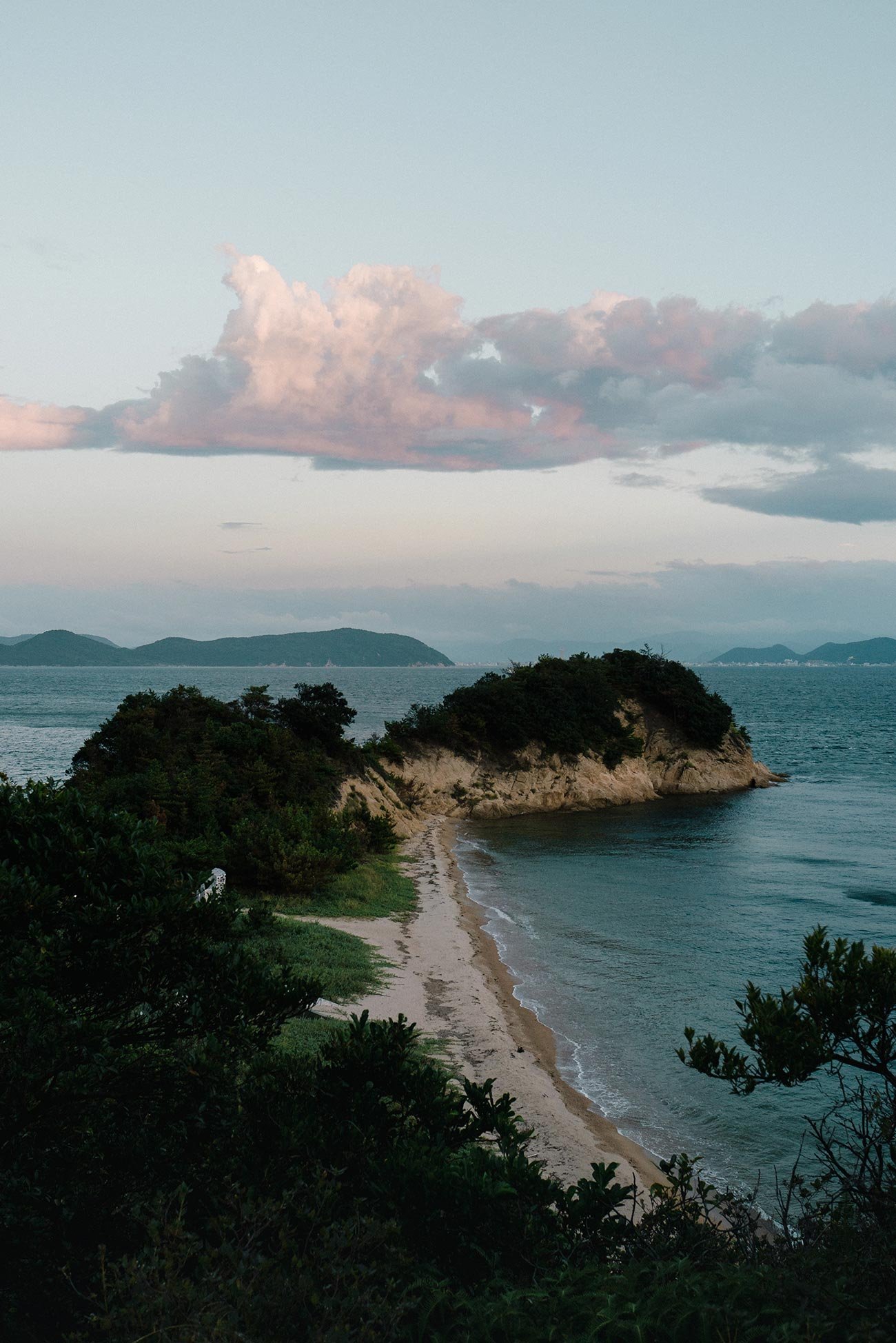
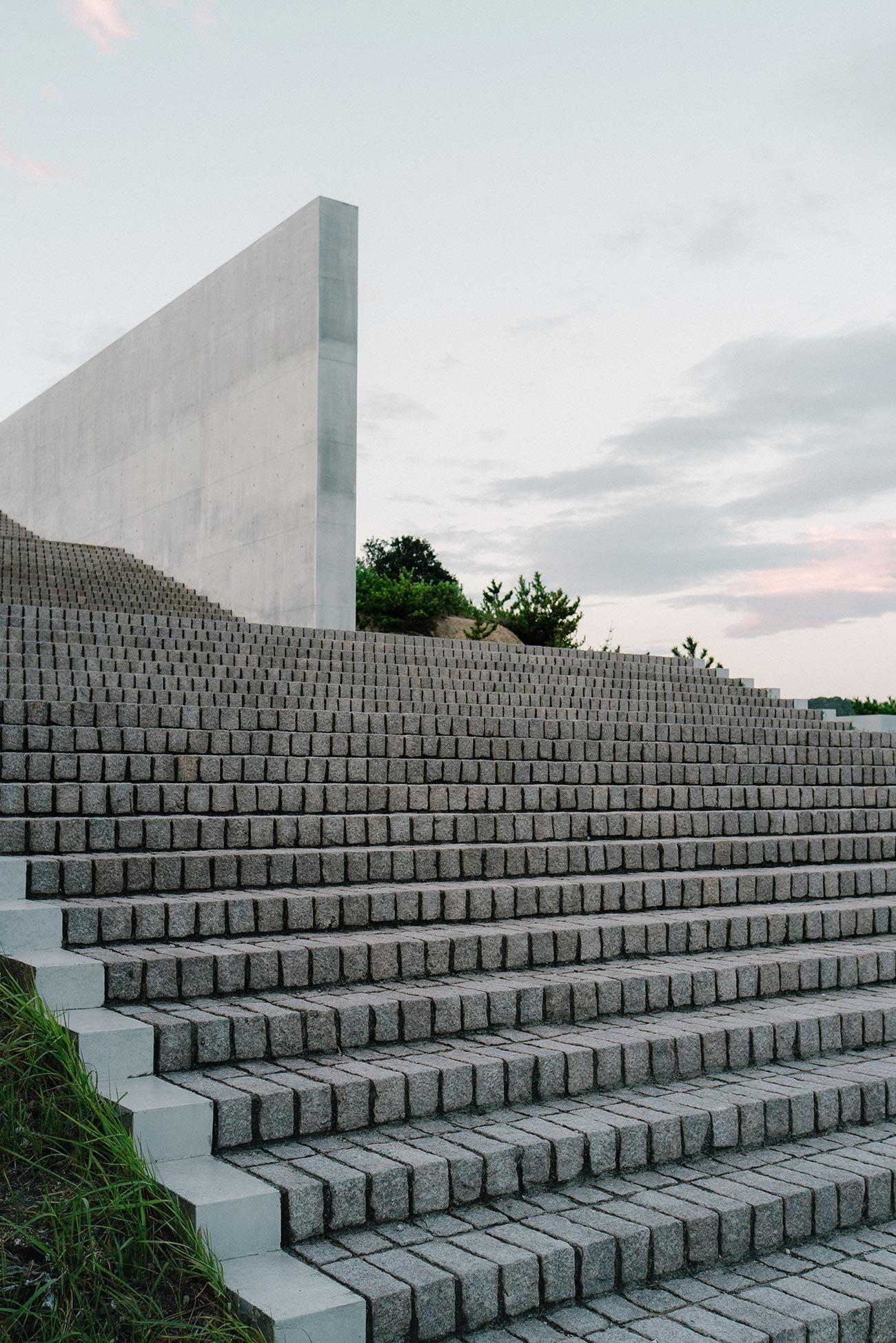
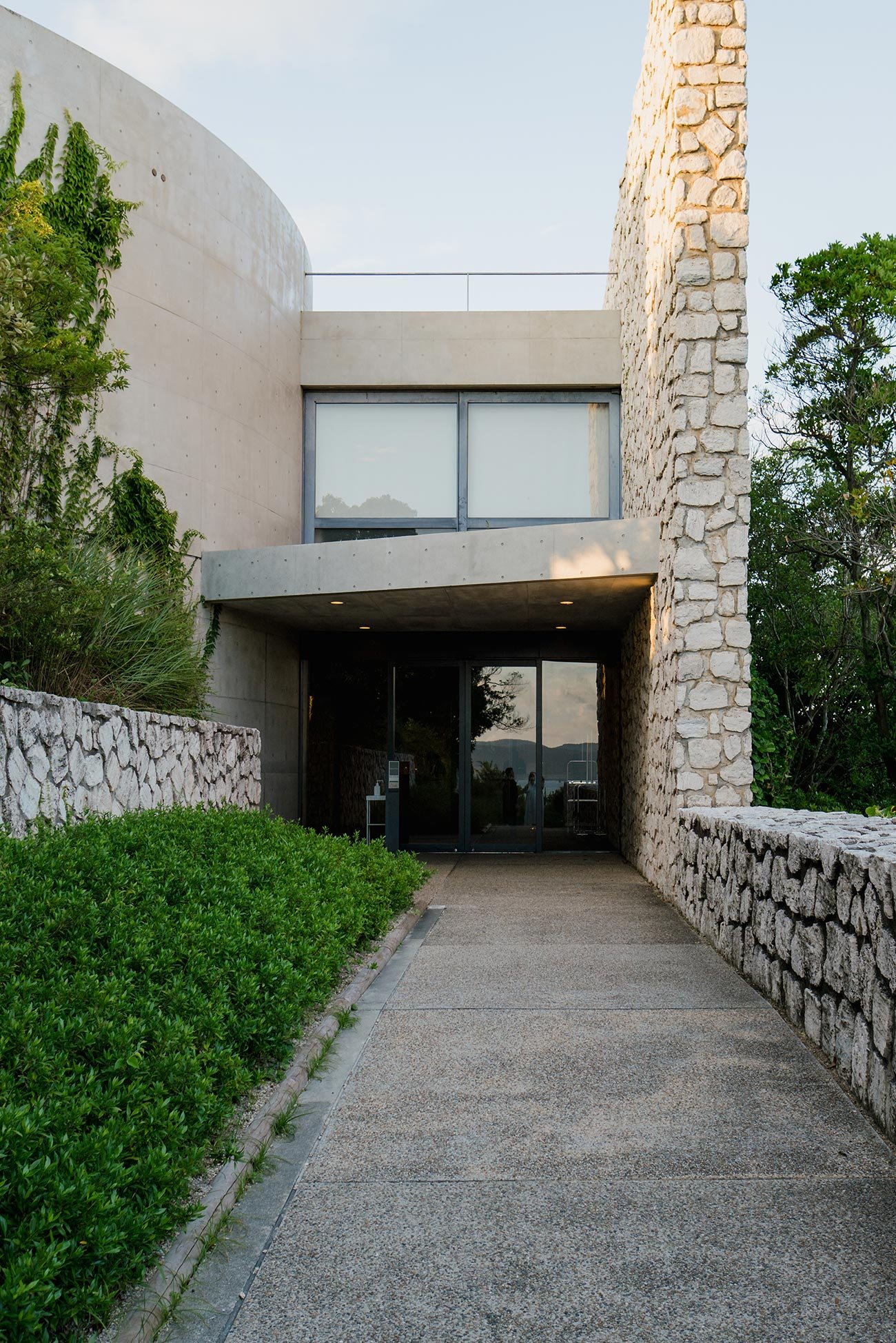
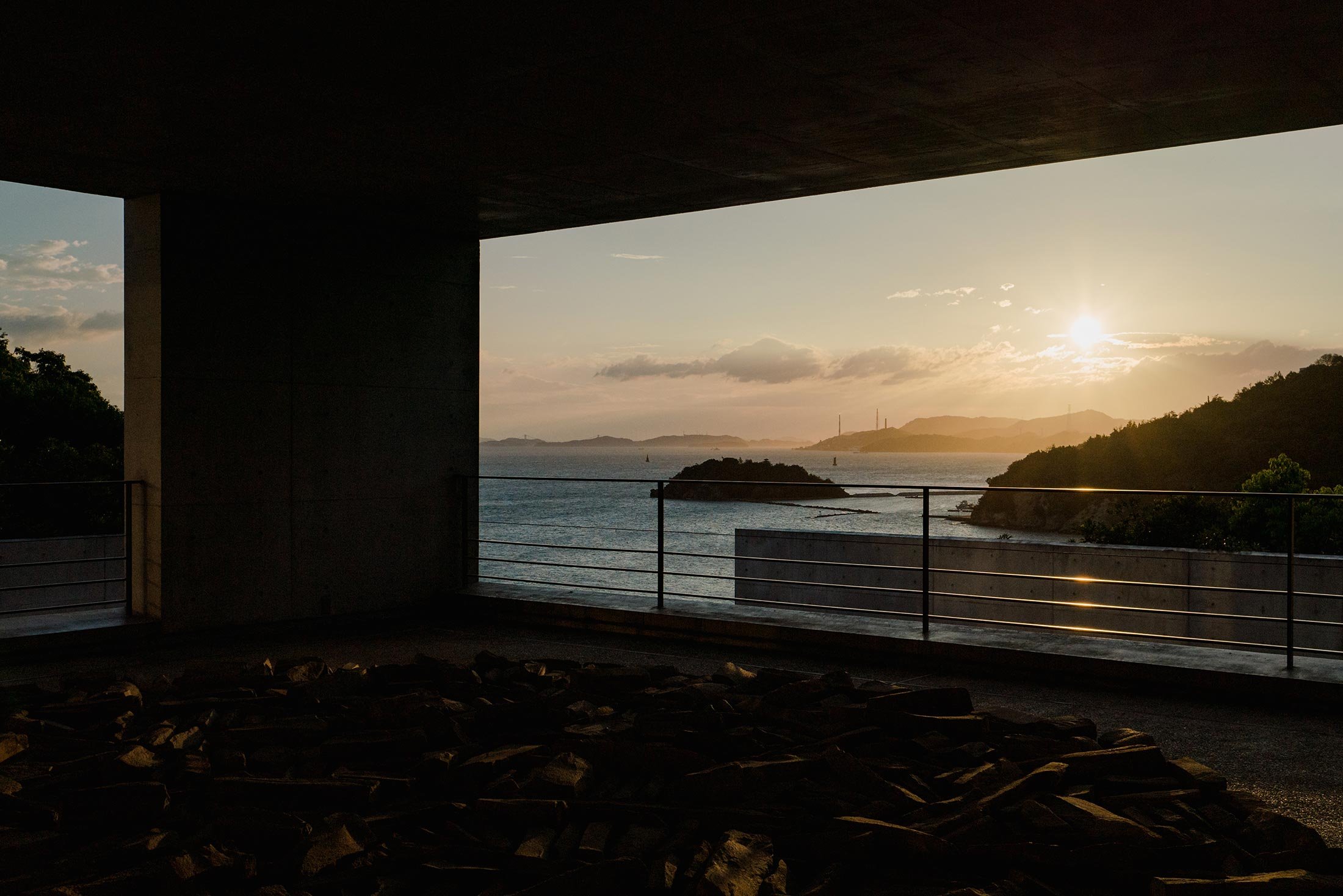
The Benesse House Museum features several galleries showcasing a diverse collection of contemporary art, including works by renowned artists like Yayoi Kusama, Lee Ufan, and Bruce Nauman. The museum's layout and design are integrated with the natural surroundings, providing a harmonious and immersive art experience. The complex also offers dining options, and we enjoyed a delicious bento box lunch surrounded by stunning landscapes and seascapes. Convenient complimentary shuttles are provided, facilitating easy transitions between different buildings.
Yellow Pumpkin
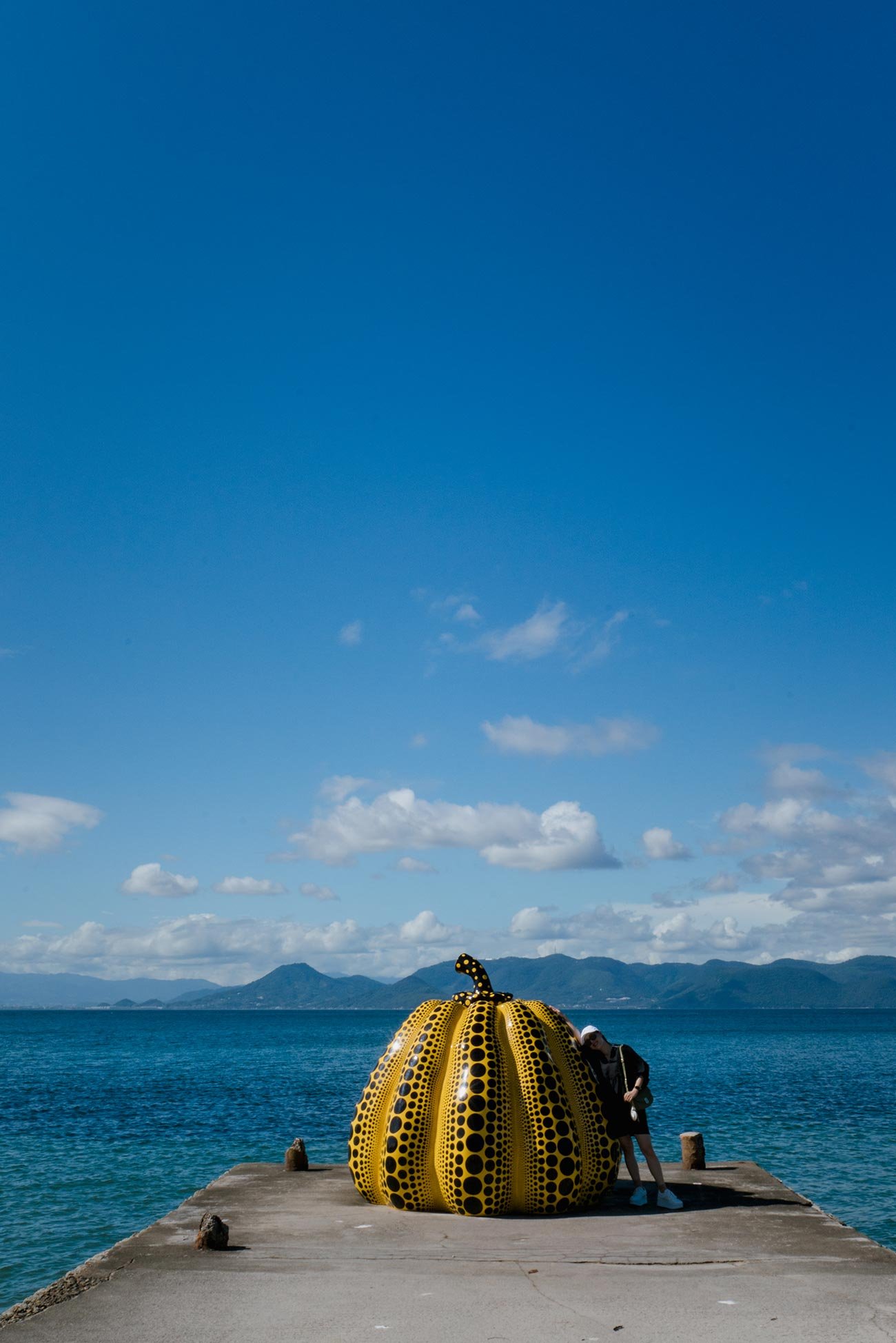
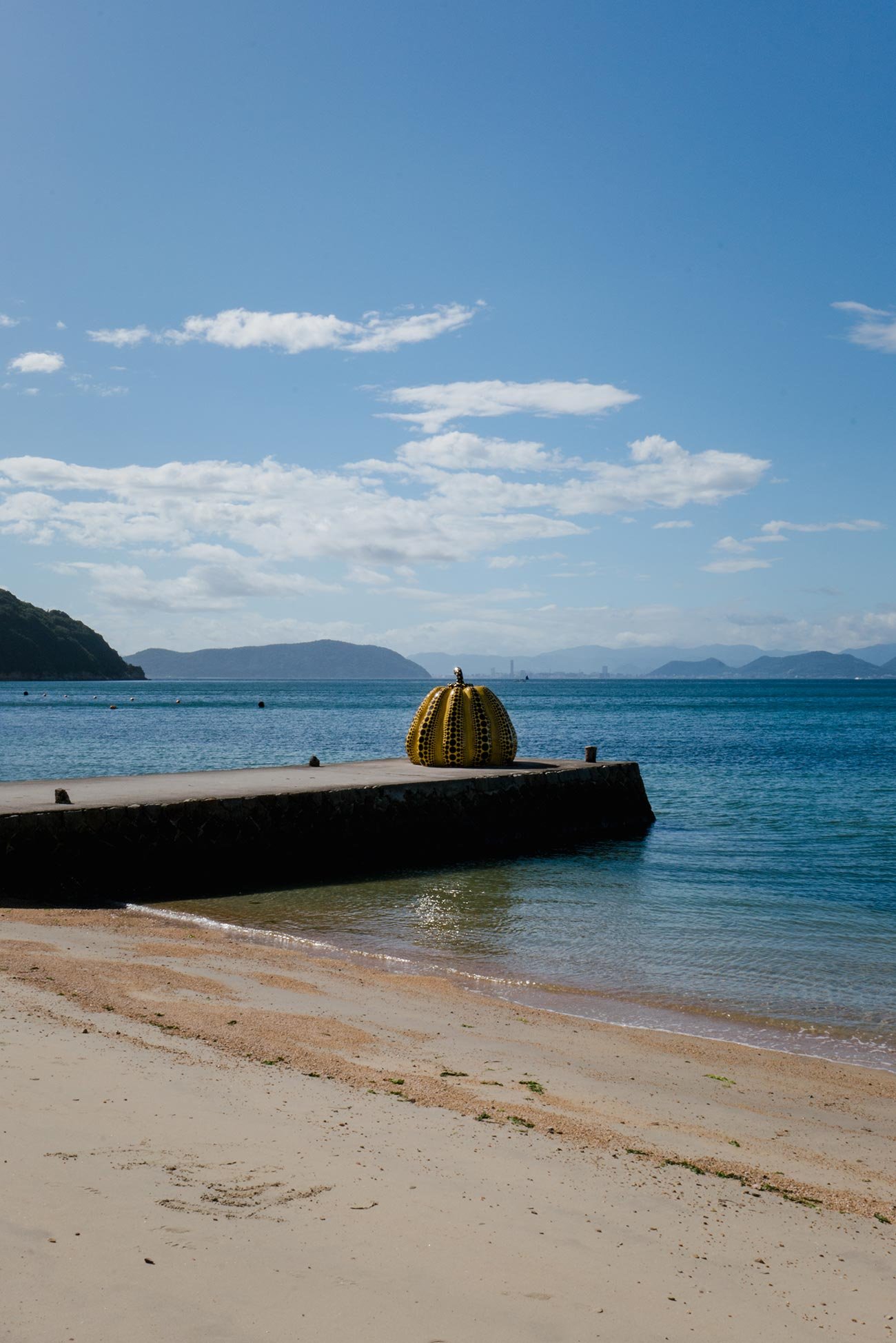
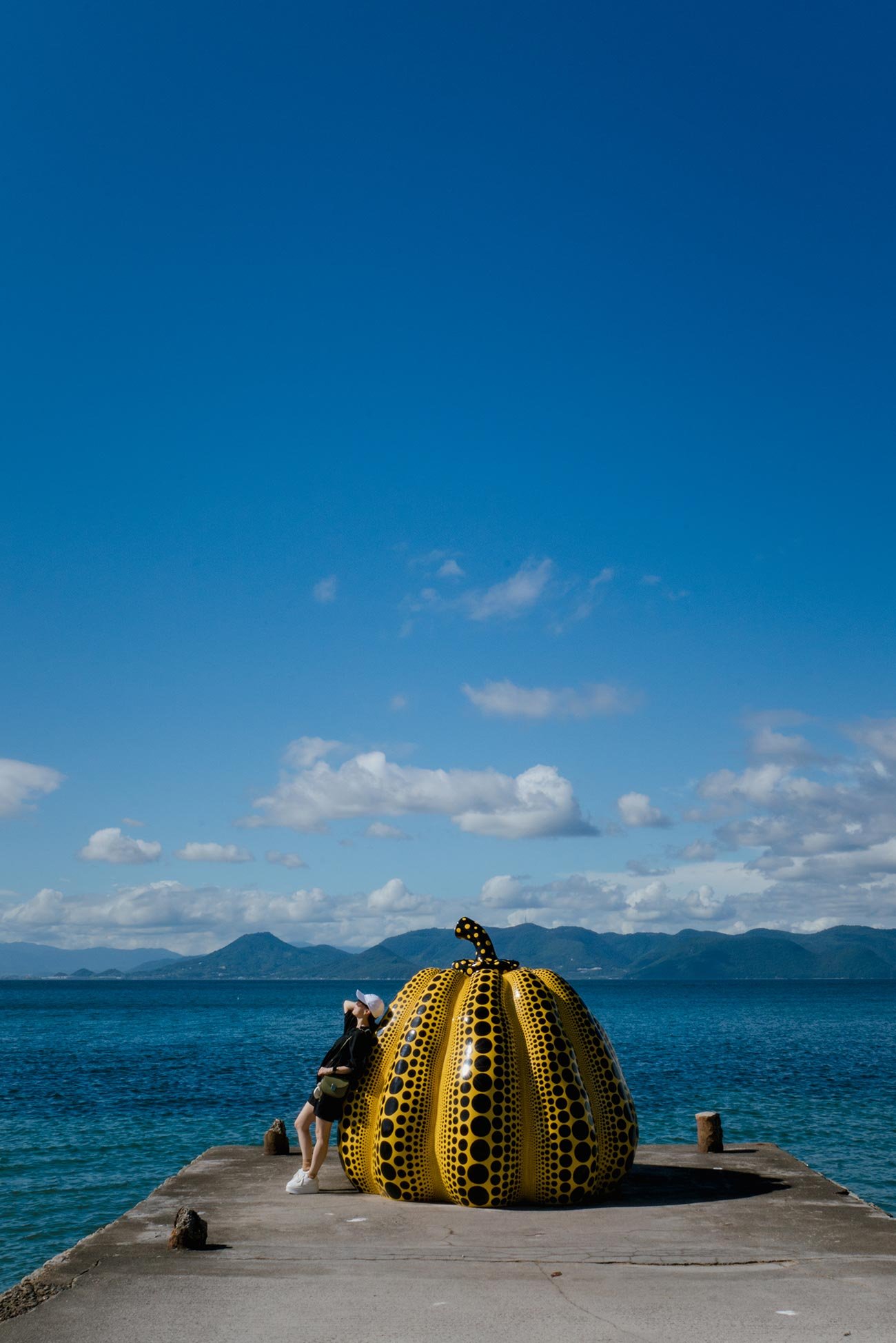
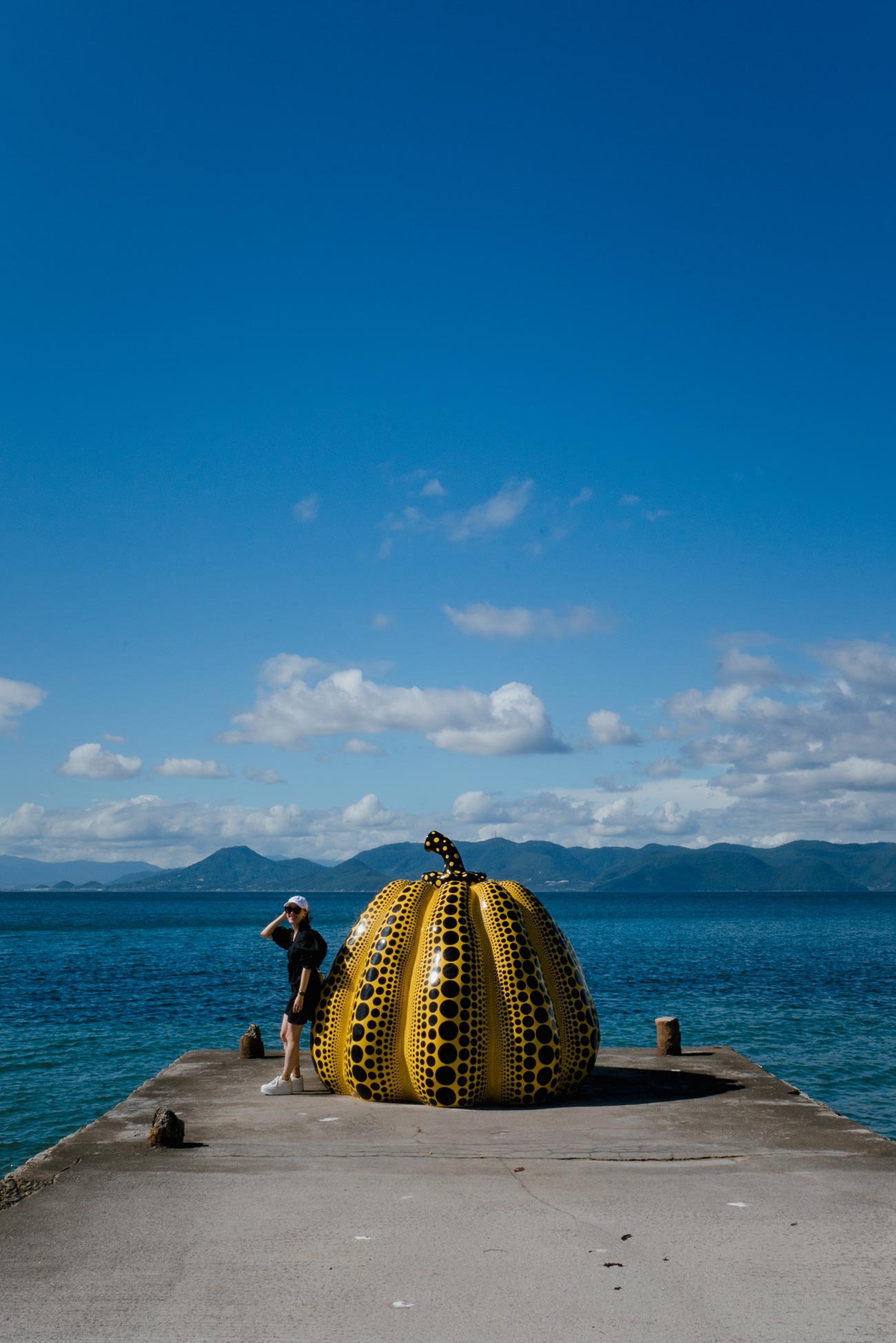
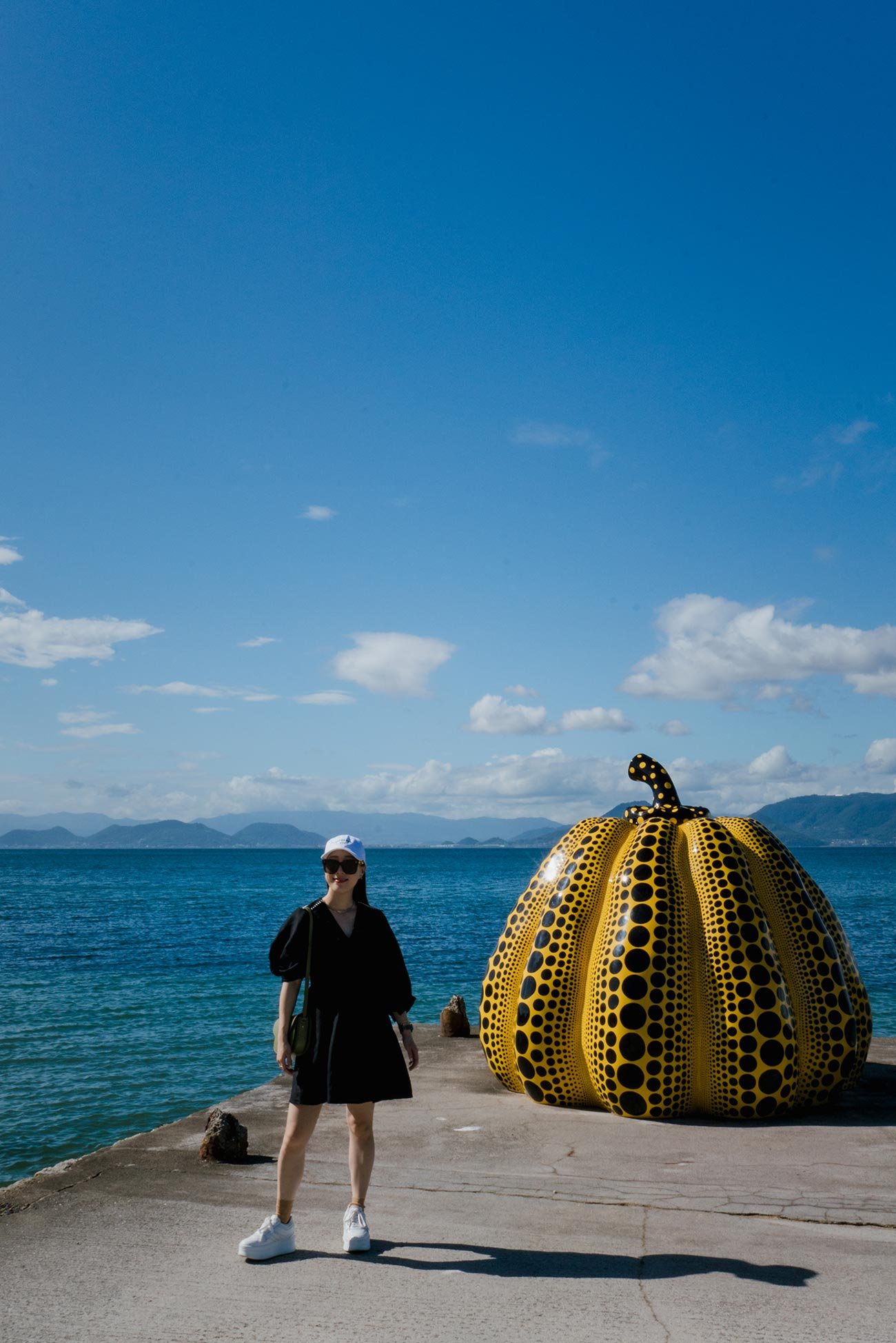
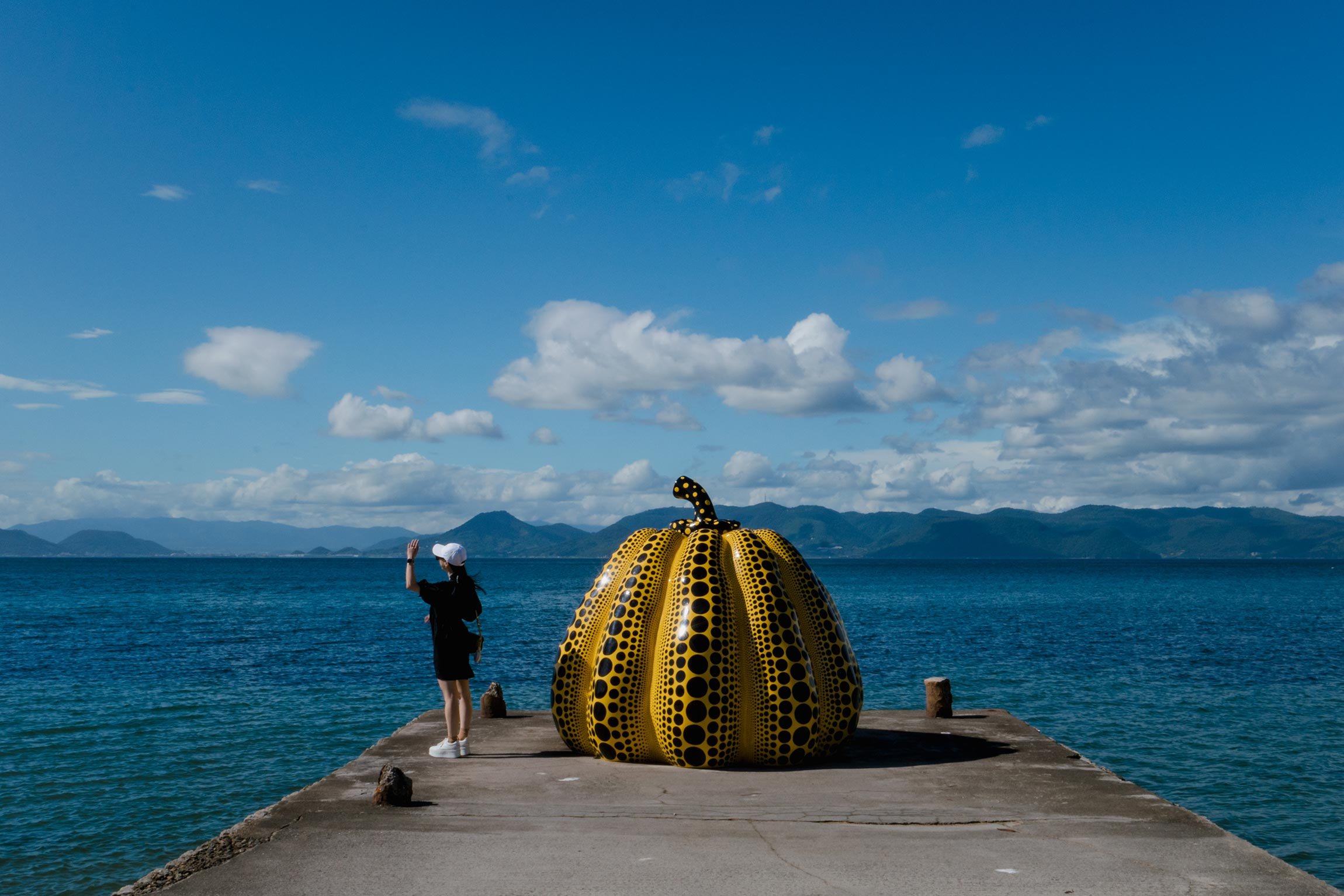
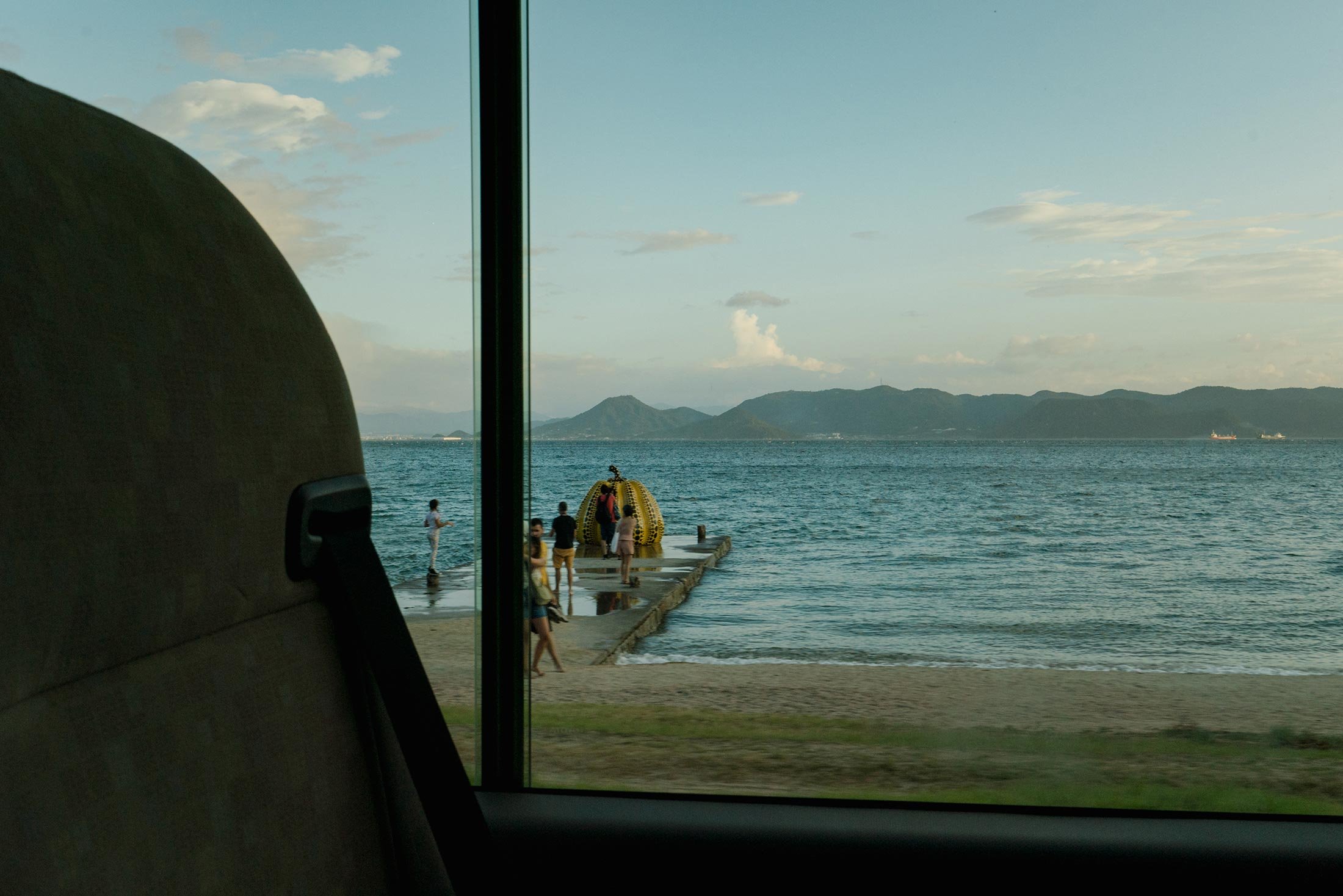
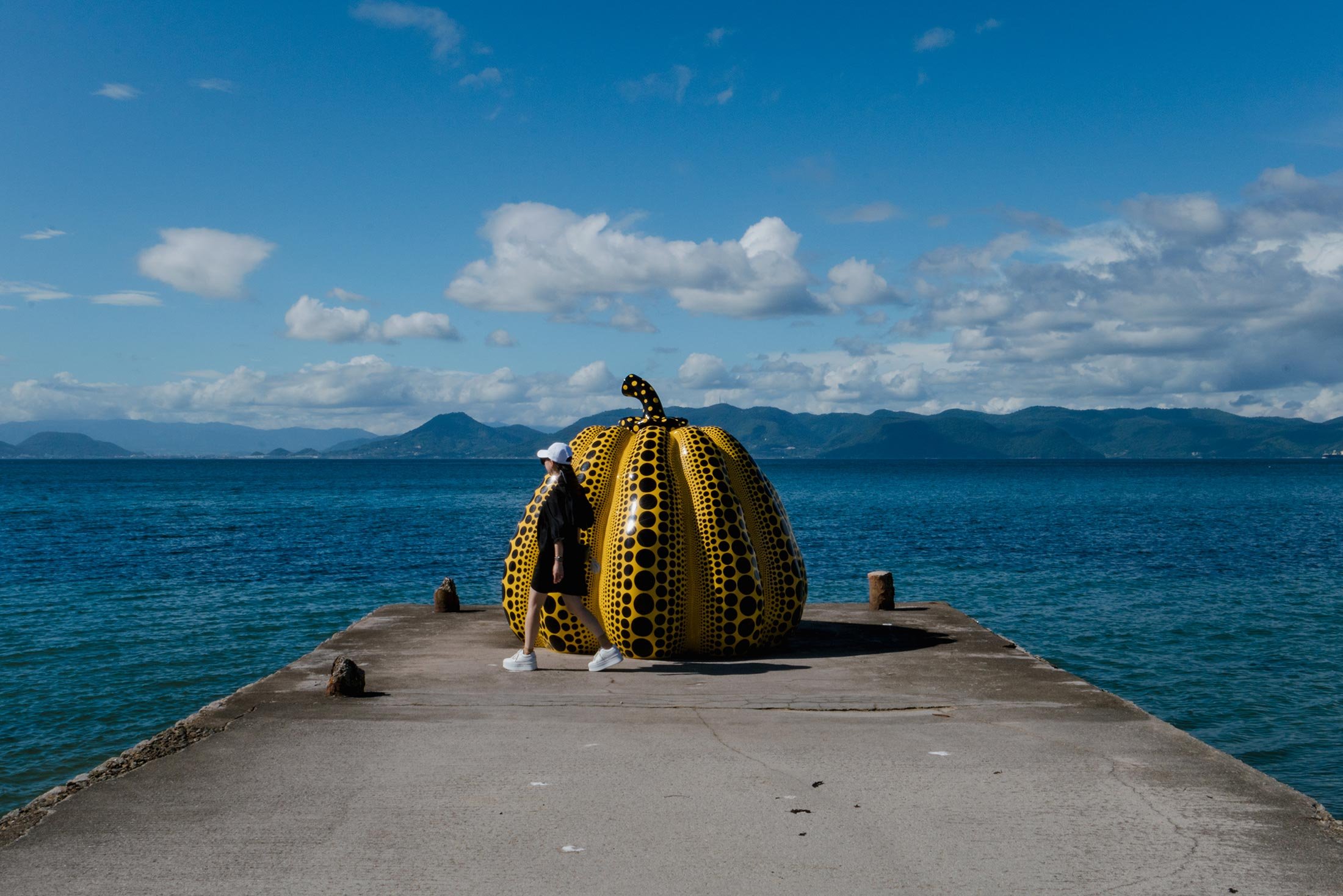
Yellow Pumpkin is the star of the island! An outdoor art installation created by renowned Japanese contemporary artist Yayoi Kusama, this striking sculpture is one of the most iconic and recognizable symbols of Naoshima. The sculpture is strategically placed on the waterfront near Miyanoura Port. Its location allows it to interact with the surrounding natural beauty of the island, including the sea and the landscape. During our stay at Benesse House, we found that the Yellow Pumpkin was conveniently within walking distance, and we passed by it several times. It was fun to observe people engaging with the sculpture. However, we decided to pay it a visit around 9am the next day, and to our delight, there was no queue for taking pictures with it!
Yayoi Kusama's pumpkin sculptures often carry a sense of whimsy and playfulness, and they are associated with themes of fertility, positivity, and a connection to nature. The repetition of polka dots, a hallmark of Kusama's work, adds to the sense of infinity and the idea that the pumpkin's influence and positivity extend infinitely.
Fun fact: in 2021, the sculpture was washed into the sea by a typhoon and broke into three pieces. However, it was replaced in 2022 with the new version featuring a 10% thicker outer shell to withstand strong waves and winds in the future. This upgrade ensures the sculpture's continued presence and appeal to visitors.
Chichu Art Museum
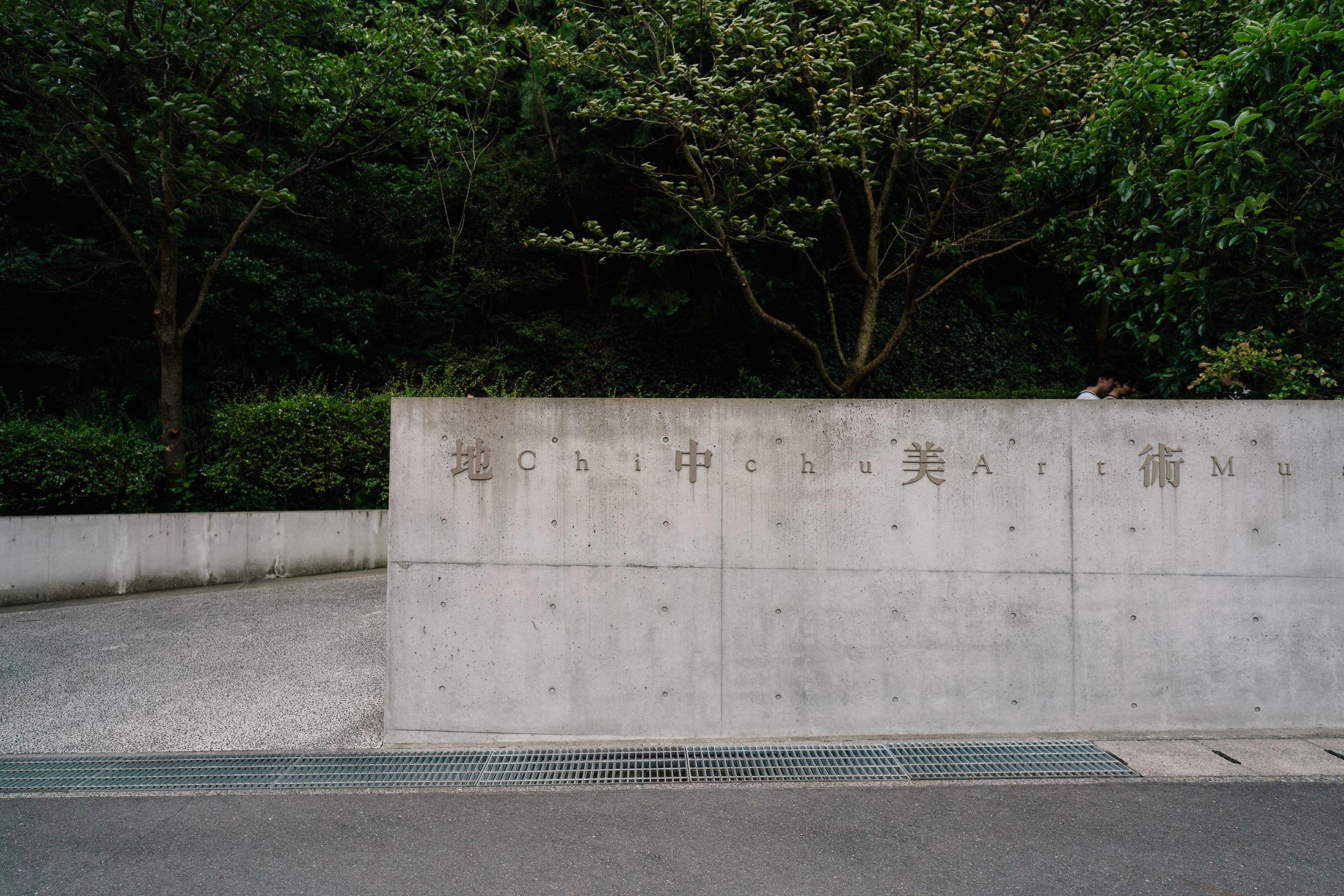
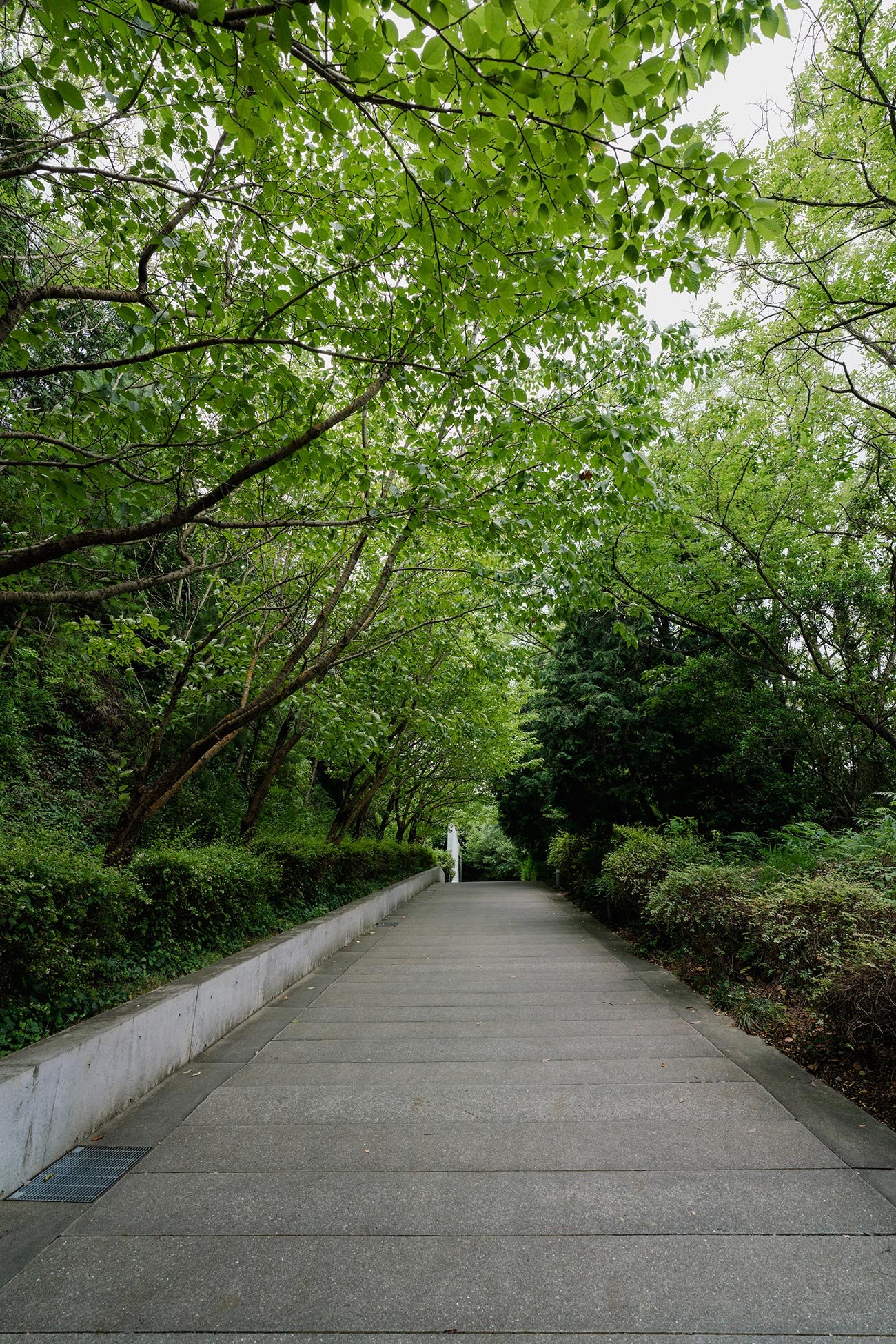
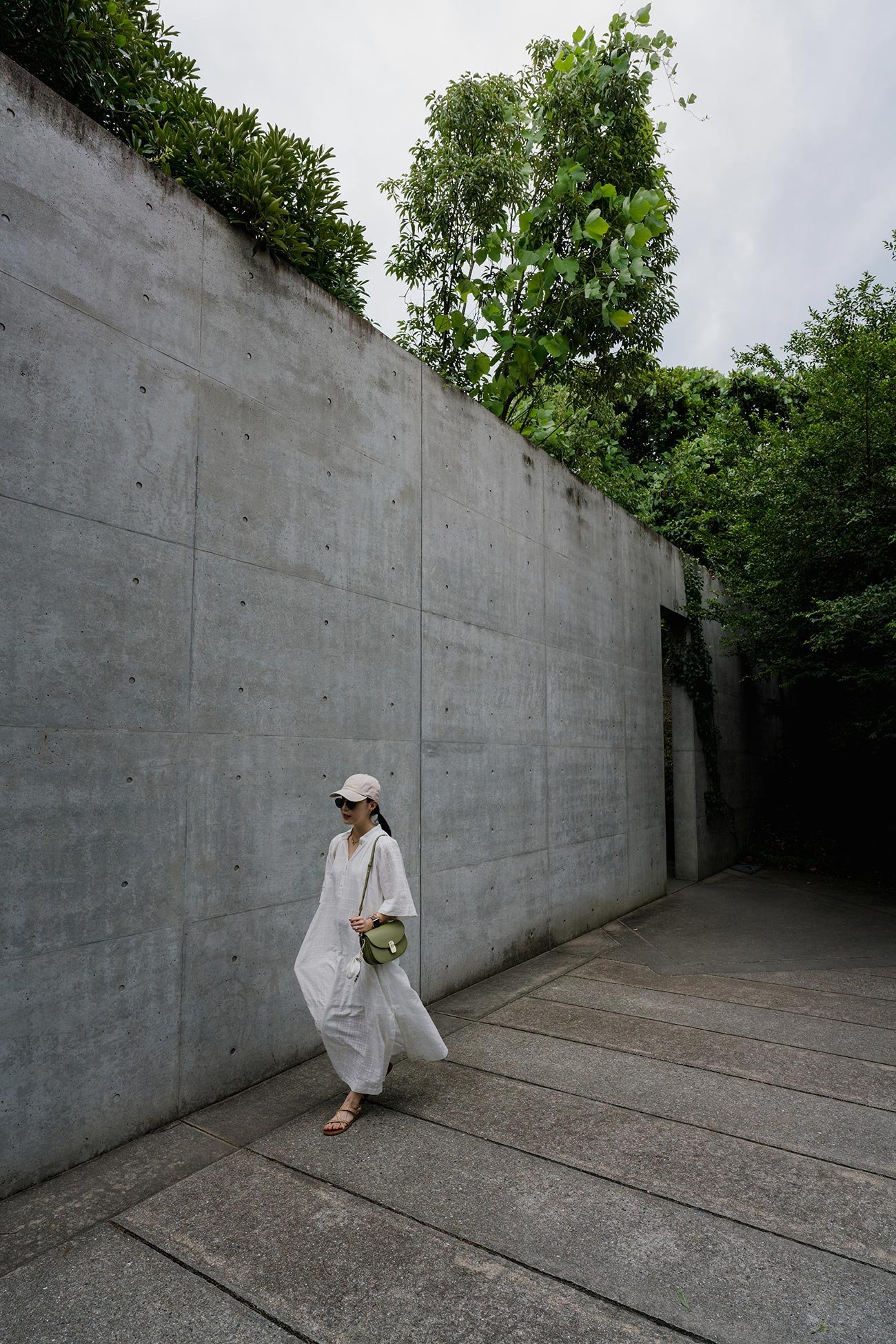
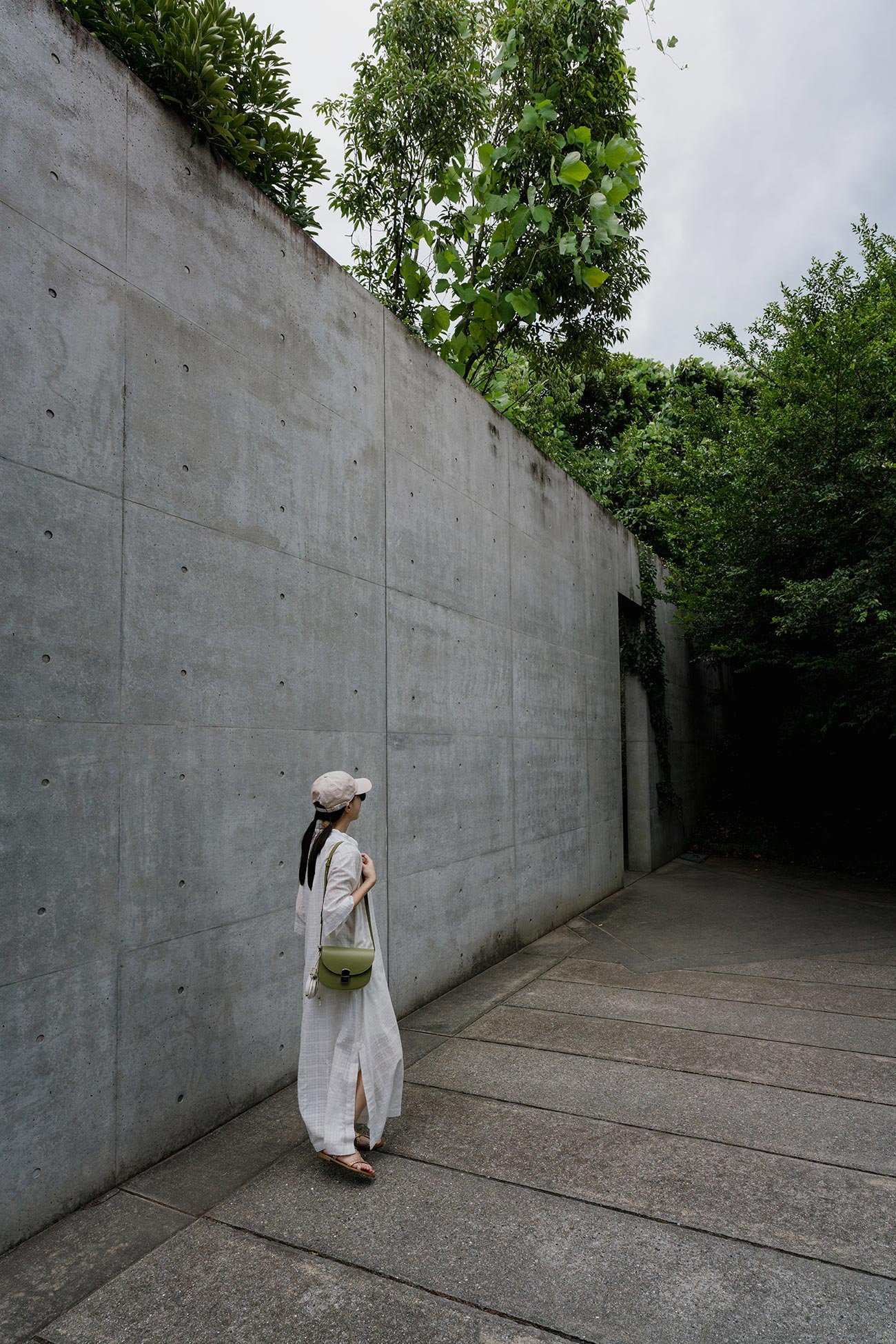
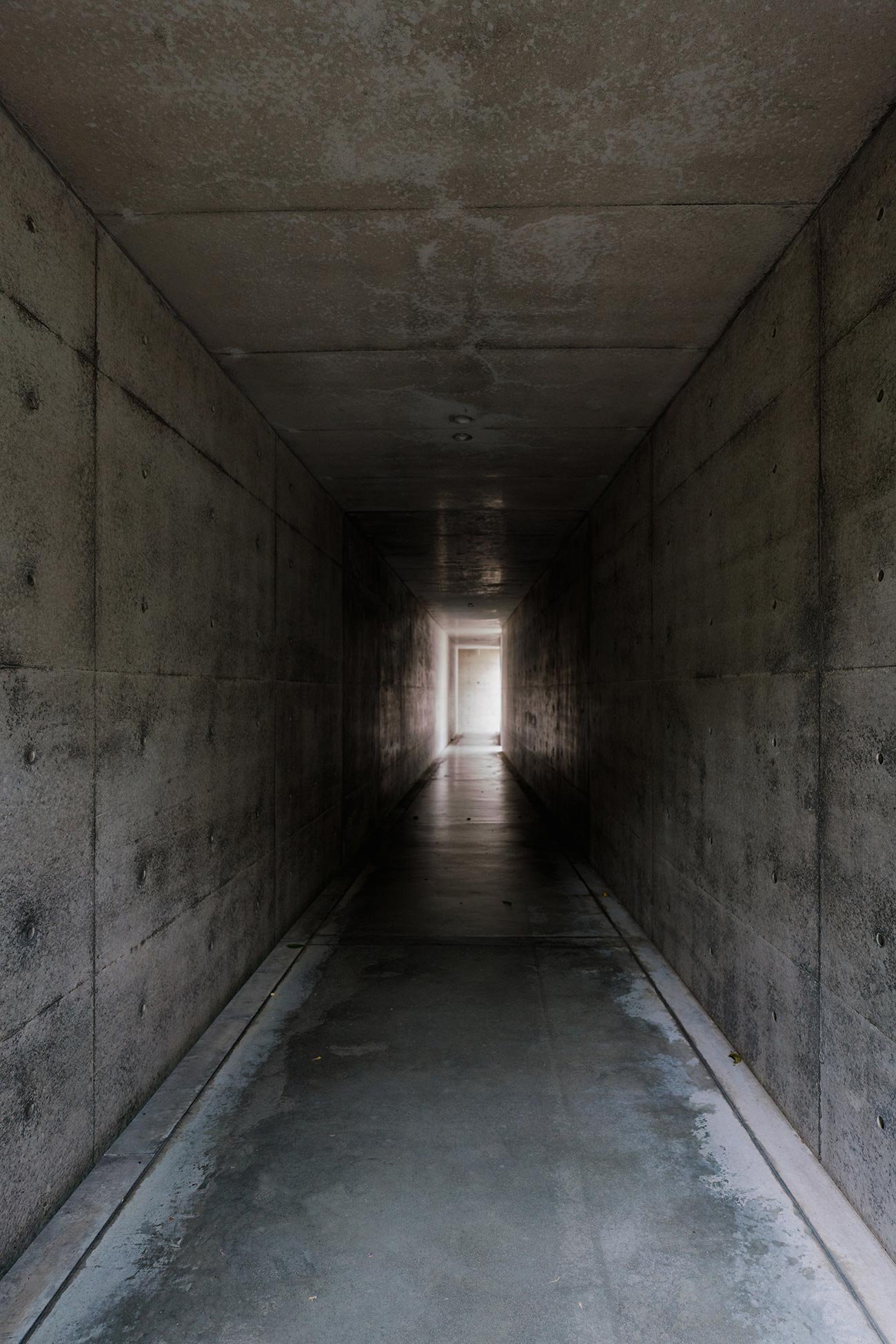
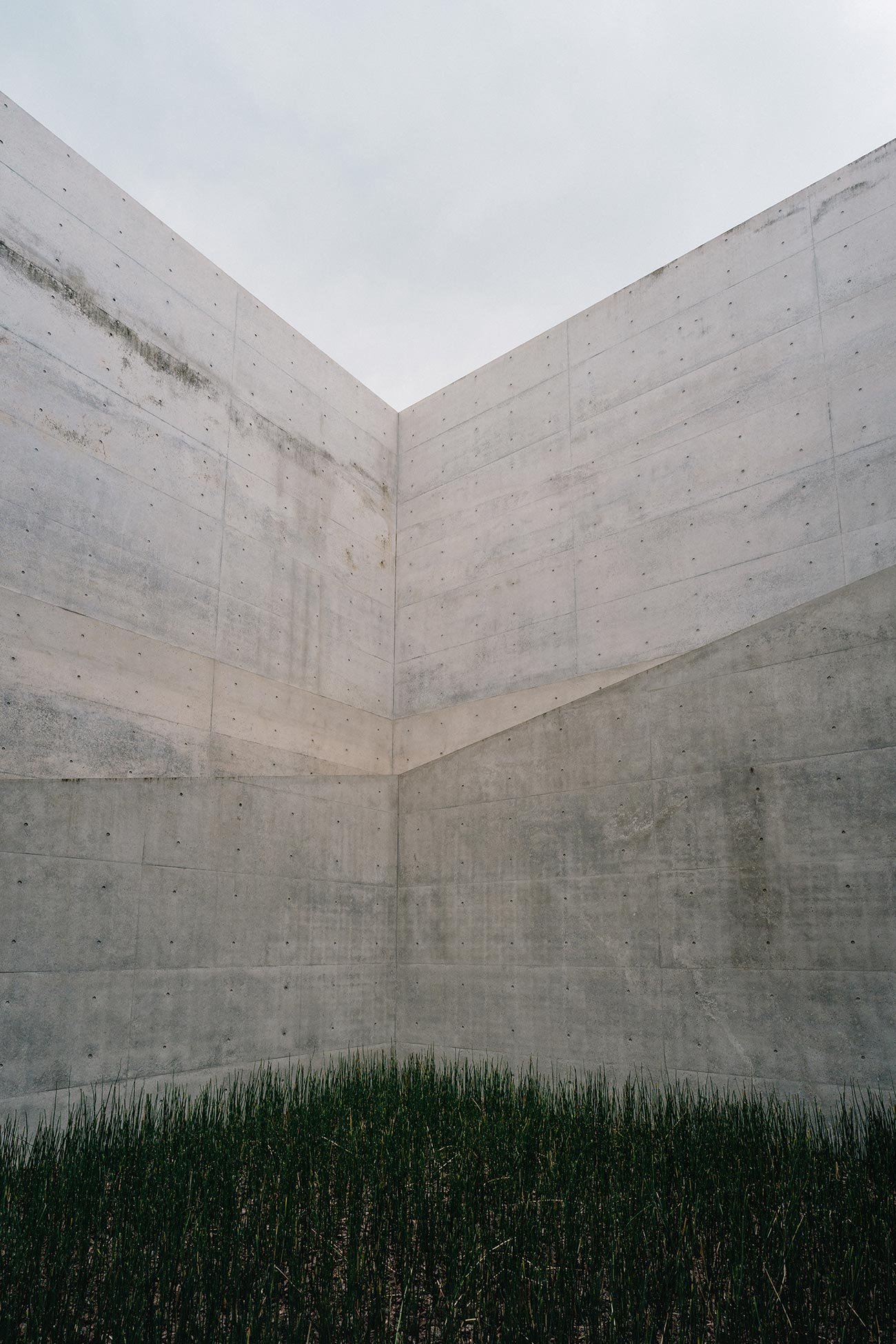
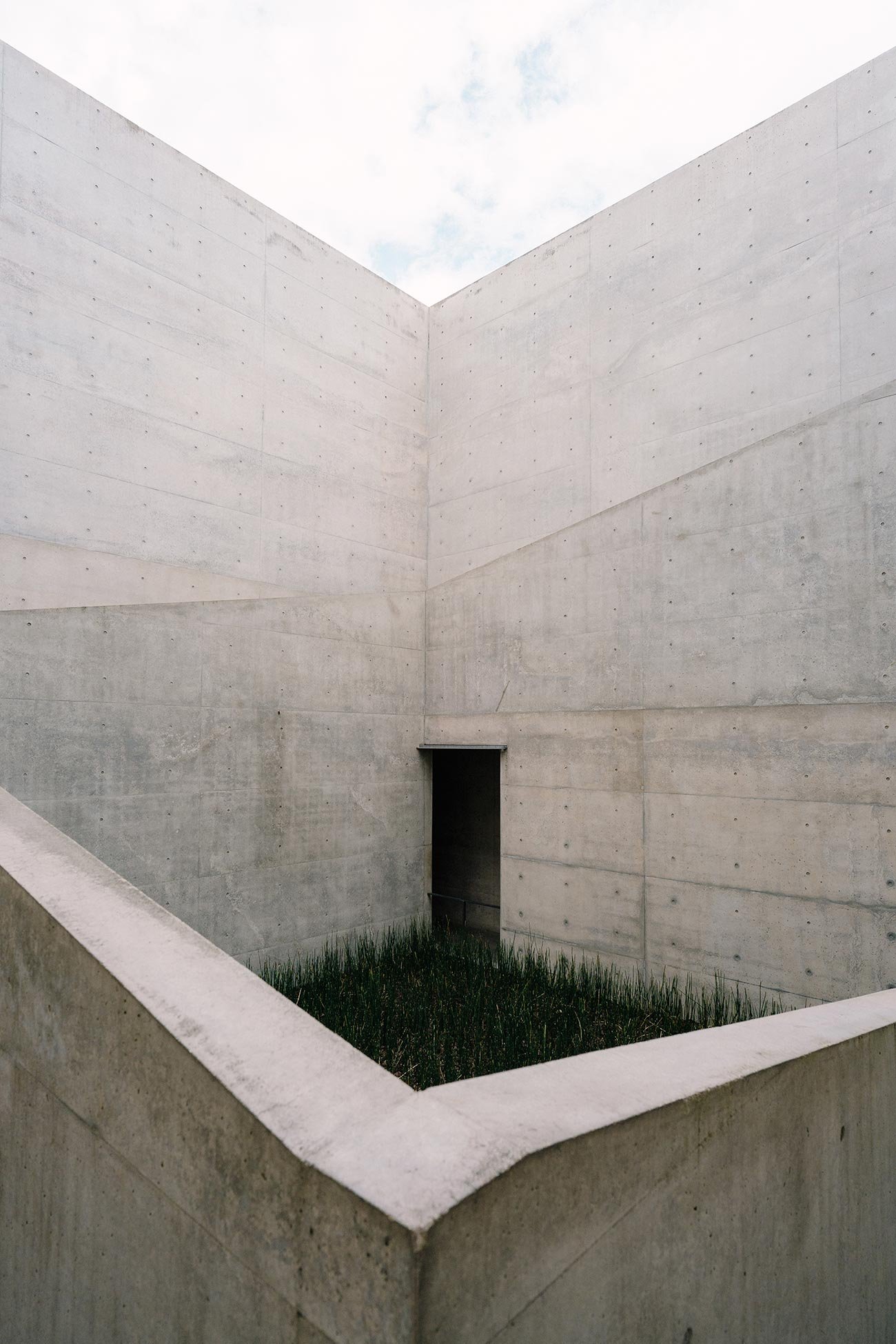
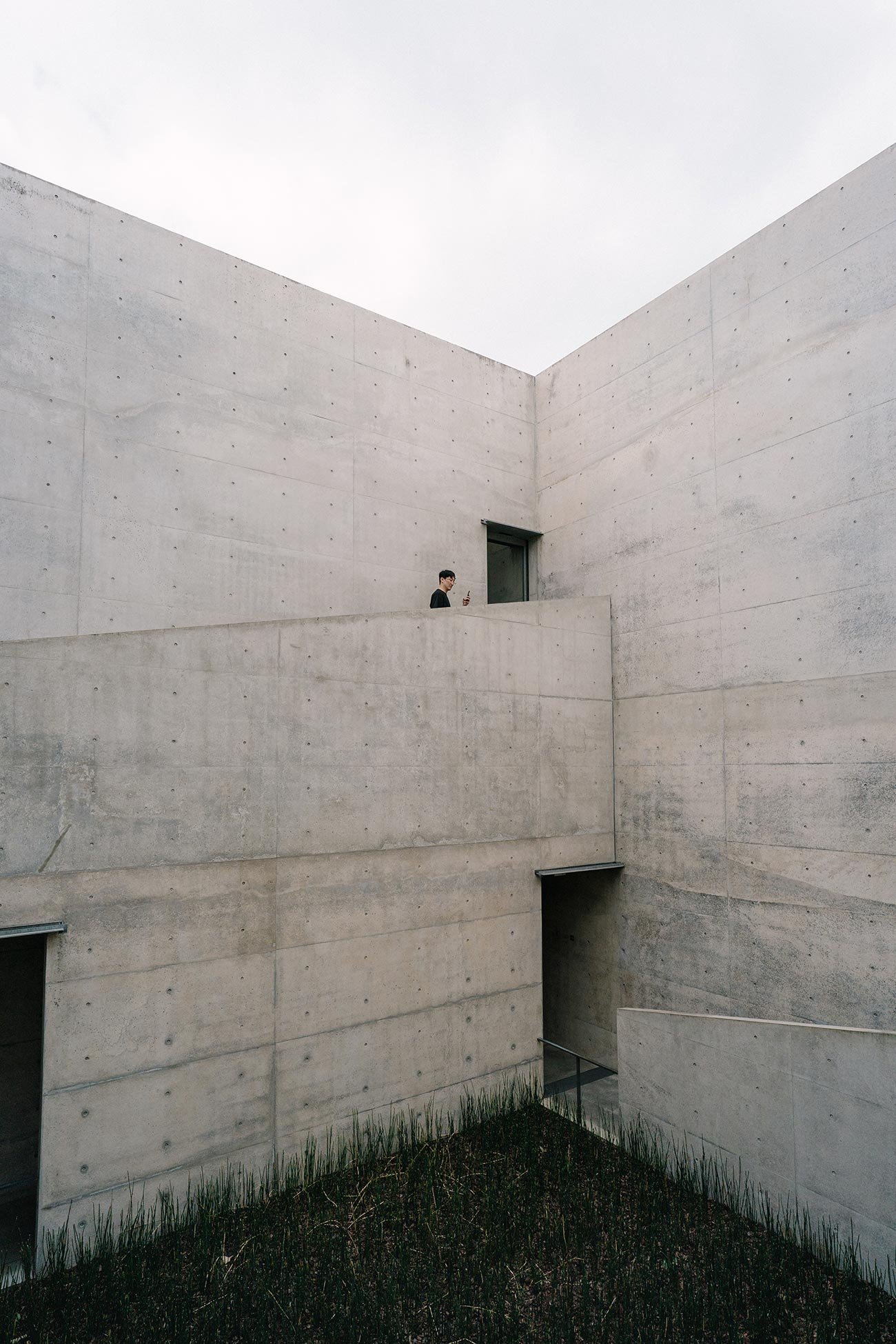
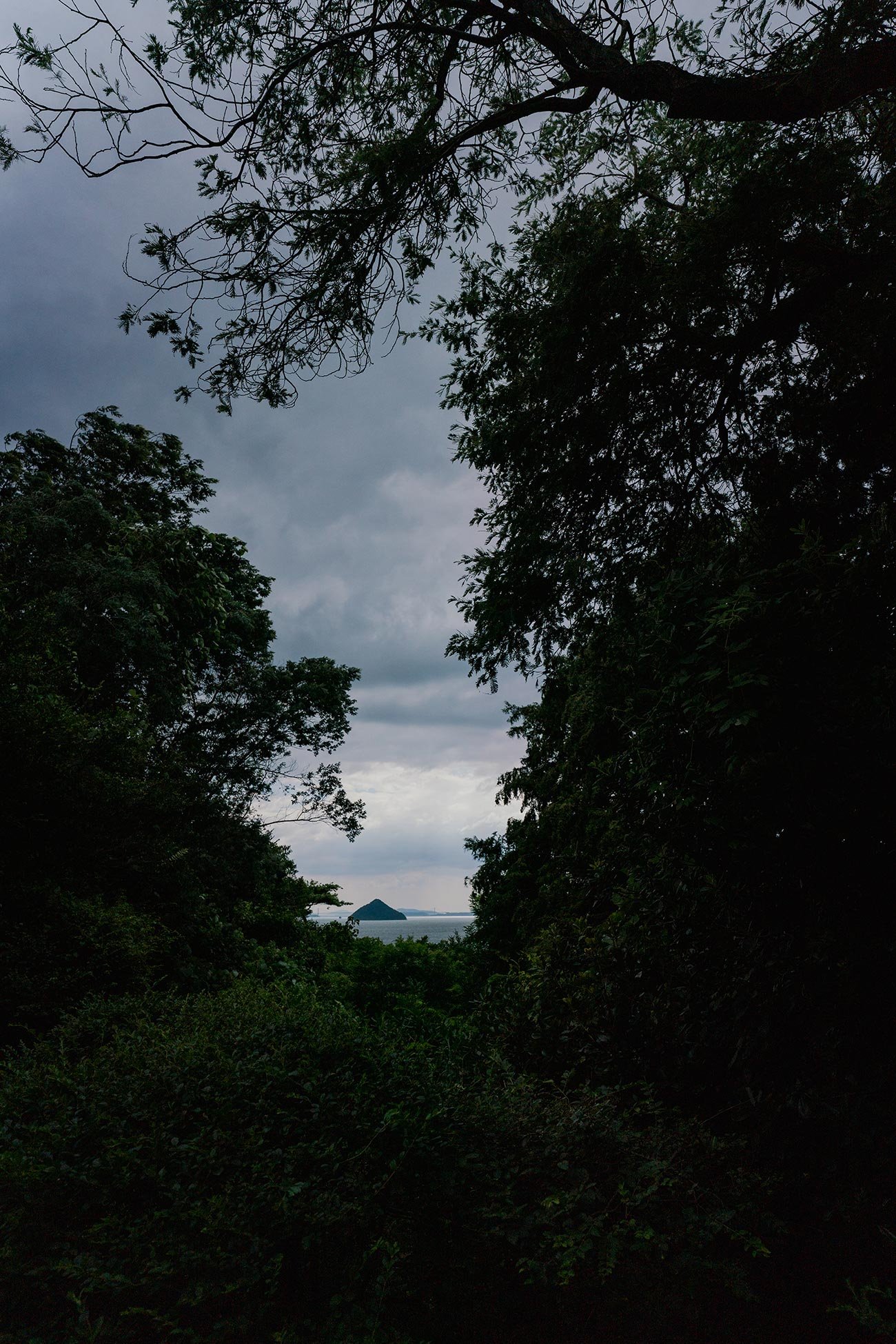
Chichu Art Museum was our first stop, a renowned and unique museum built into a mountaintop known for its innovative blend of art, architecture, and nature. Designed by Tadao Ando, it primarily features the works of three major artists: Claude Monet, Walter De Maria, and James Turrell. The museum itself is a work of art. Tadao Ando designed the museum to be largely underground, minimizing its visual impact on the surrounding landscape. The minimalist, concrete structure harmoniously integrates with the natural environment and complements the artwork inside.
Due to the limited number of visitors allowed inside the museum to maintain a contemplative atmosphere, visitors are required to make advance reservations for timed entry. This ensures a more intimate and immersive experience with the artwork. While I was disappointed that photography wasn't allowed for most of the museum, I wholeheartedly encourage you to visit and immerse yourself in the awe-inspiring artworks that offer a unique experience you won't find anywhere else.
Lee Ufan Museum

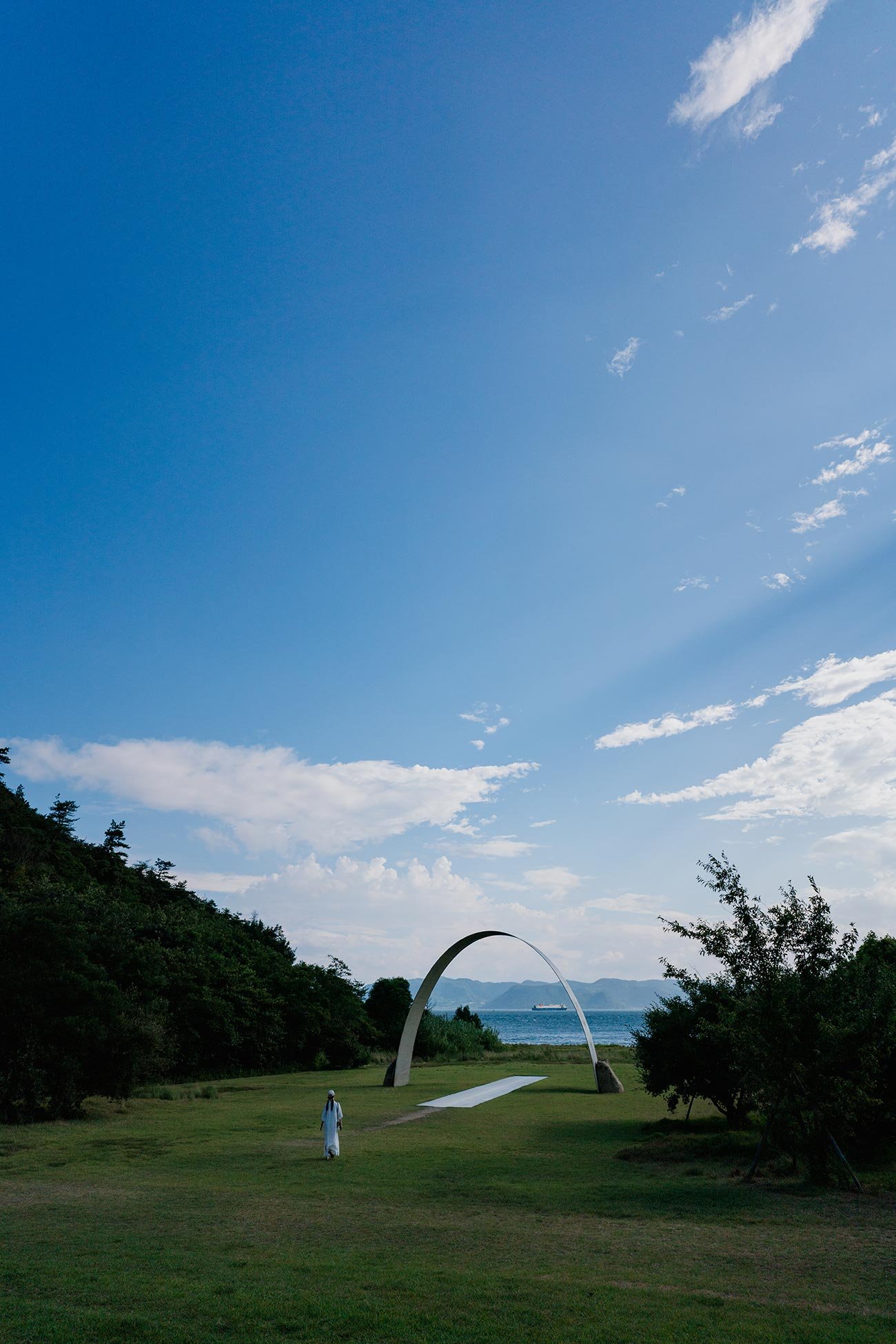
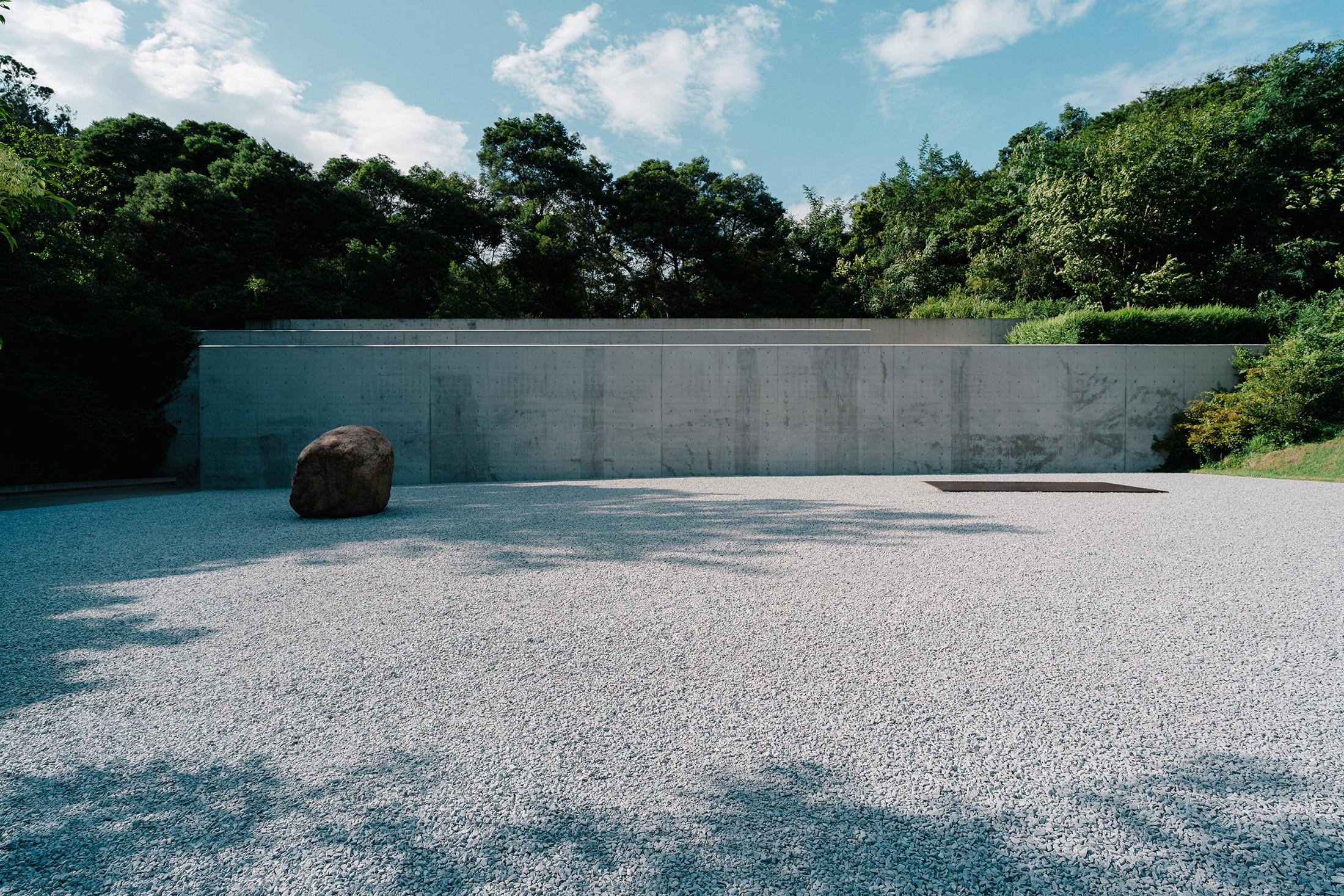
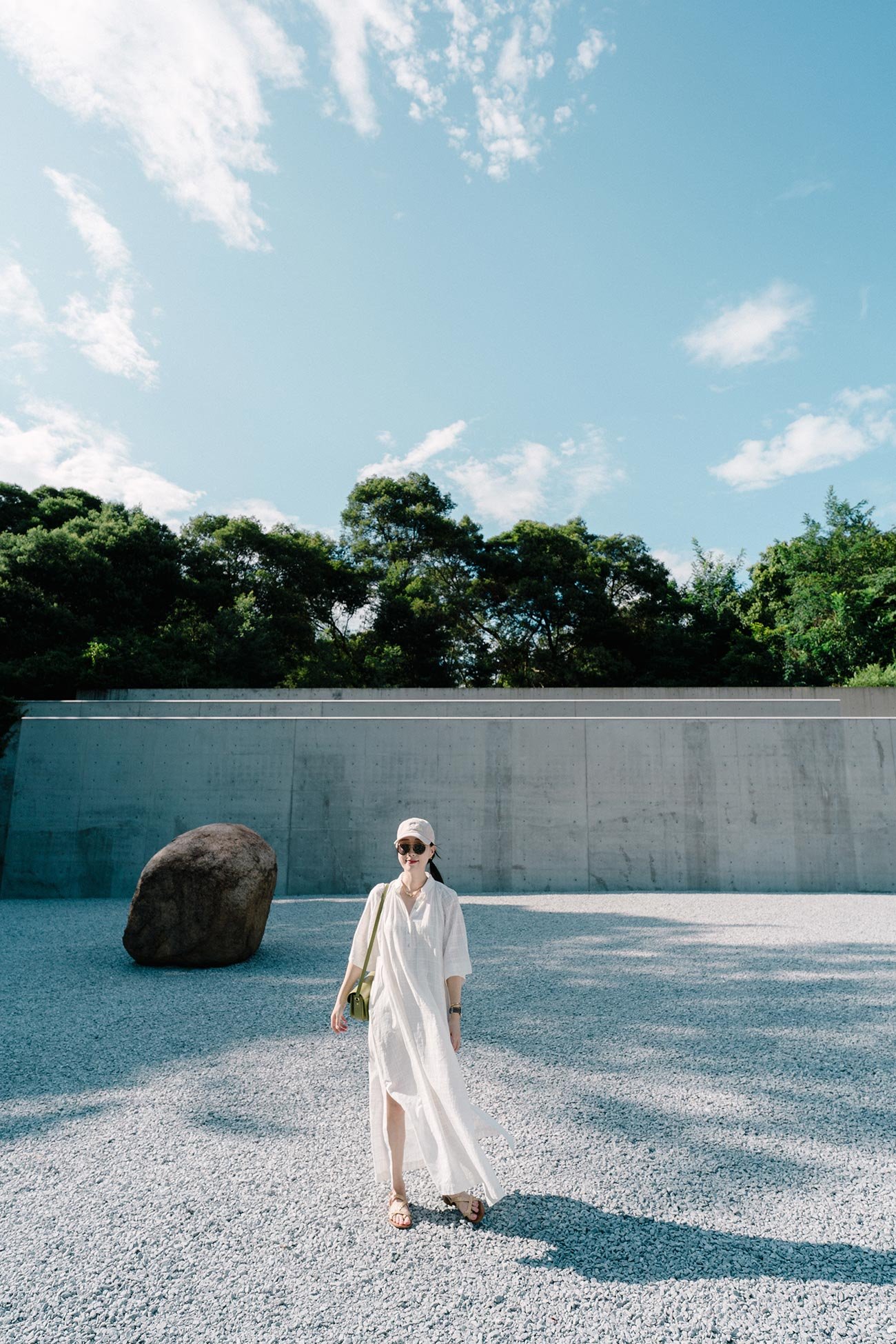
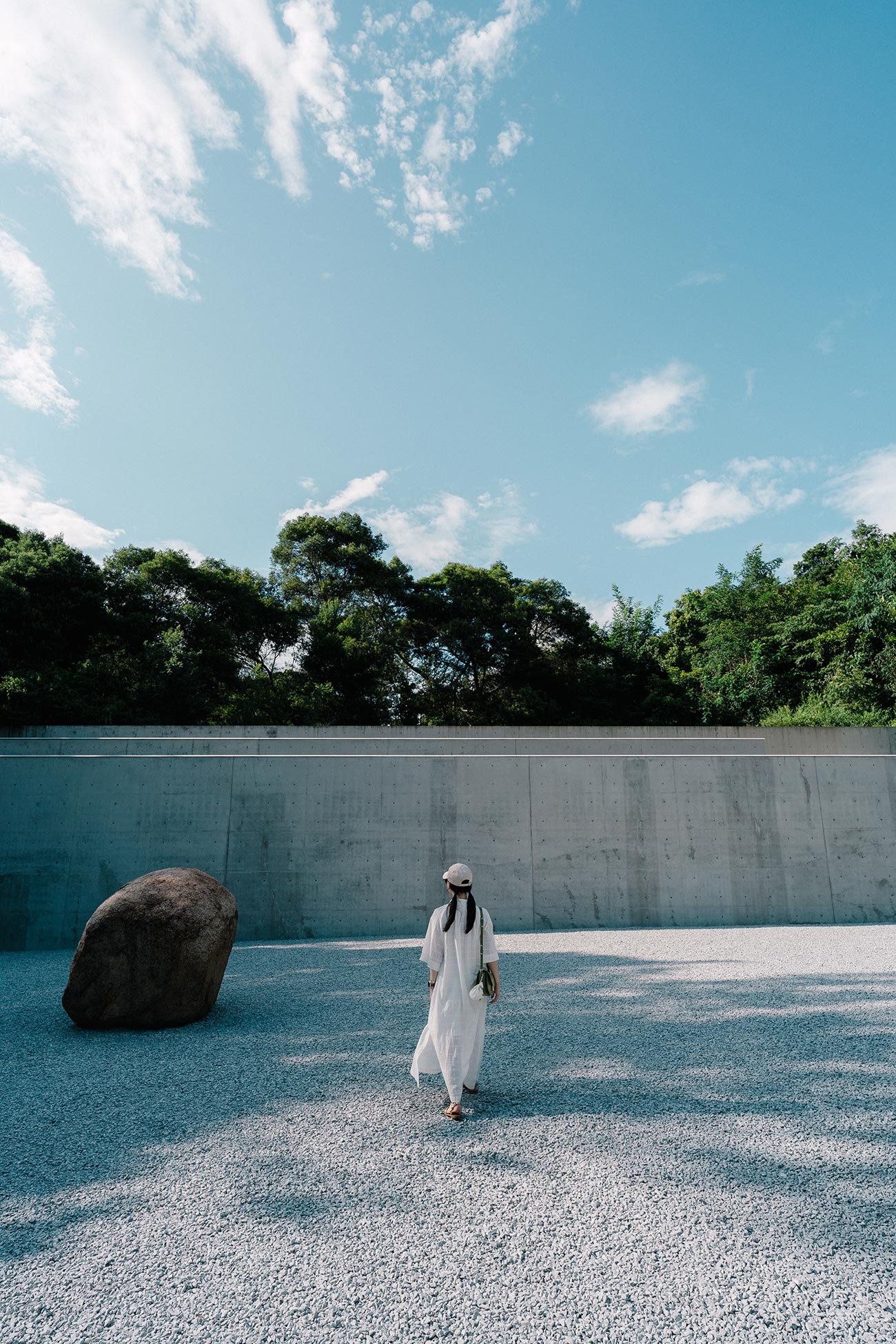
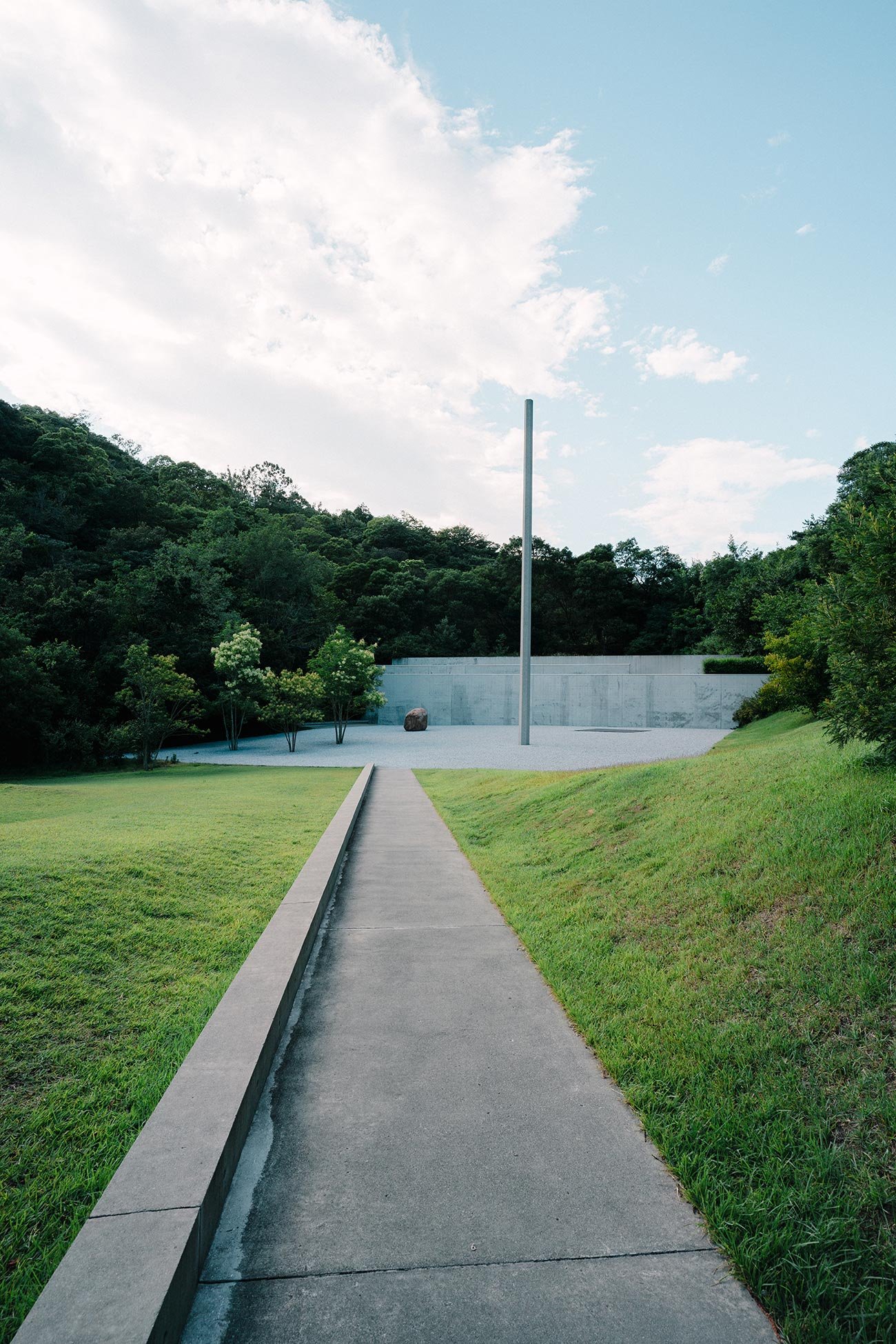
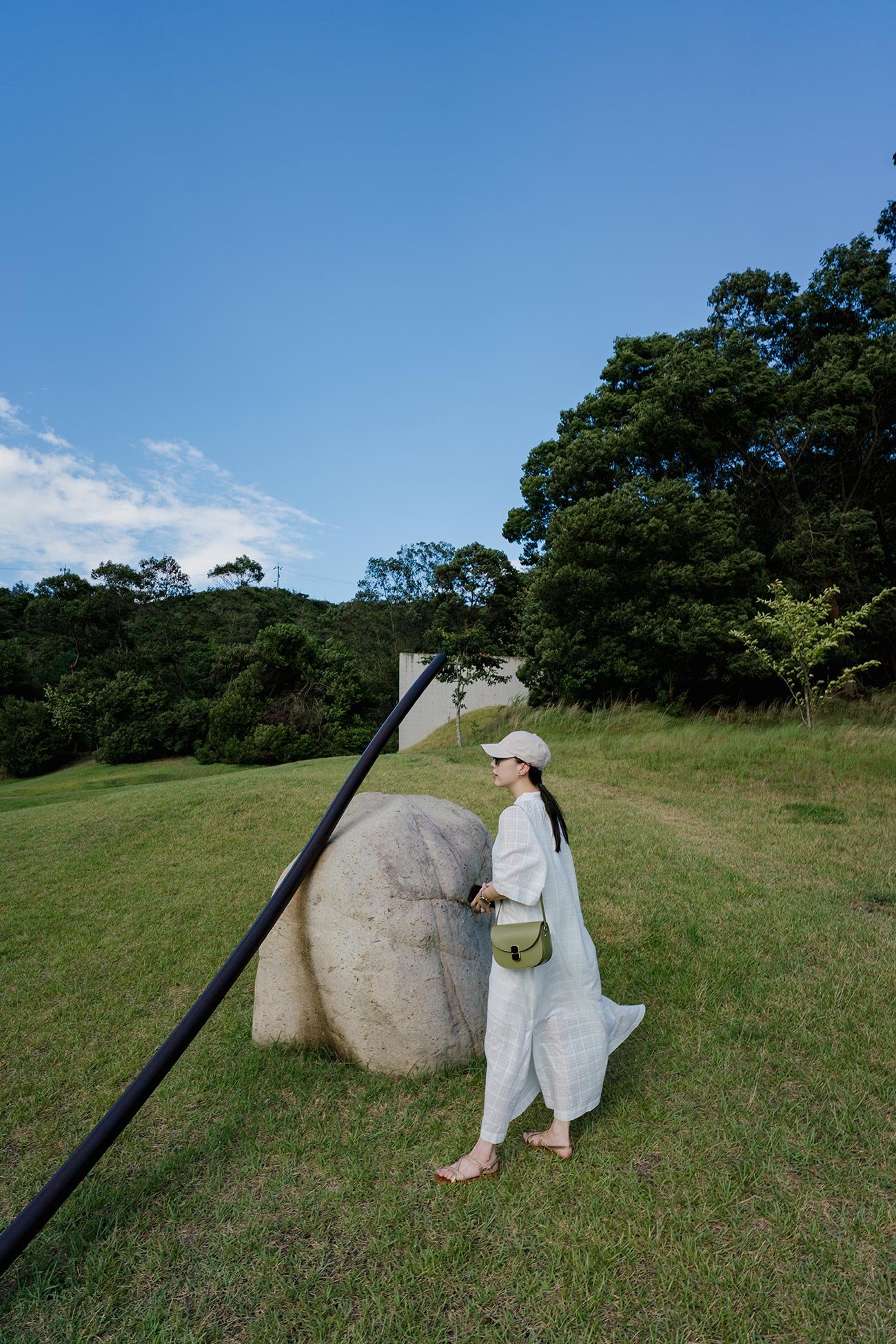
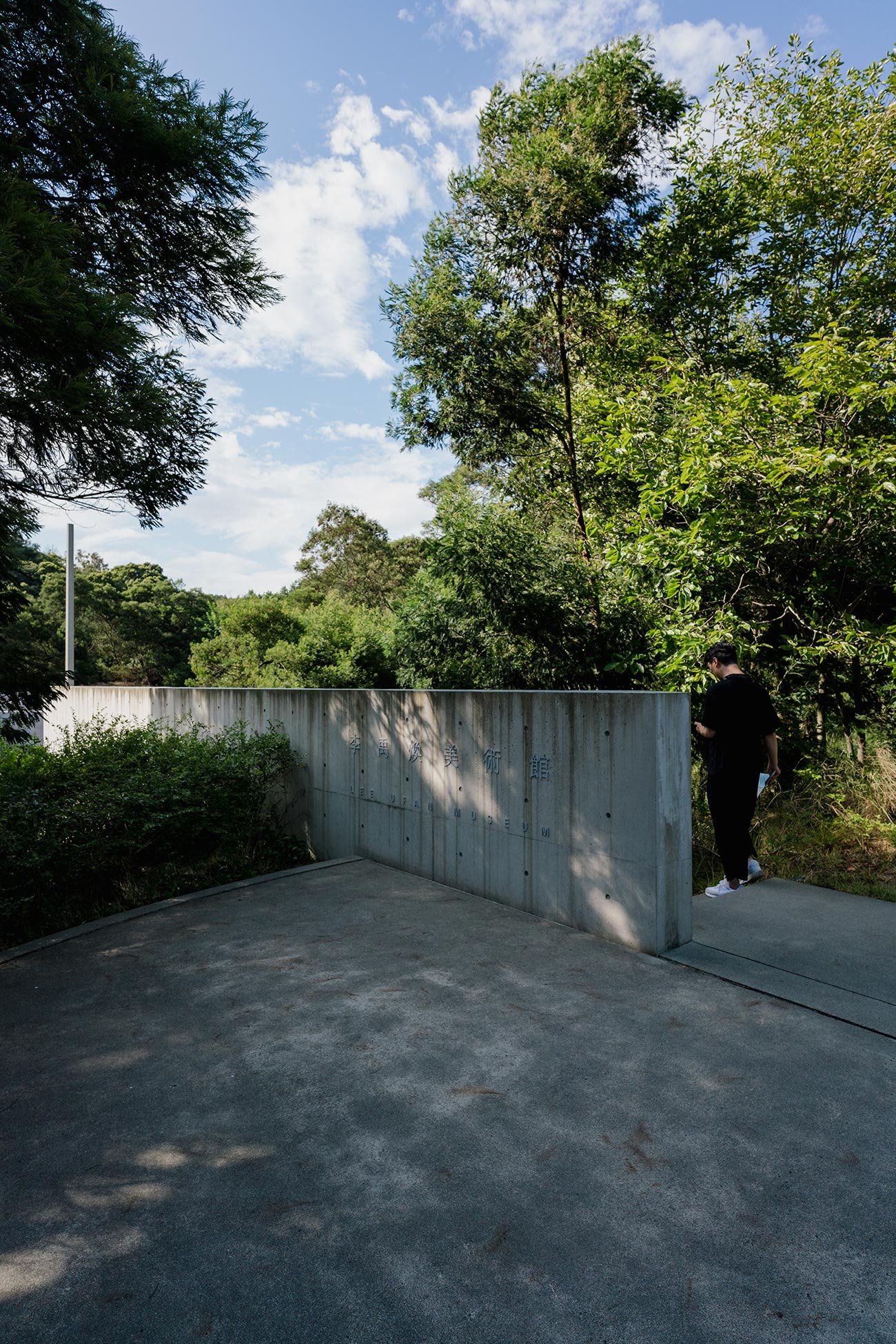
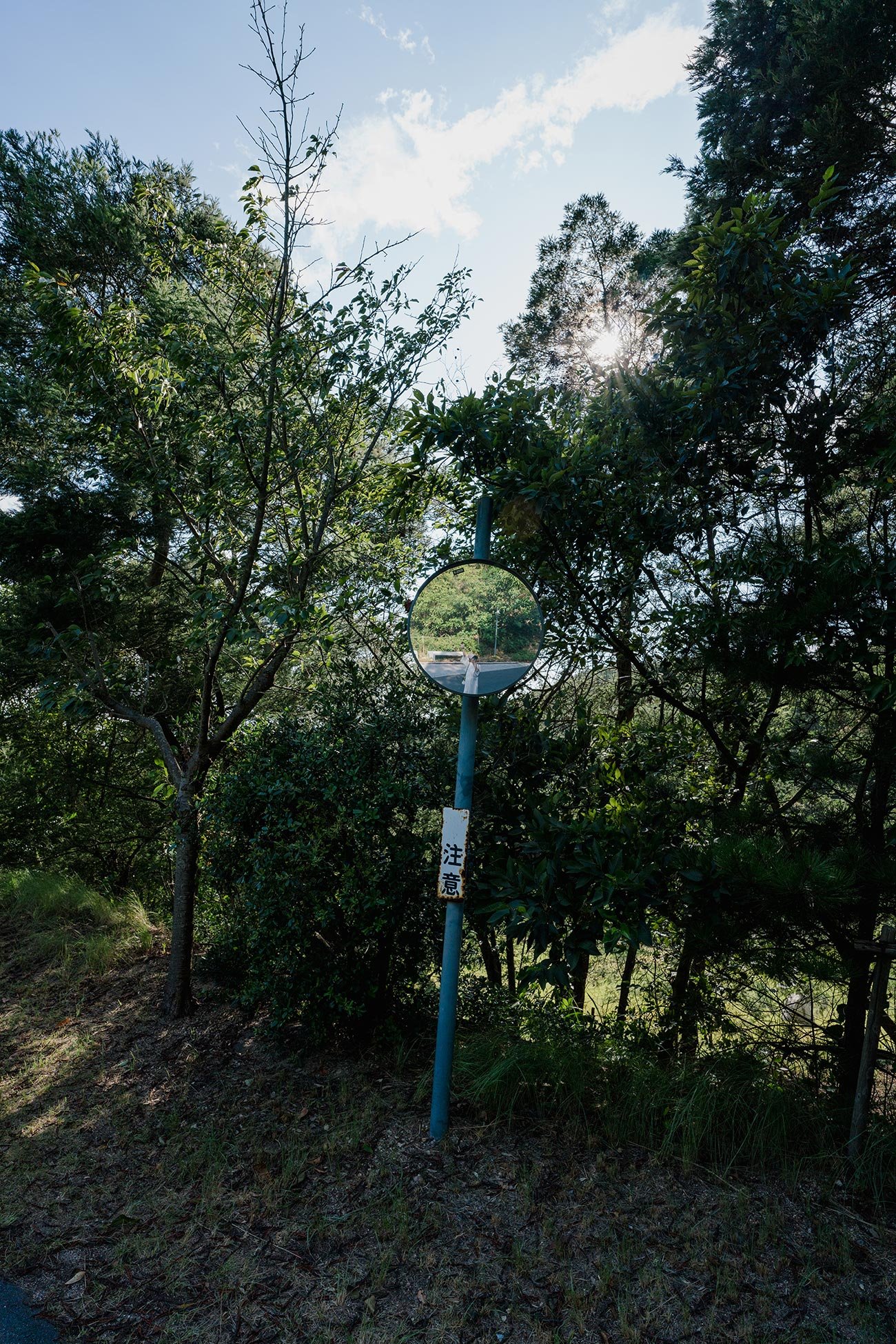
One of the stops along the free shuttle route is the Lee Ufan Museum, a dedicated art institution showcasing the works of Lee Ufan, a prominent Korean contemporary artist and a pivotal figure in the Mono-ha art movement, which emerged in Japan during the late 1960s. Nestled within a serene valley, enveloped by rolling hills and the sea, the museum provides a tranquil environment where nature, architecture, and art harmoniously converge. This setting encourages visitors to indulge in peaceful and contemplative moments, offering respite in a world often saturated with materialism.
Inside the museum, we encountered expansive installations crafted from stone, concrete, and substantial iron slabs, along with a collection of paintings from earlier stages of Lee Ufan's career. The museum's architectural design, a creation of the renowned Tadao Ando, seamlessly integrates geometrically shaped reinforced concrete with the surrounding natural elements and open spaces, enhancing the visual impact of the exhibited artworks.
valley Gallery
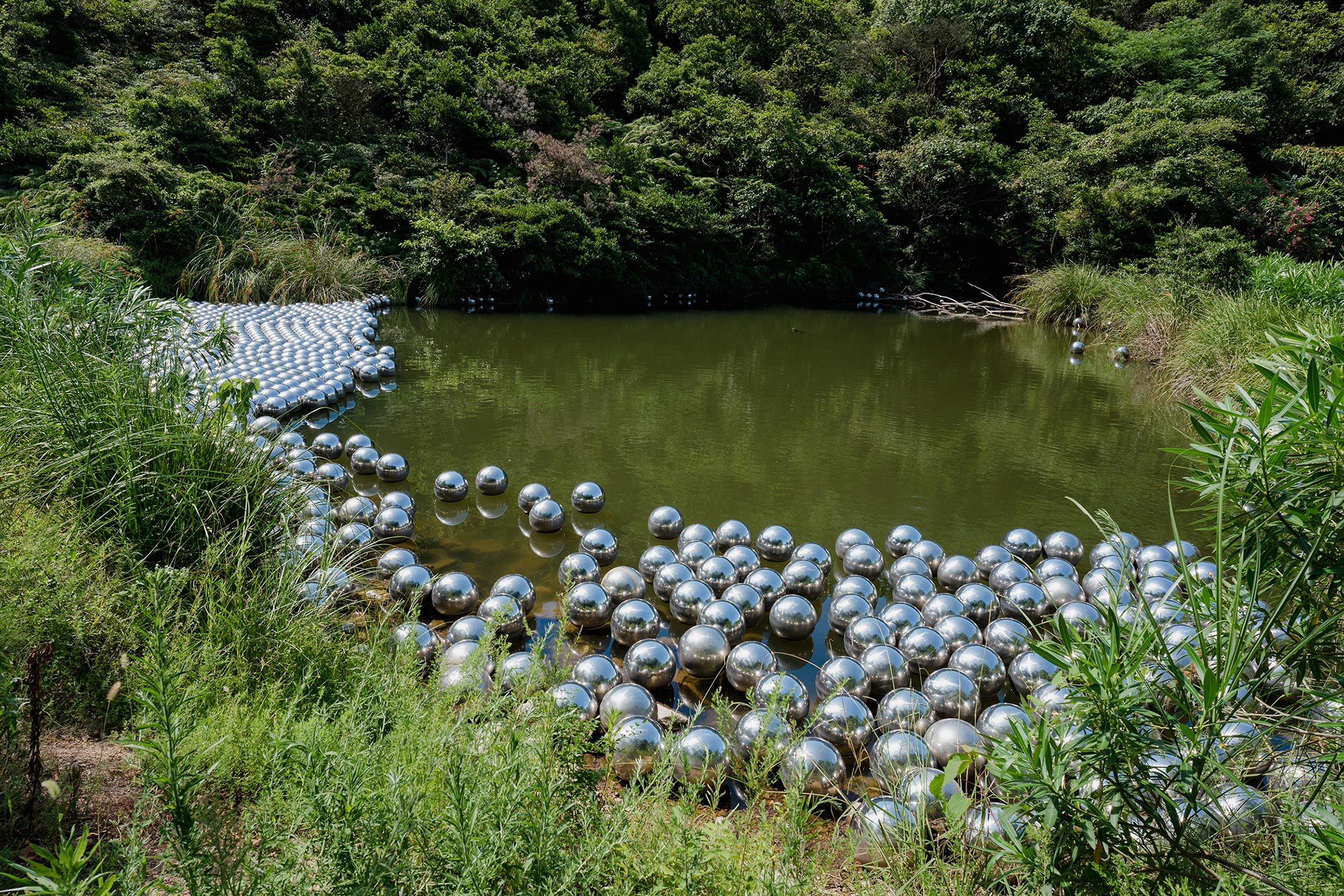
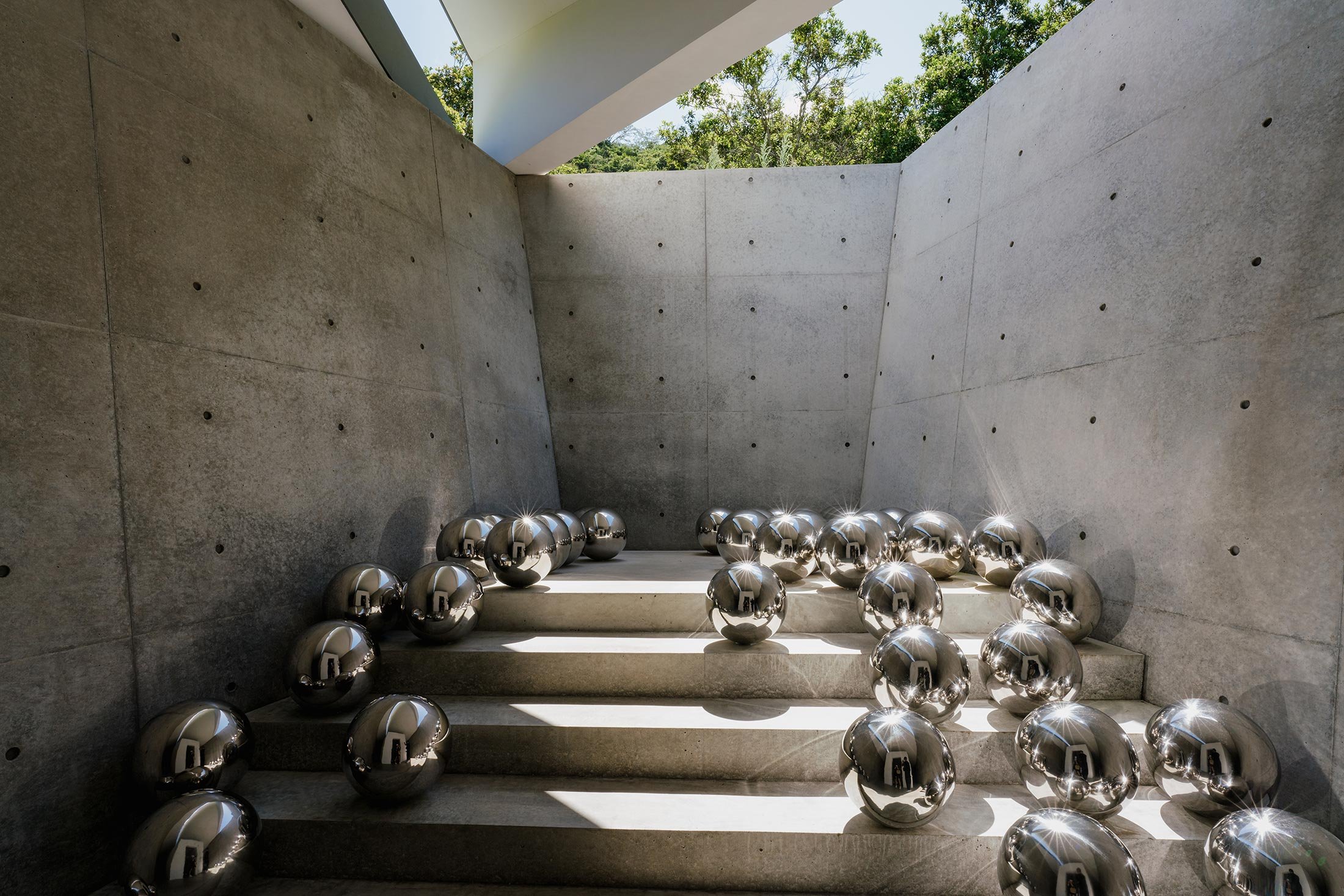
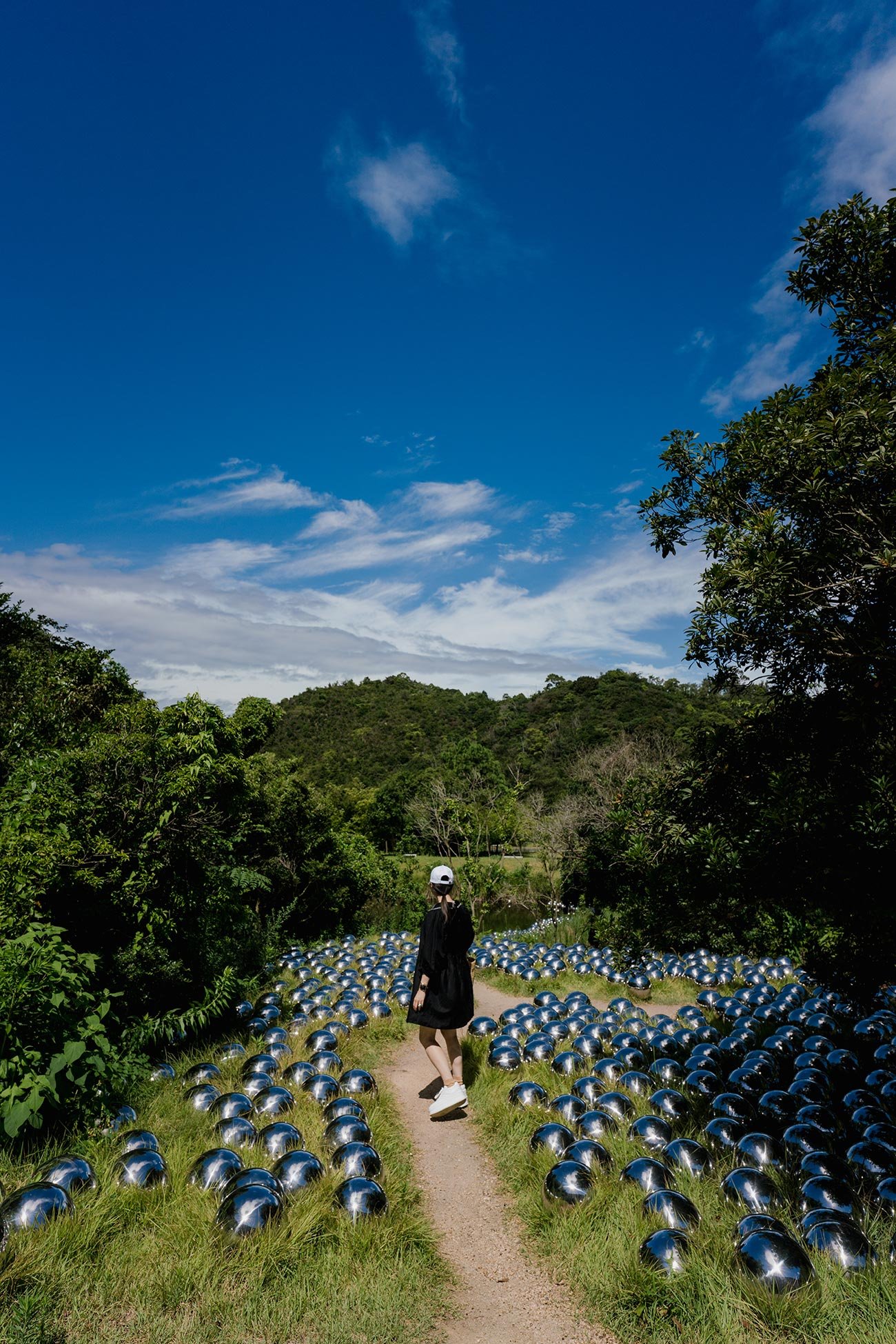
Located opposite the Lee Ufan Museum, the Valley Gallery represents Tadao Ando's most innovative architectural creation to date, marking three decades since his inaugural project on the island, the Benesse House Museum. In keeping with Ando's signature style, this museum features concrete construction characterized by angular walls and a distinctive slit roof, allowing the infusion of natural light.
One particularly captivating aspect of this visit was Kusama's 'Narcissus Garden' installation, a long-standing feature of the Benesse House since 2006. Notably, it has recently been expanded to occupy both interior and exterior spaces within the Valley Gallery, offering visitors an even more immersive encounter with this mesmerizing artwork. The uphill journey is deliberately elongated, affording ample time for contemplation amidst the surrounding natural beauty. This is especially rewarding in the spring when the azaleas and cherry trees burst into vibrant bloom, adding a touch of seasonal splendor to the reflective pause.
Ando says: ‘As a means of creating such an architectural space as a microcosm, I came up with the scheme of a space as simple and pure as a white canvas [with] natural light entering into it. A void in which everything superfluous has been erased, colored by light that shifts with time and the seasons.’
Honmura District
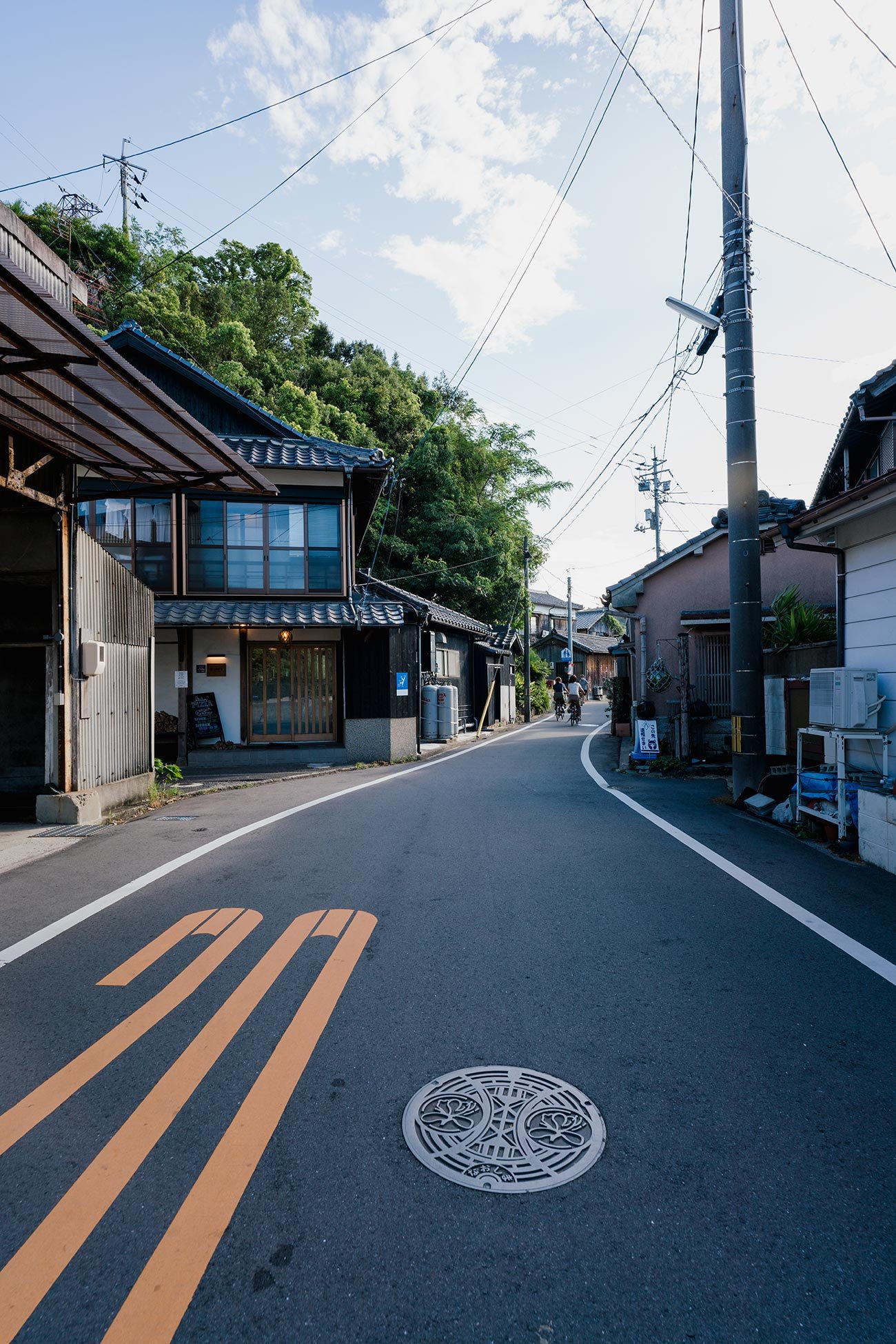
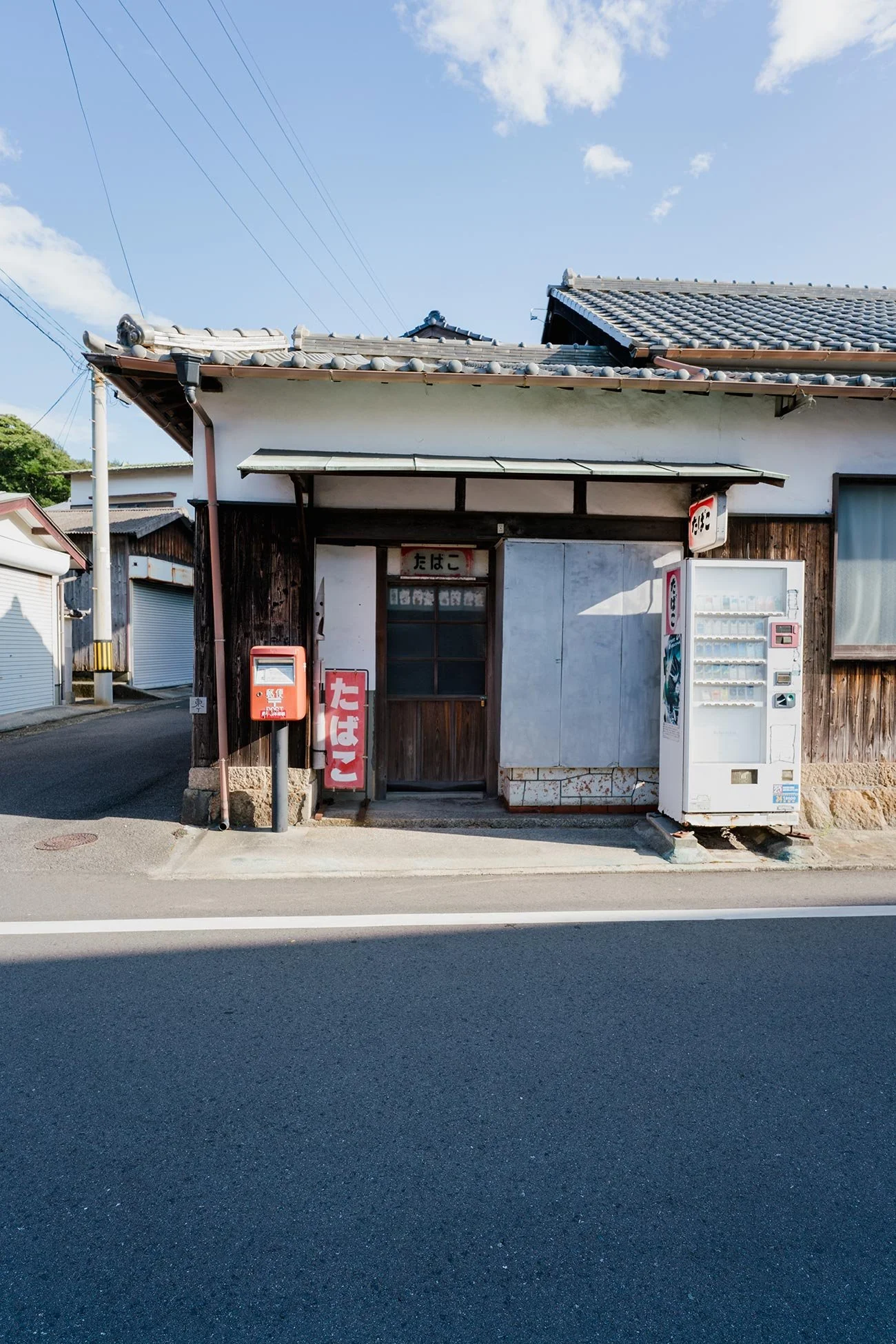
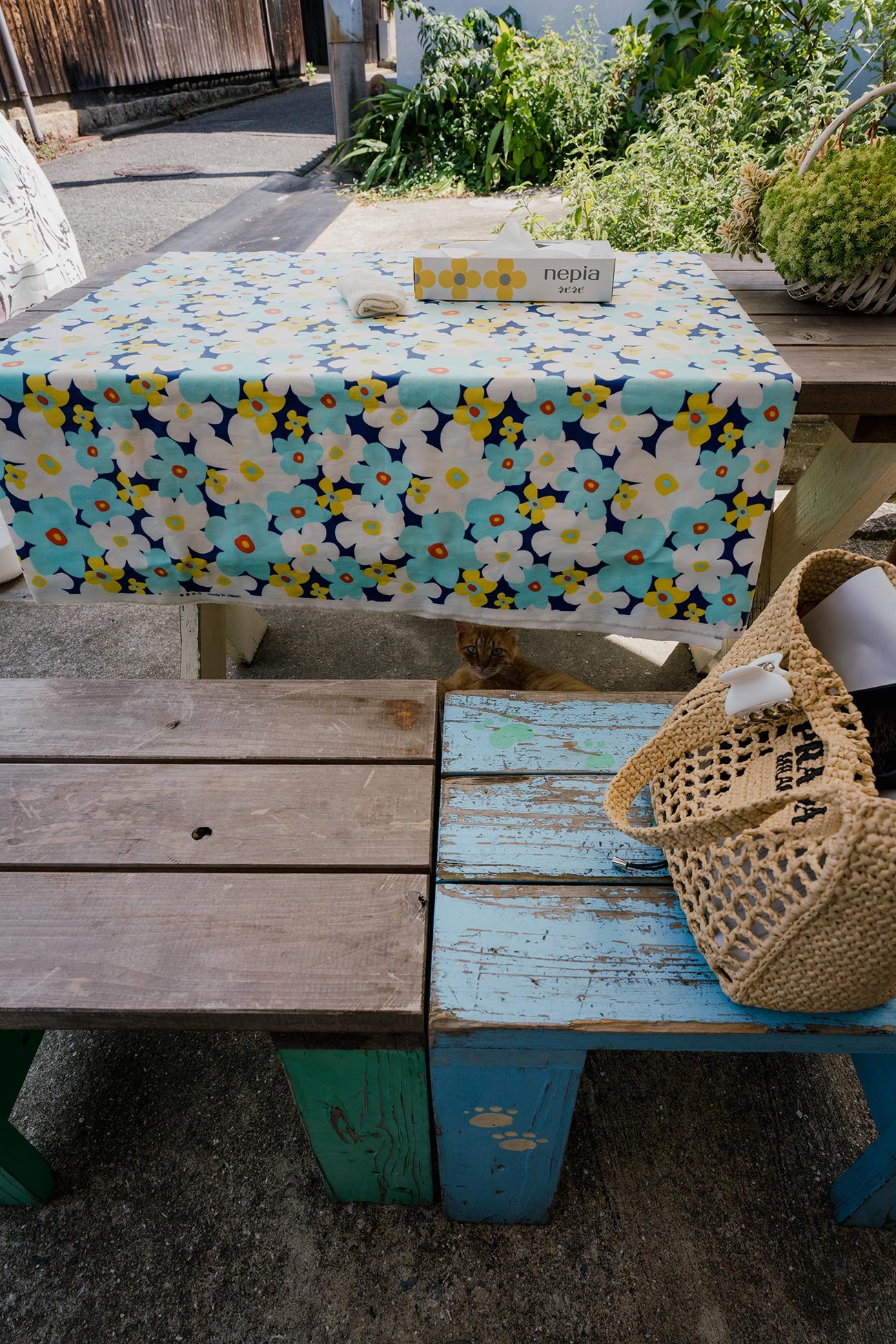
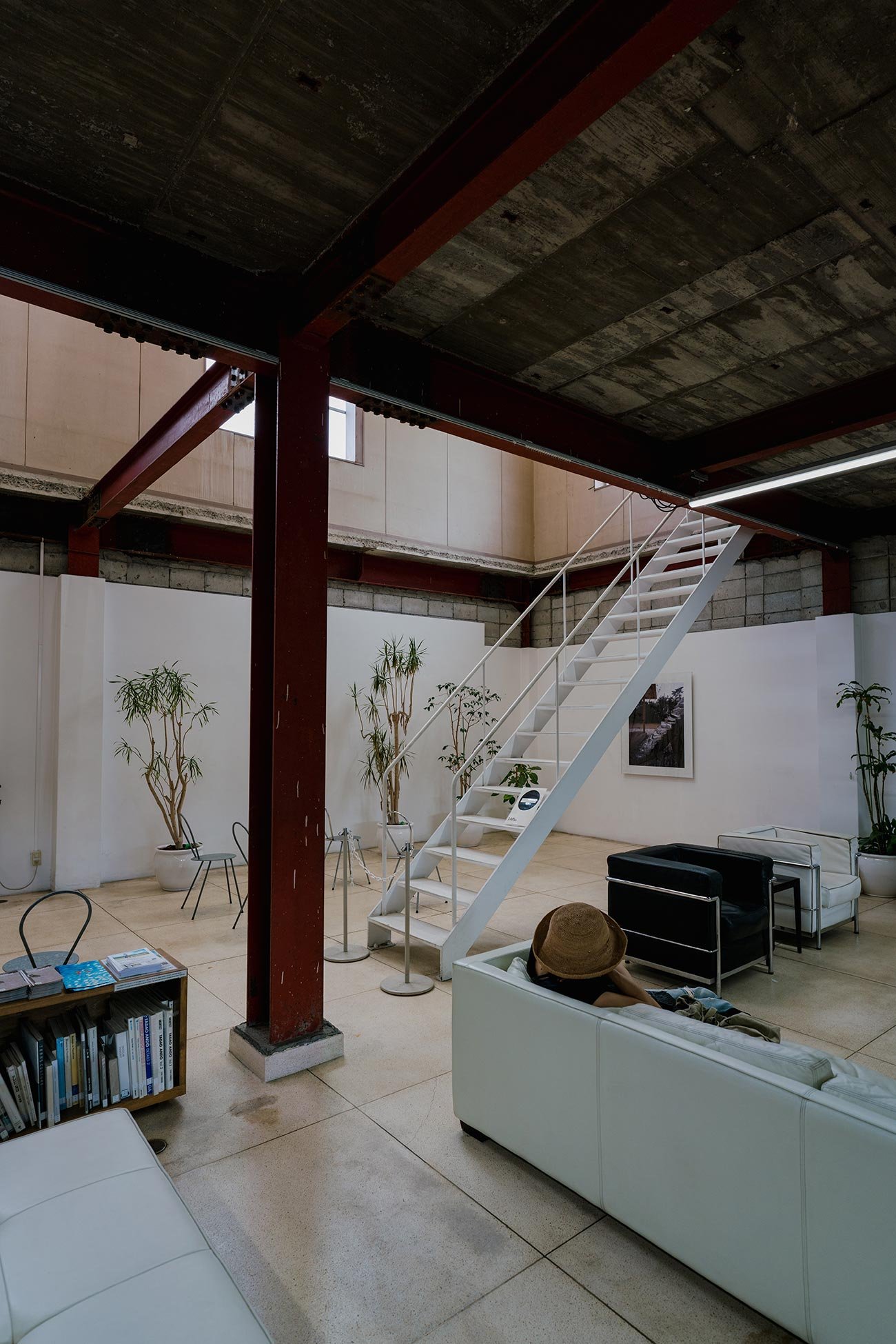
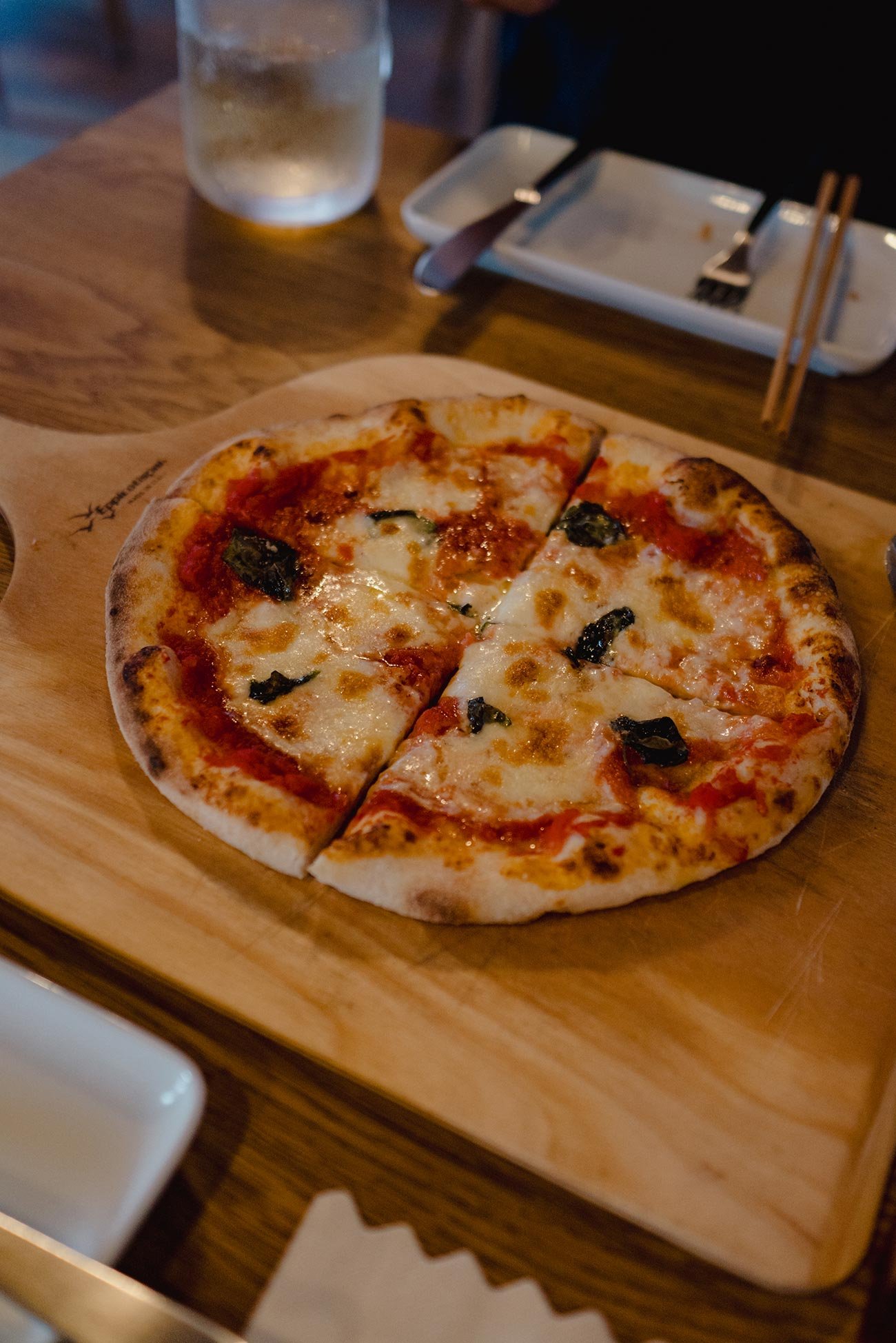
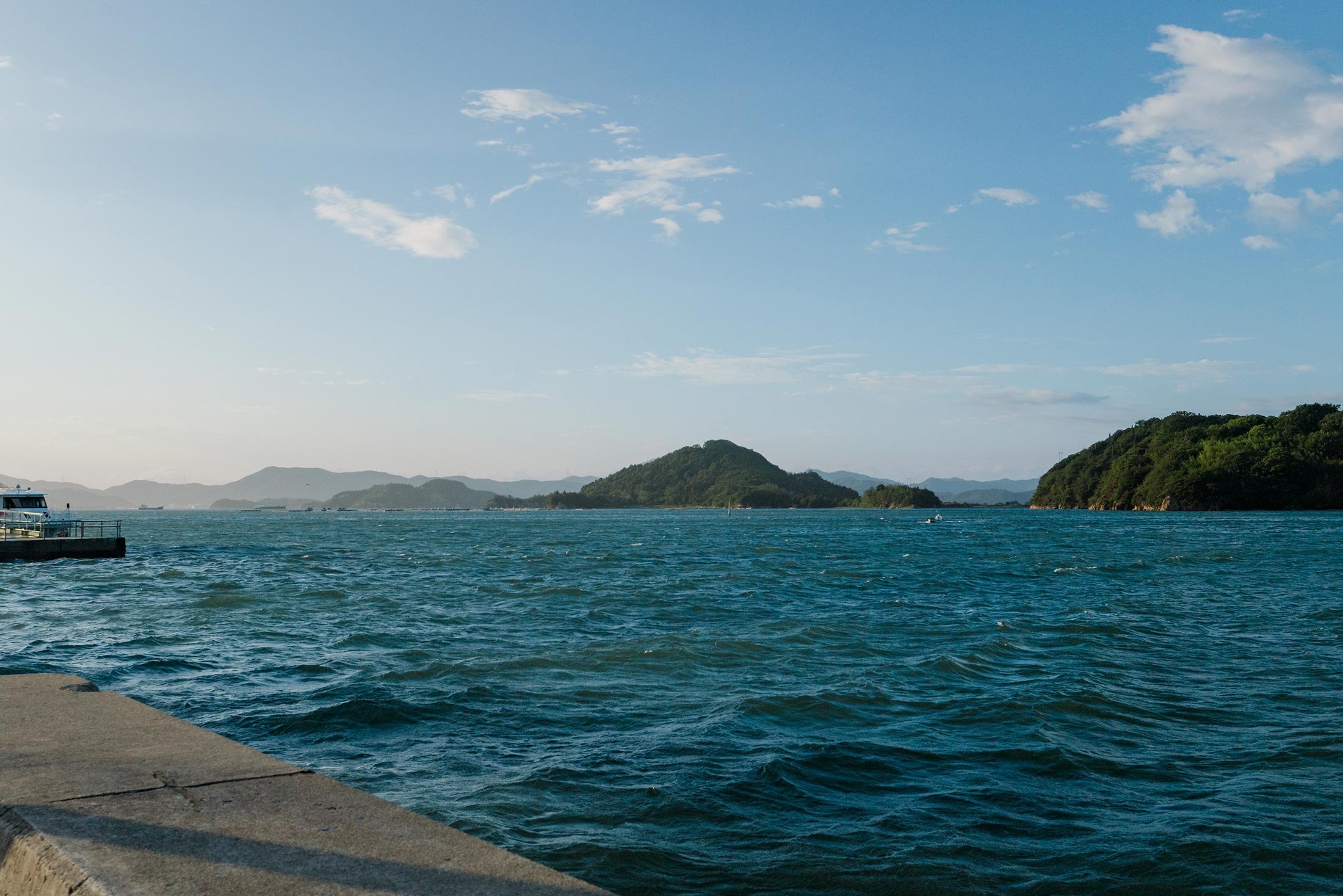
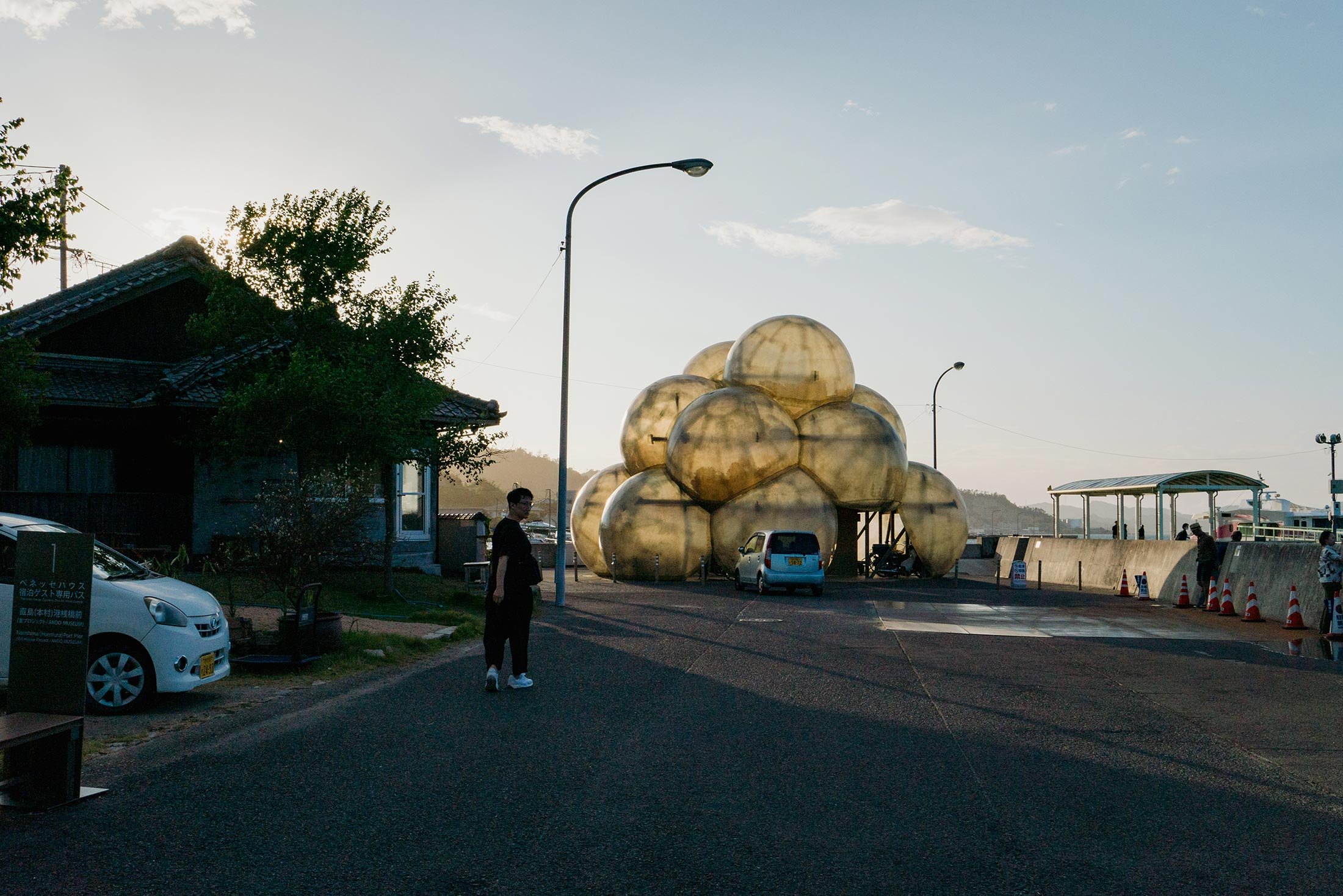
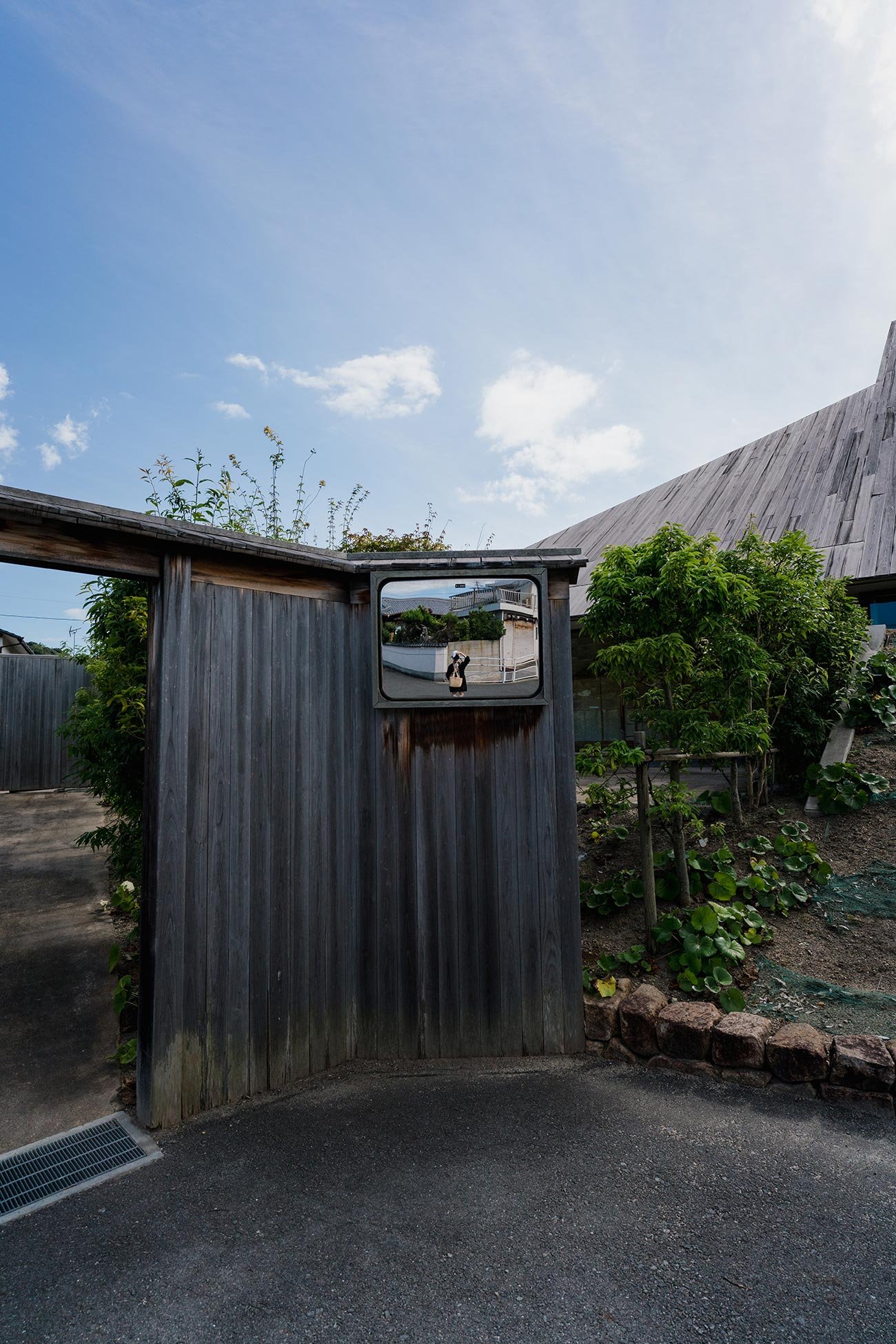
We spent a few hours exploring the neighborhood of Honmura, a charming village known for its significant role in the transformation of the island into a hub for contemporary art and culture. It has become an integral part of the Benesse Art Site Naoshima, a larger initiative aiming to blend art, architecture, and nature seamlessly. As such, you'll find various contemporary art installations scattered throughout the village outdoors and inside traditional Japanese houses. It was convenient to stop by as Honmura is one of the stops on the shuttle route that takes visitors to the Chichu Art Museum and other art sites on the island. This makes it accessible for tourists exploring the island's art scene.
Honmura retains its traditional Japanese village charm, with narrow winding streets, wooden houses, and well-preserved architecture. The contrast between the historic village and contemporary art installations creates an intriguing juxtaposition. In addition to its art offerings, Honmura offers visitors a chance to experience the local way of life. You can find quaint cafes, small shops, and local eateries where you can savor traditional Japanese cuisine and interact with the island's residents. I recommend having lunch in the village and considering dinner at your hotel or another nearby restaurant, as we discovered that several eateries were either closed or required advance reservations. We were fortunate to stumble upon a pizzeria (Luke's Pizza & Grill) just as it opened and secured a table.
Art House Project
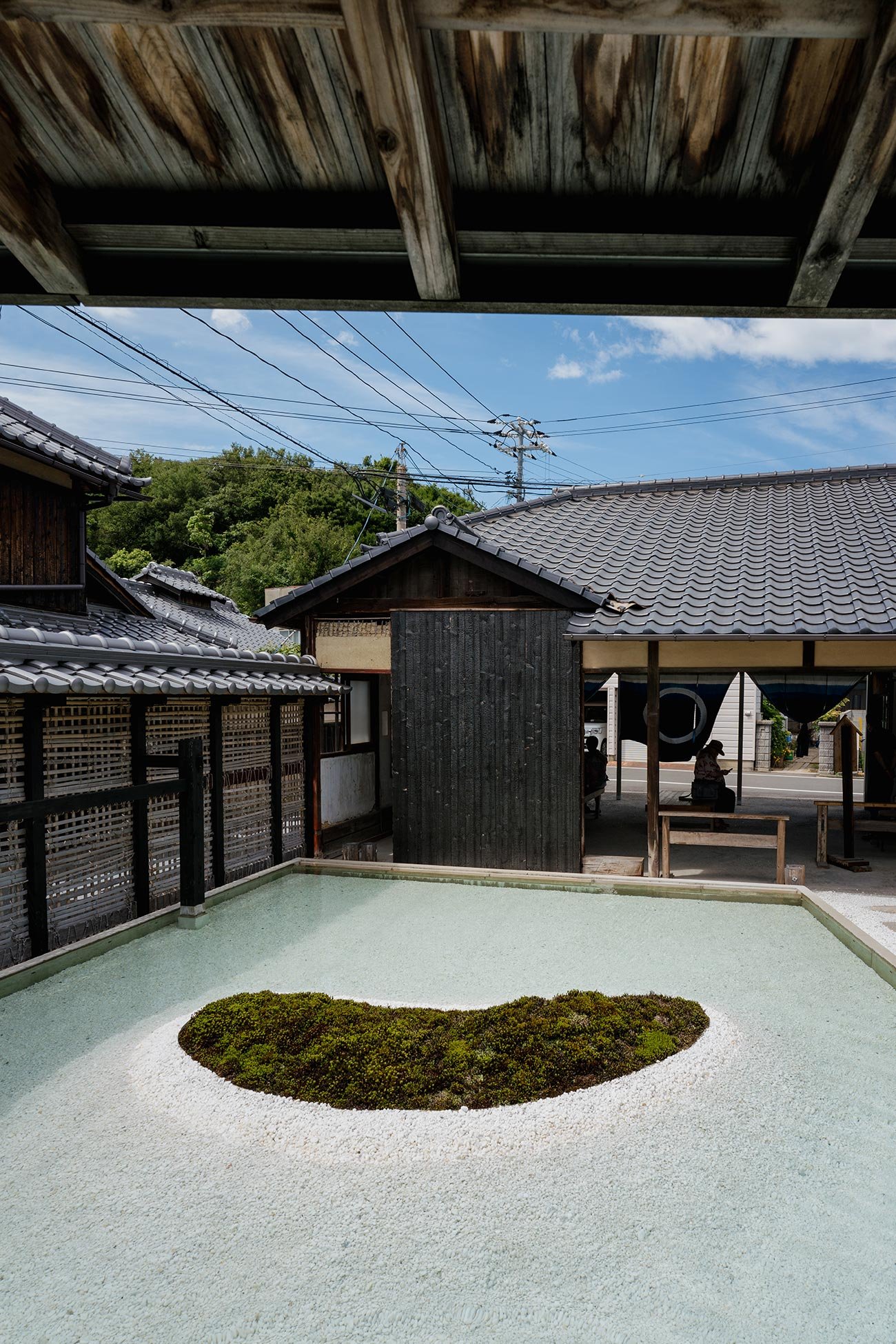
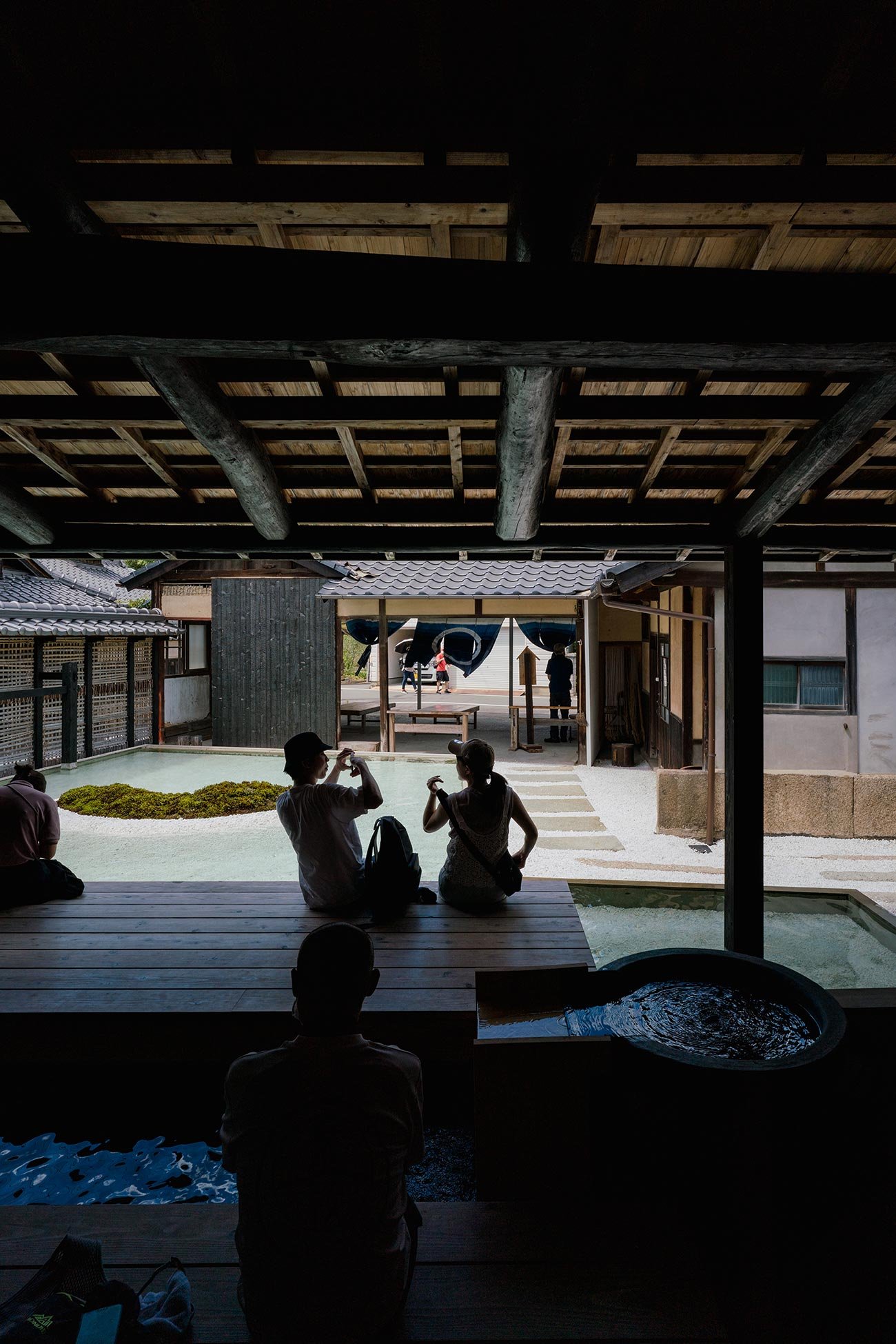
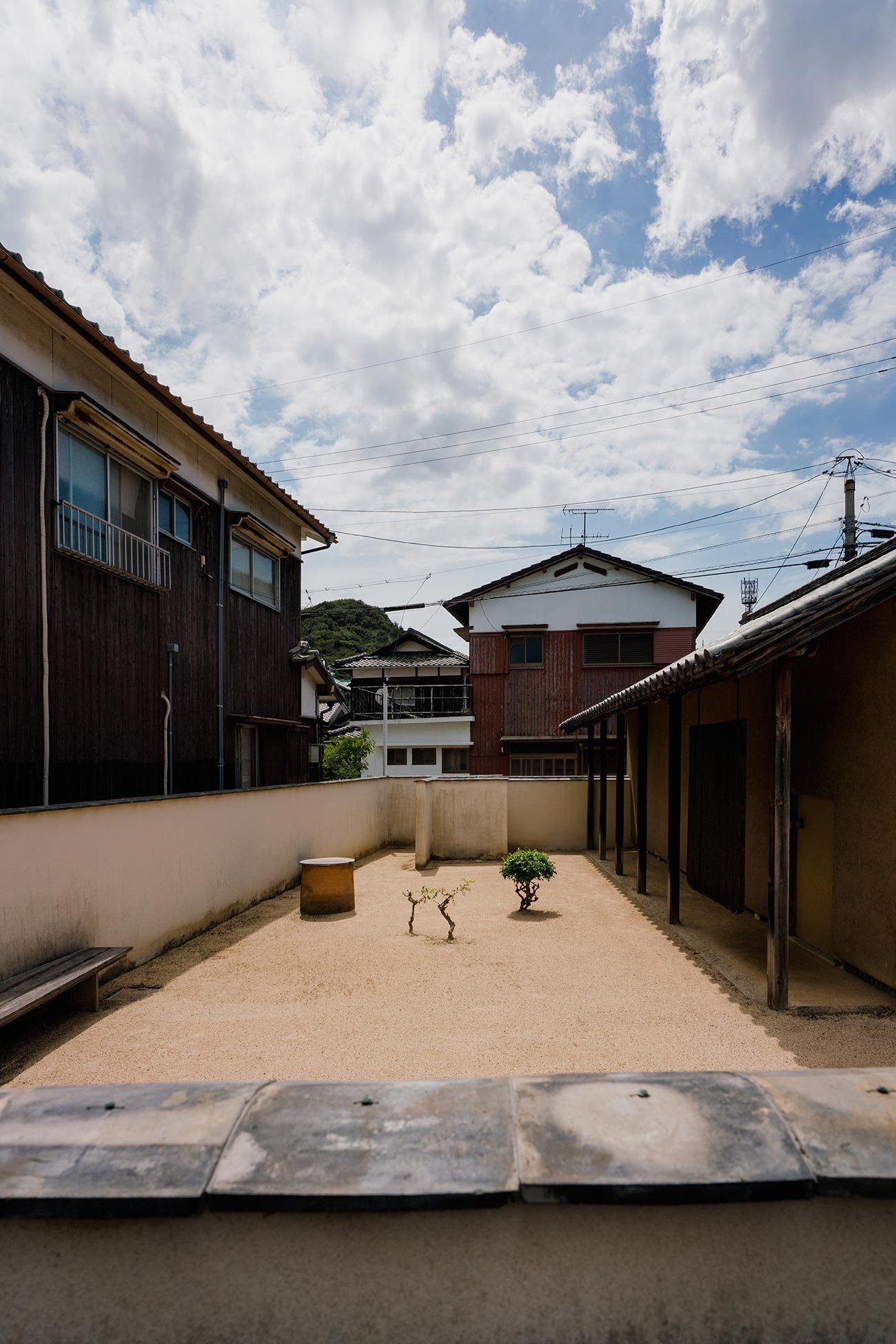
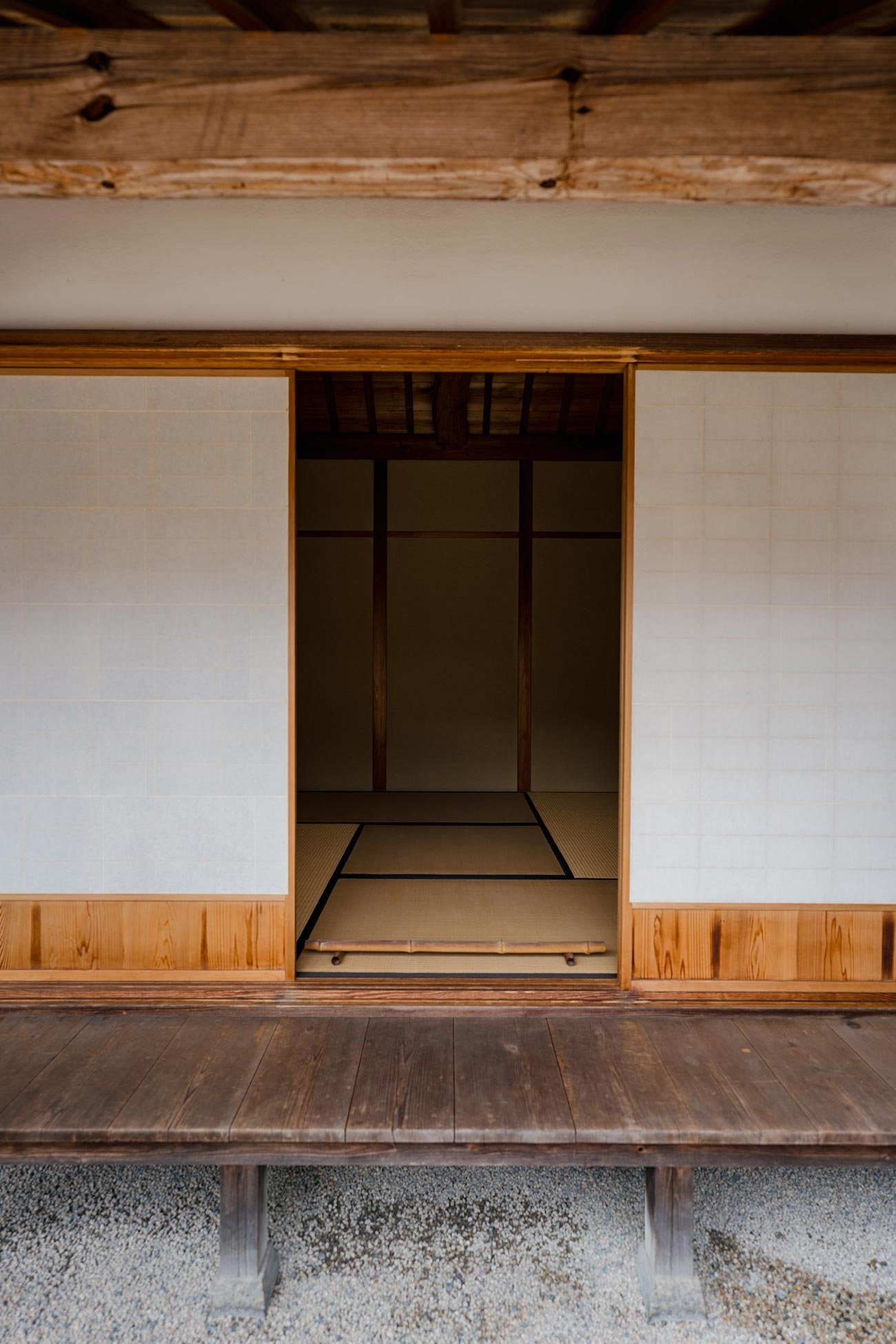

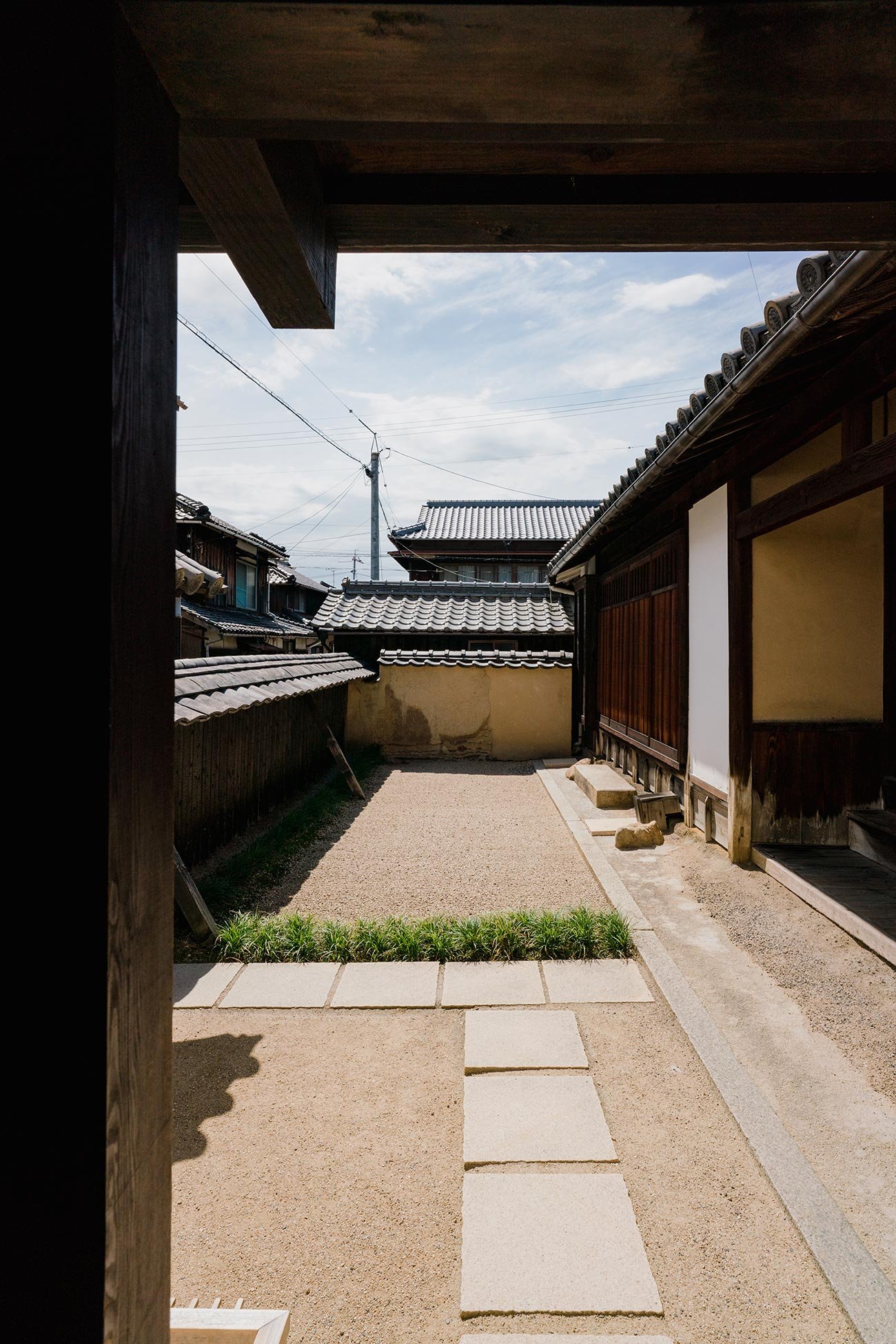
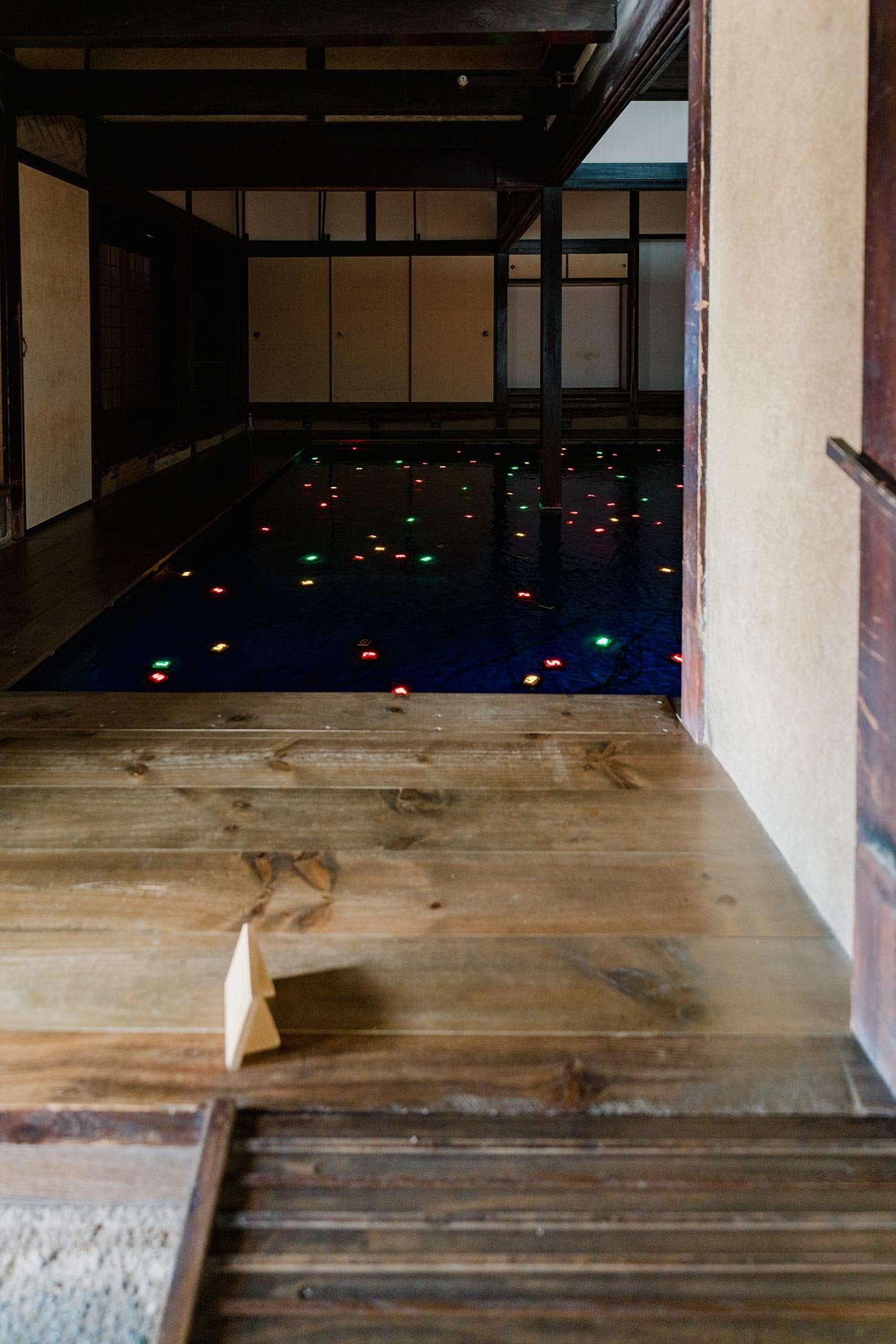
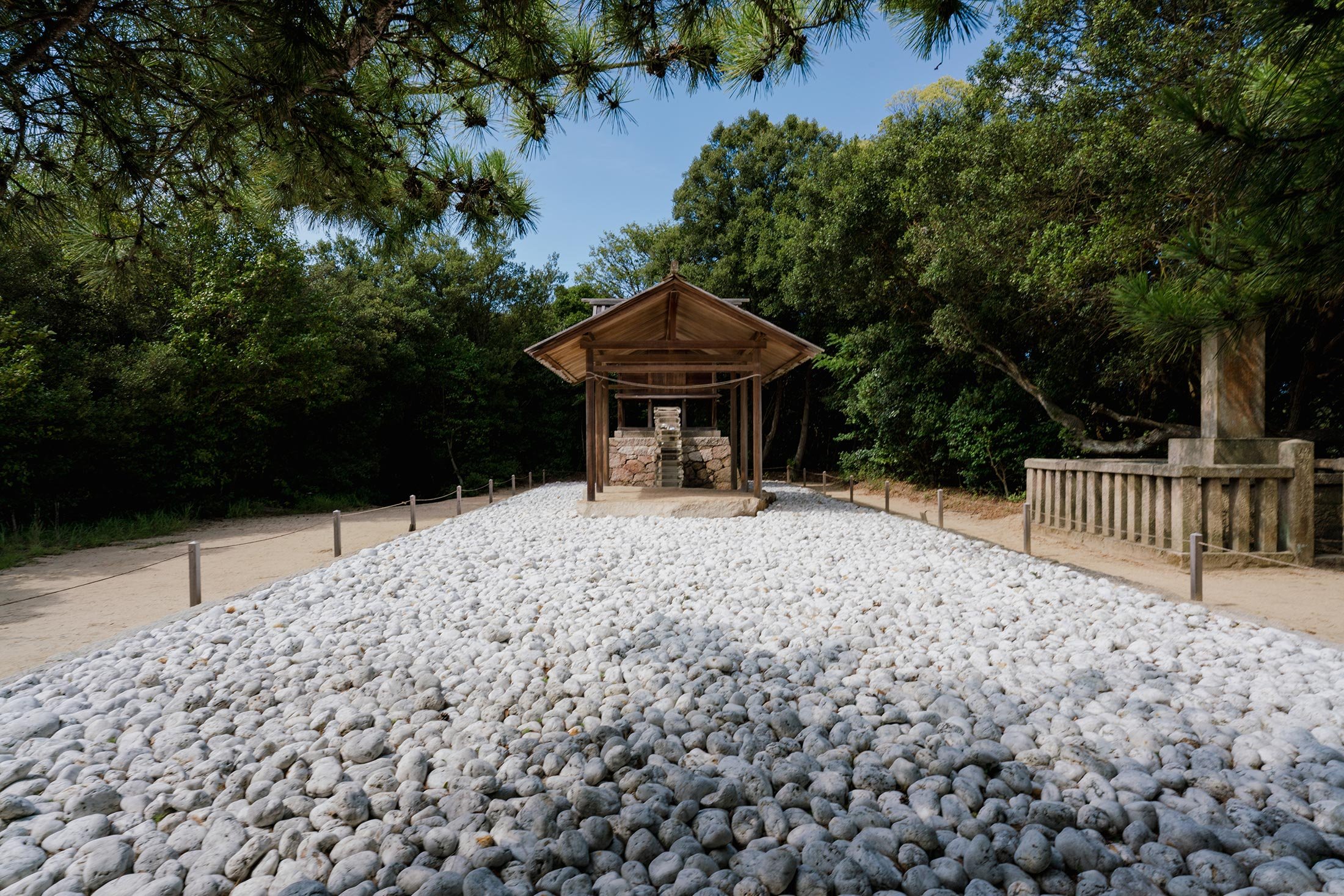
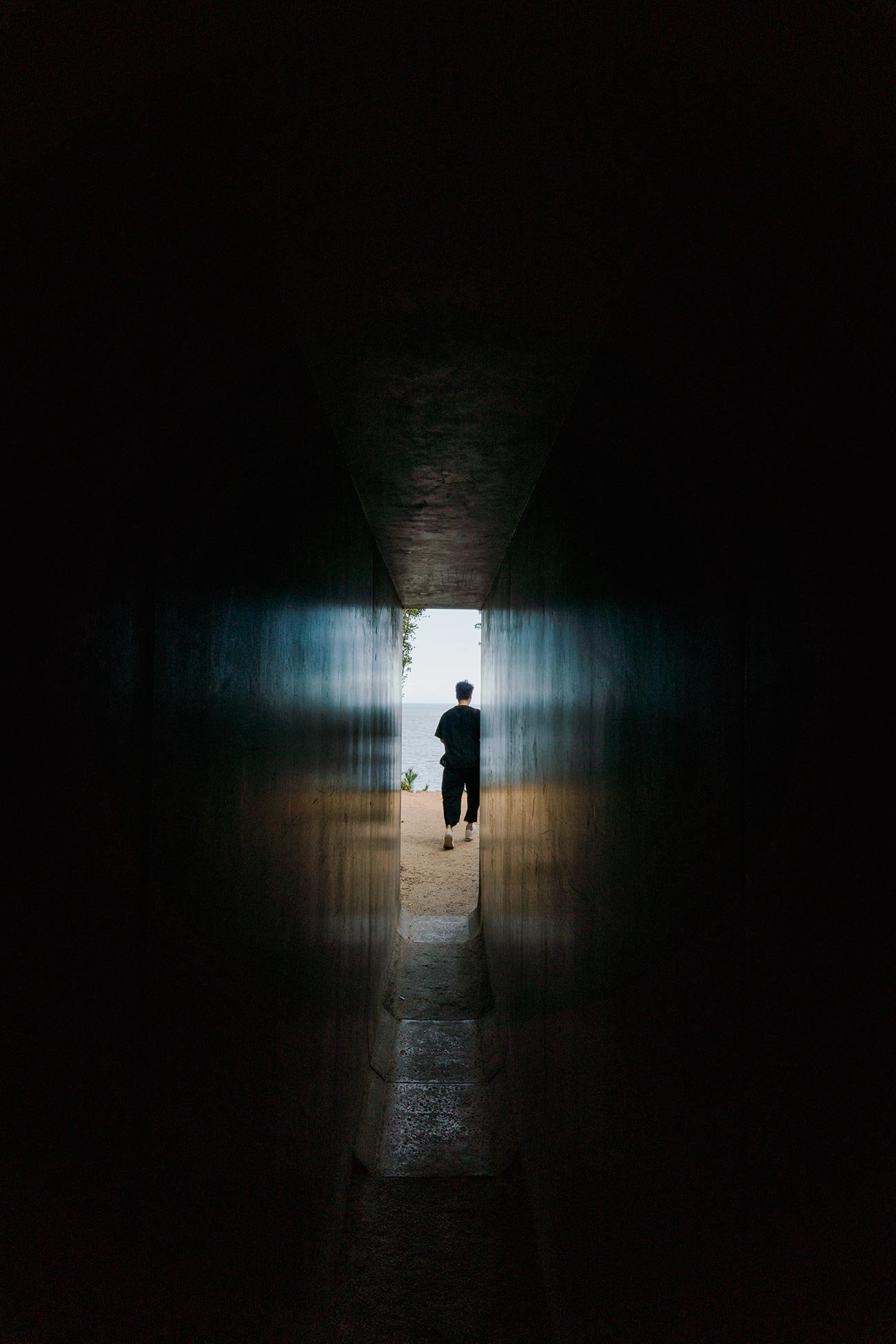

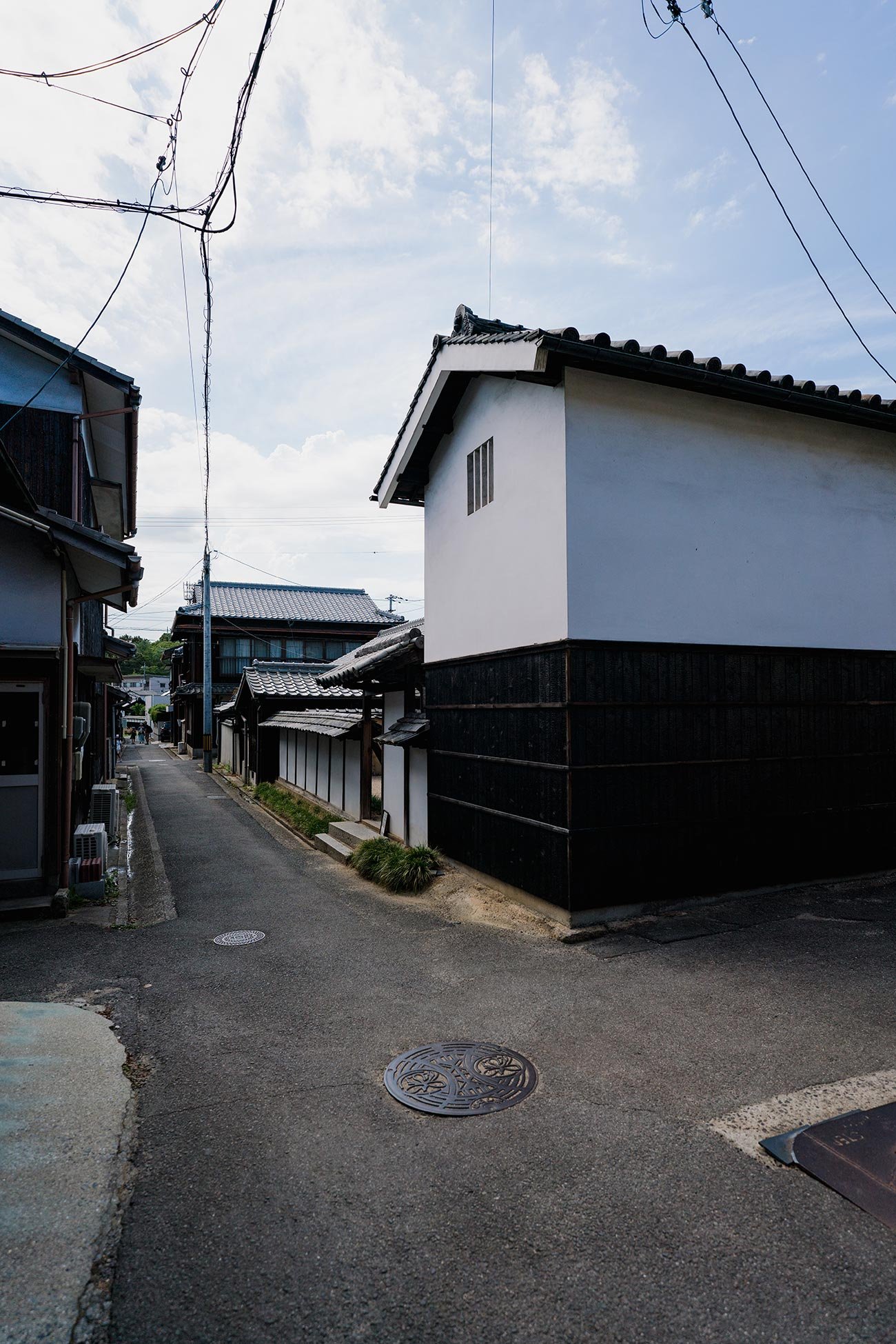
One of the highlights of Honmura is the Art House Project, a visionary endeavor that has reimagined this charming Japanese village as a captivating open-air contemporary art museum. It involves the conversion of traditional Edo-period (17th-19th century) houses into captivating art spaces. Initiated in the late 1990s, this project was born as an integral part of the broader Benesse Art Site Naoshima, which aspires to fuse art, architecture seamlessly, and the island's natural surroundings. Renowned artists and architects of international acclaim have made significant contributions to this undertaking by crafting unique and thought-provoking installations within these historically significant structures.
The village's serene atmosphere and the integration of art into its fabric make for a serene and contemplative visitor experience. It's a place where you can take your time exploring each installation, reflecting on the art, and soaking in the village's ambiance. This truly feels like a testament to the power of art to rejuvenate and revitalize communities while preserving their cultural heritage. It has made Honmura and Naoshima Island as a whole a must-visit destination for art enthusiasts, offering a unique blend of tradition and innovation.
Ando Museum
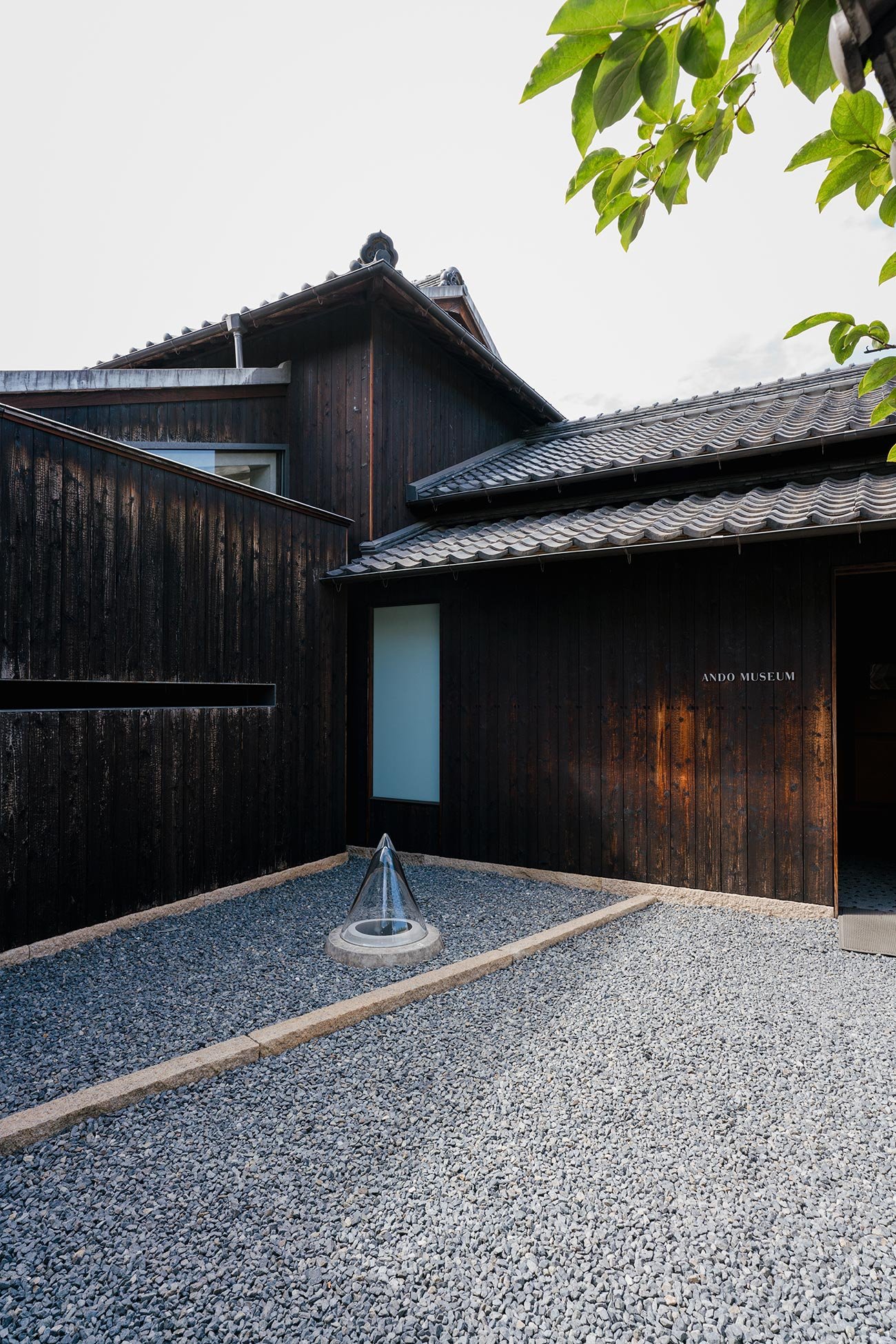
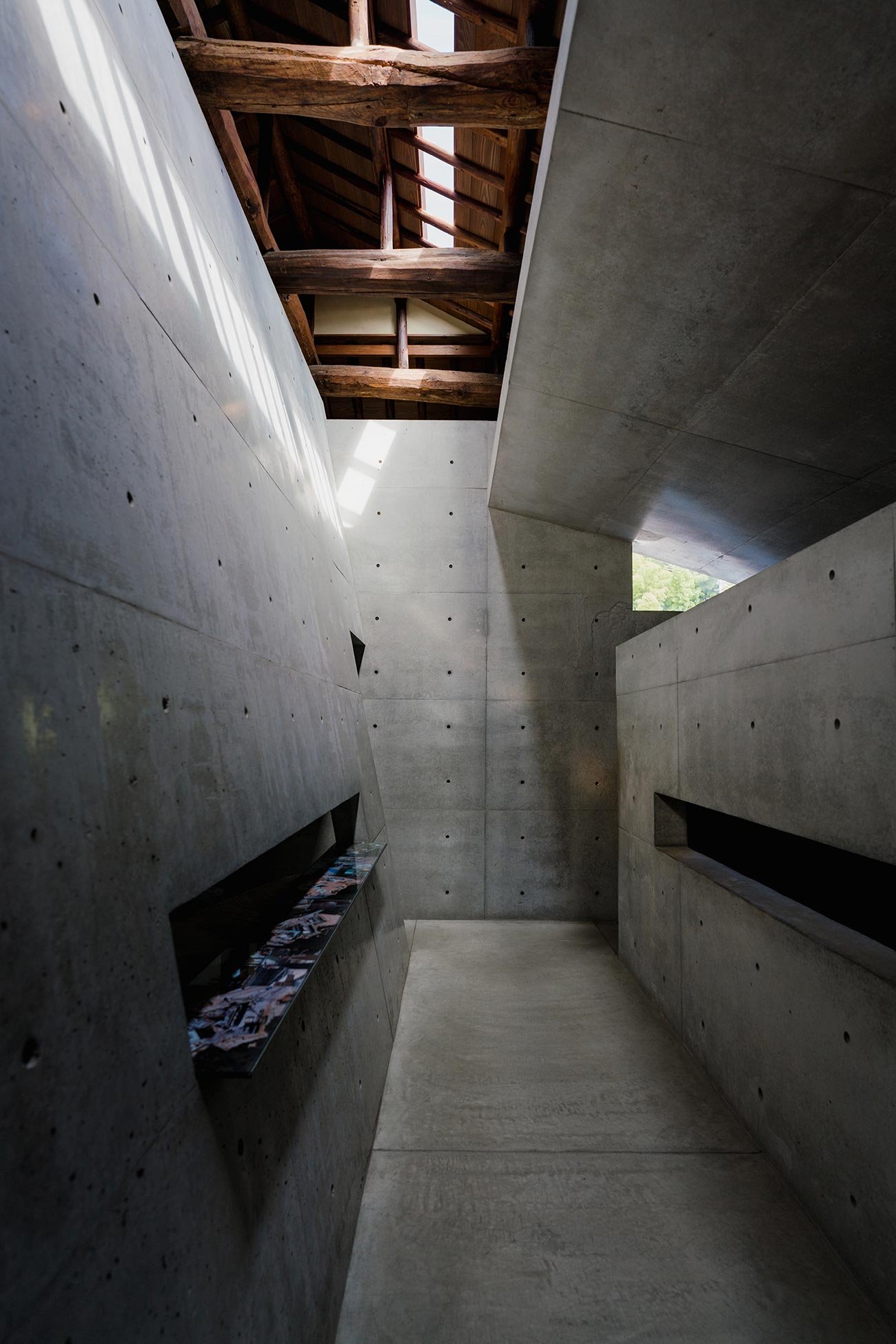
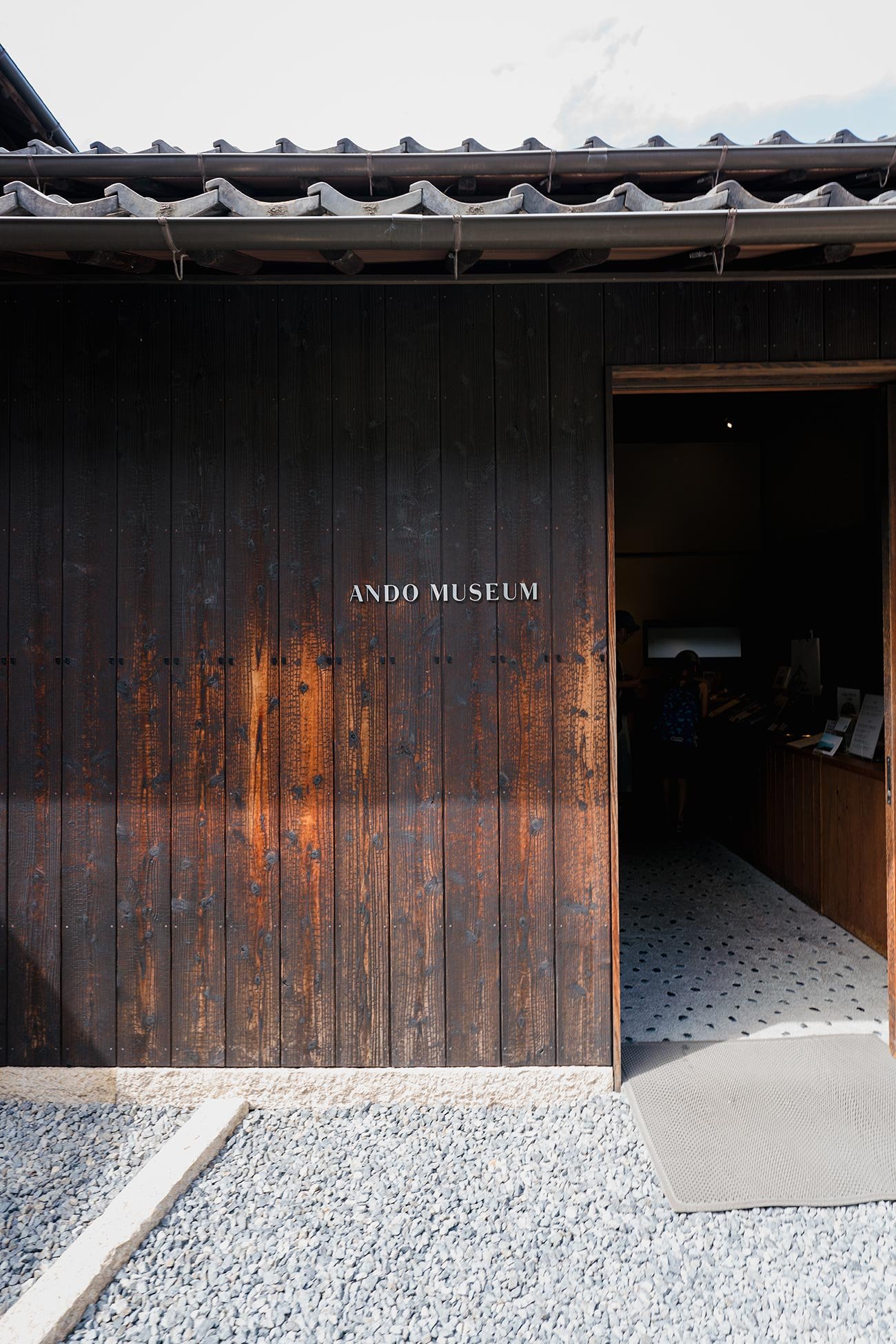
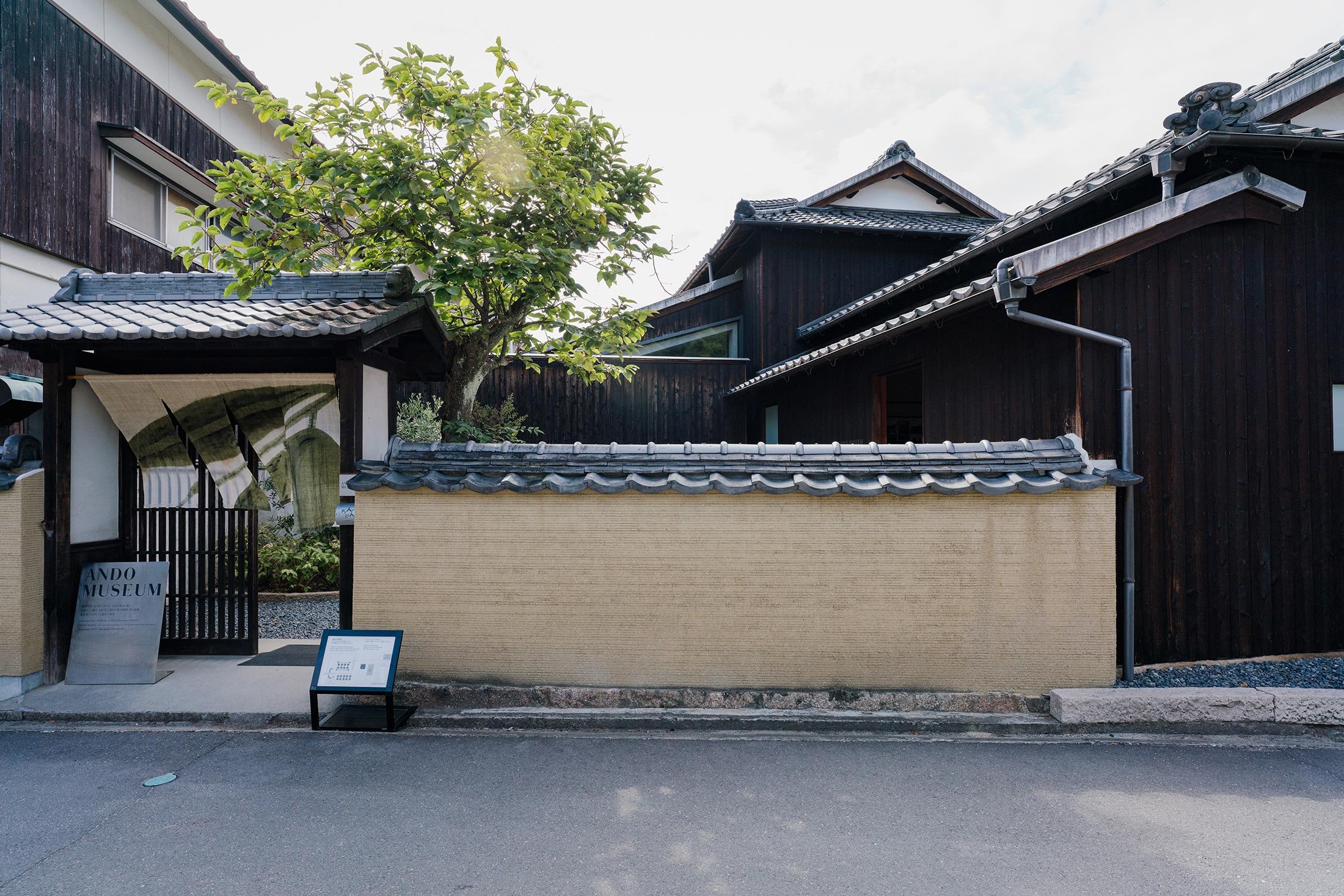
Ando Museum is Tadao Ando’s own namesake museum within the village of Honmura, situated inside a 100-year-old timber house. Inside, visitors encounter a fascinating interplay of contrasting elements—past and present, wood and concrete, light and shadow—creating a space that encapsulates the very essence of Tadao Ando's architectural philosophy. Within the museum, you can delve into the world of Tadao Ando and gain insights into both his architectural creations and the history of Naoshima. This journey unfolds through a collection of photographs, sketches, and architectural models. Additionally, you'll witness how the museum itself has breathed new life into this venerable old house, rejuvenating it for the present while preserving its historical significance. It had the essence of his solo exhibition 'Tadao Ando-Youth' that we had seen at Museum SAN in Wonju, Korea, but condensed into a smaller space.
Ryokan Roka
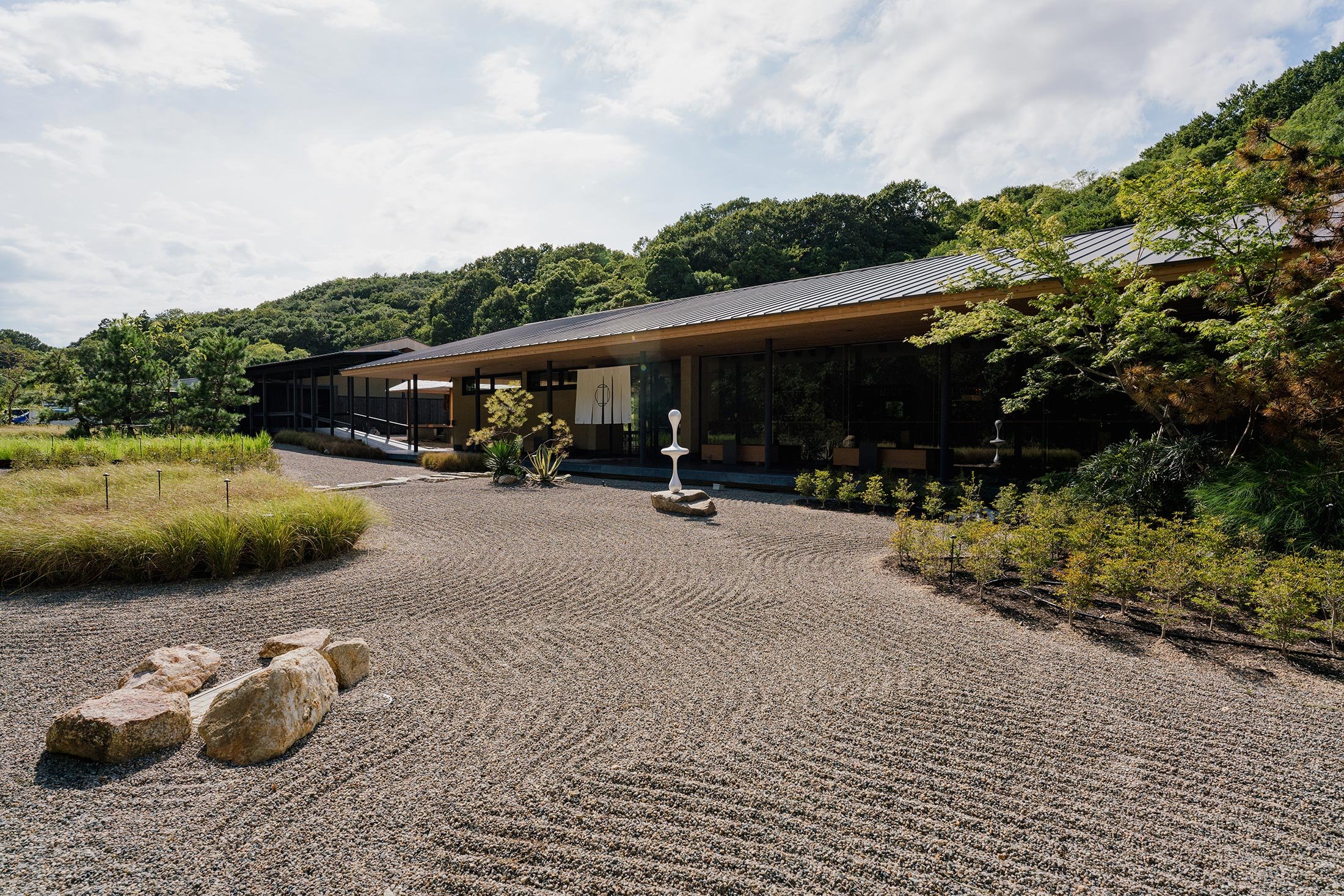
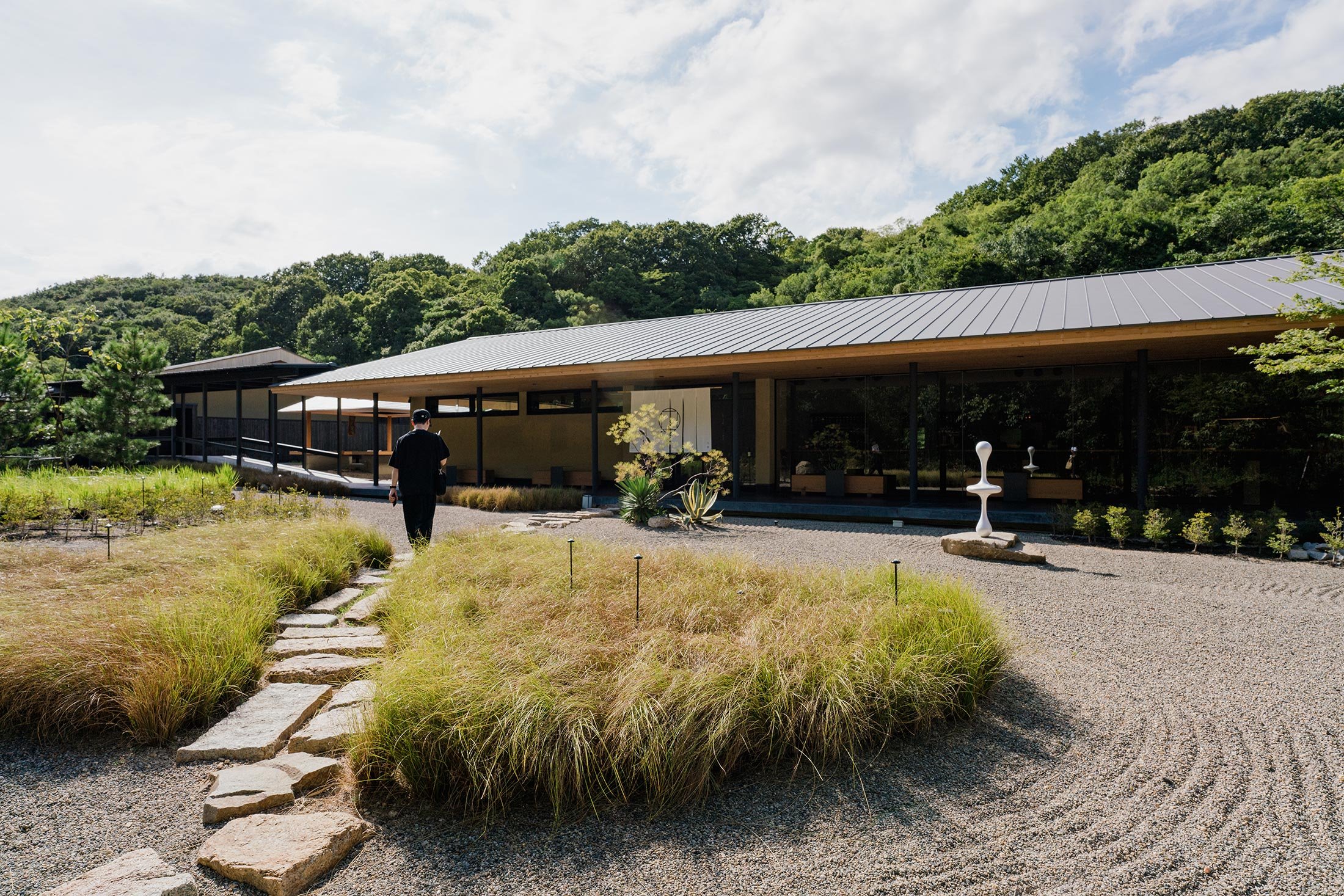
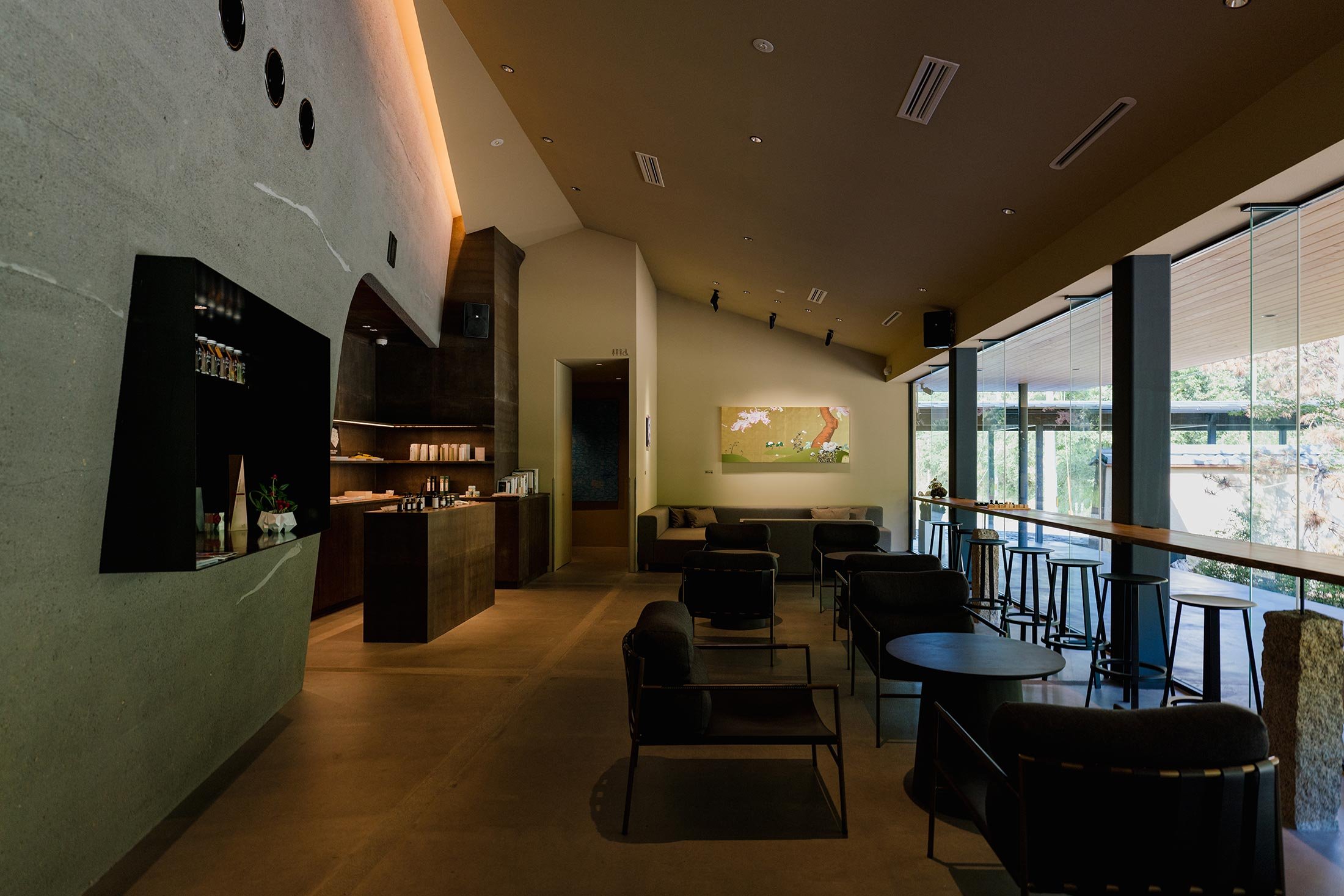
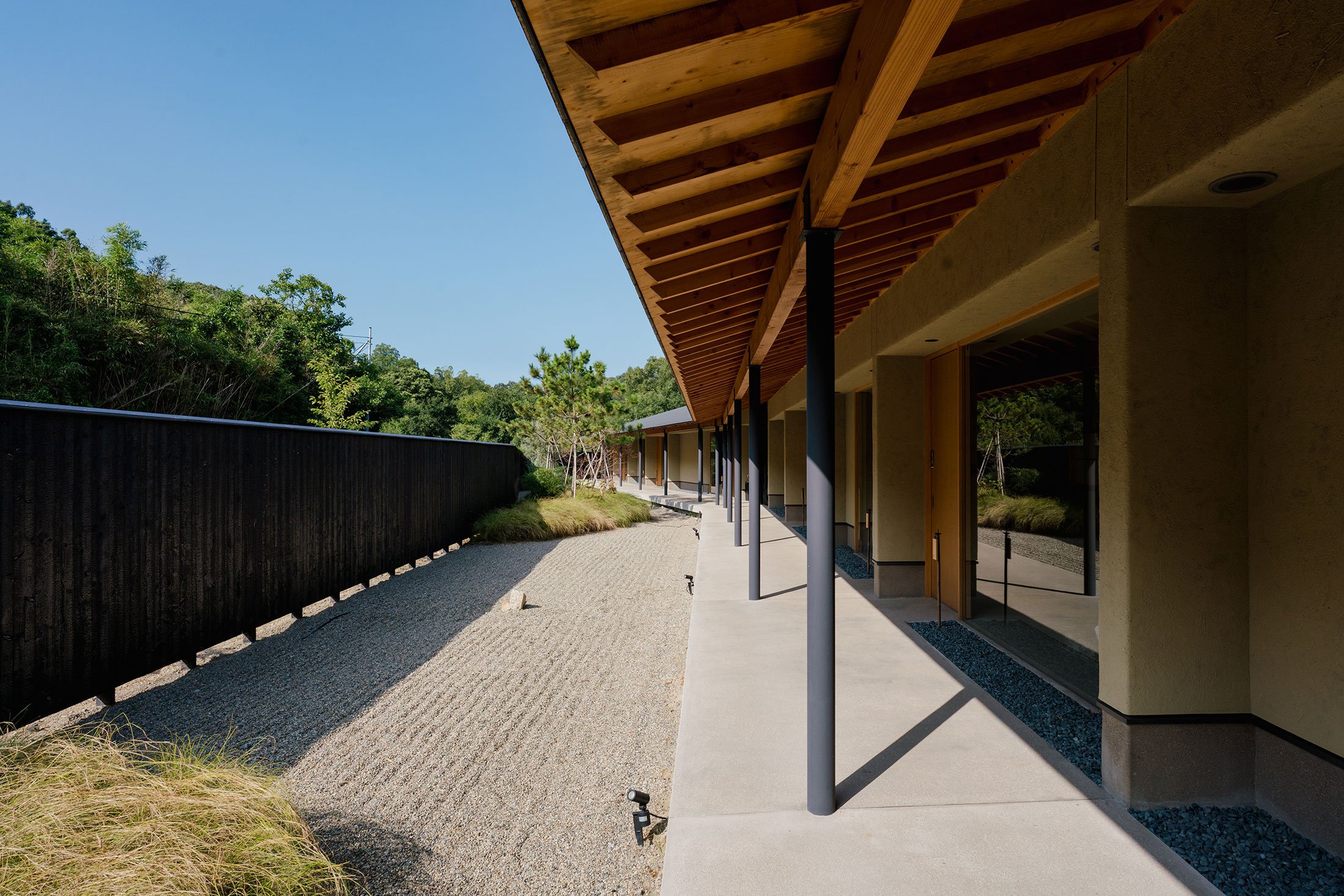
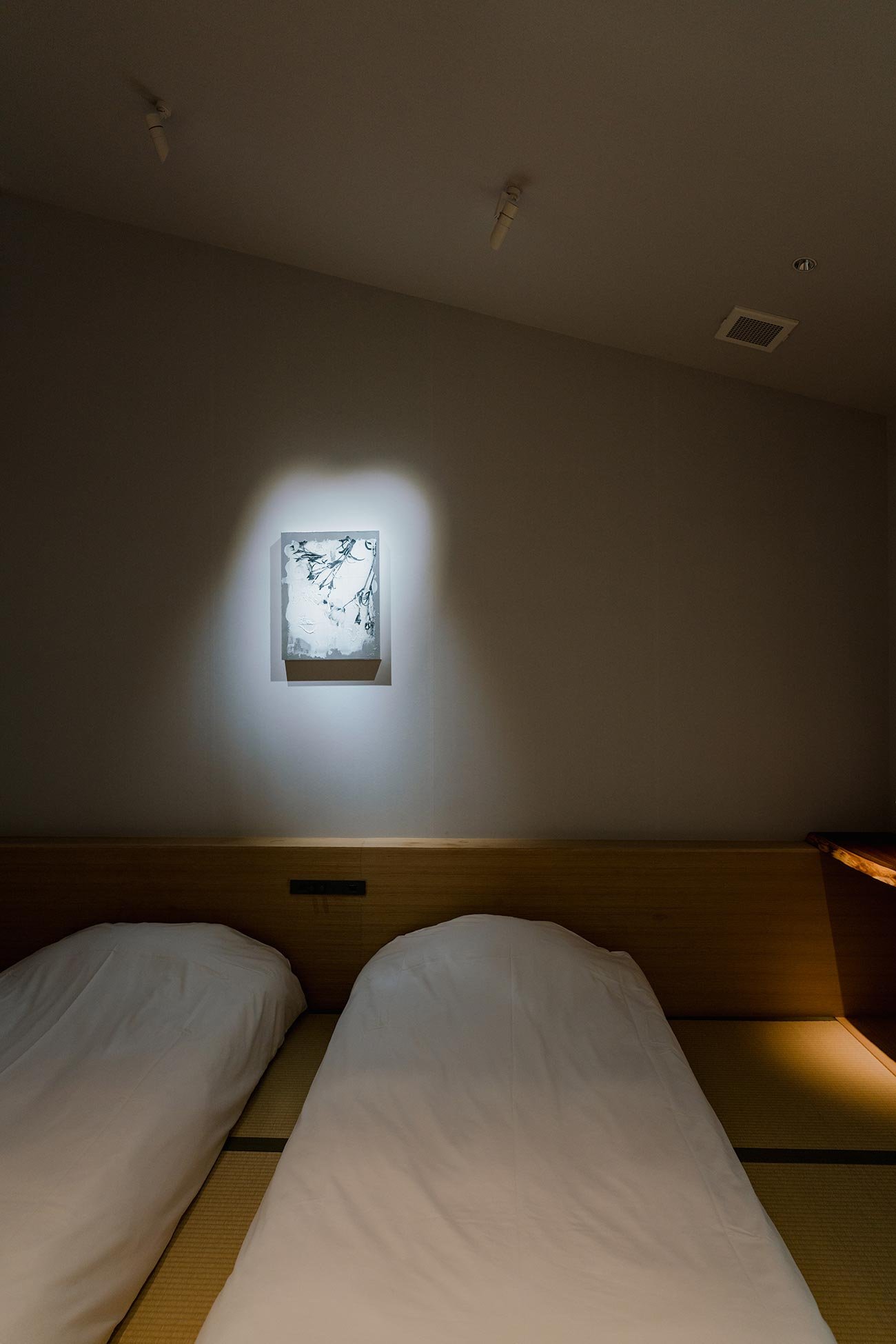
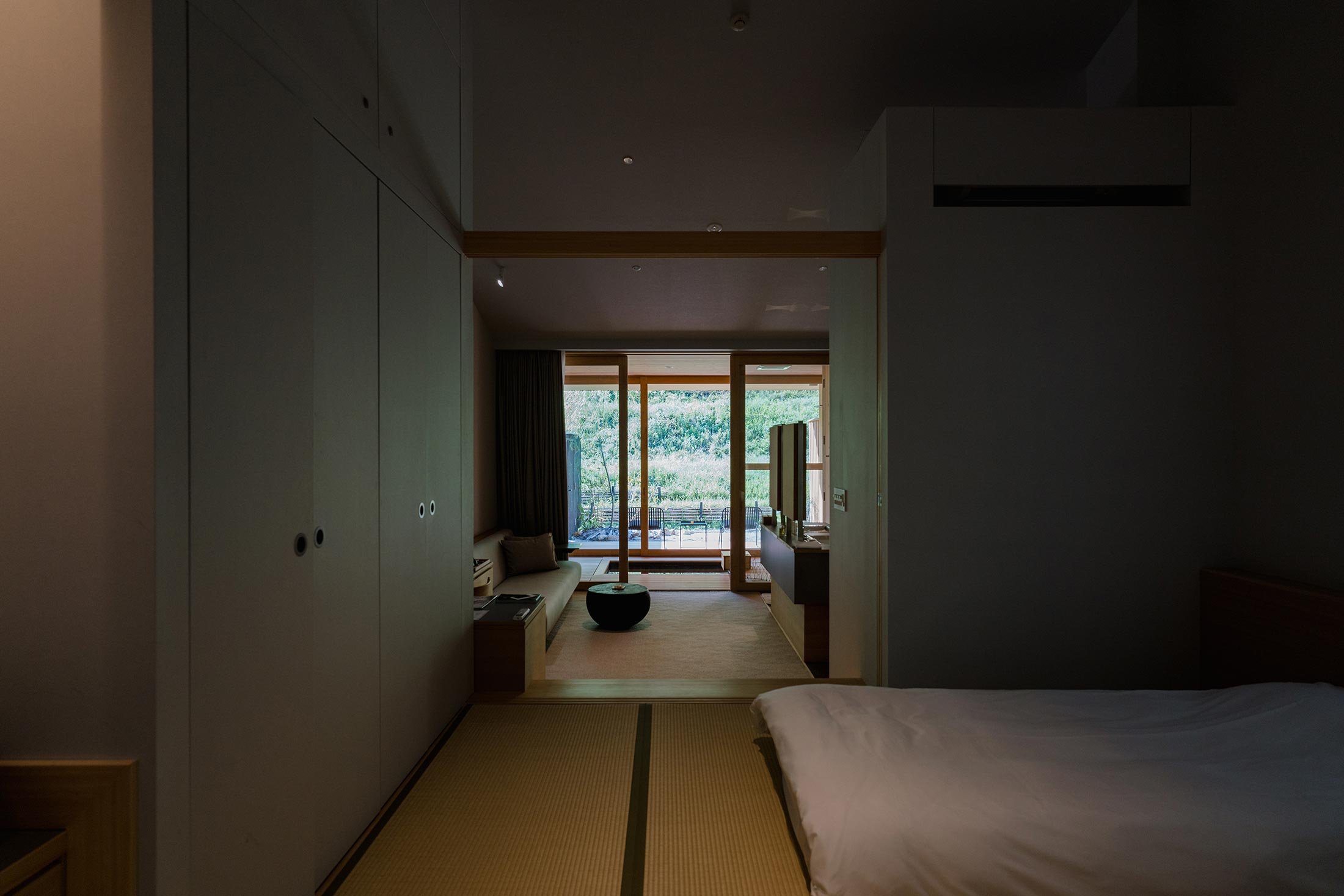
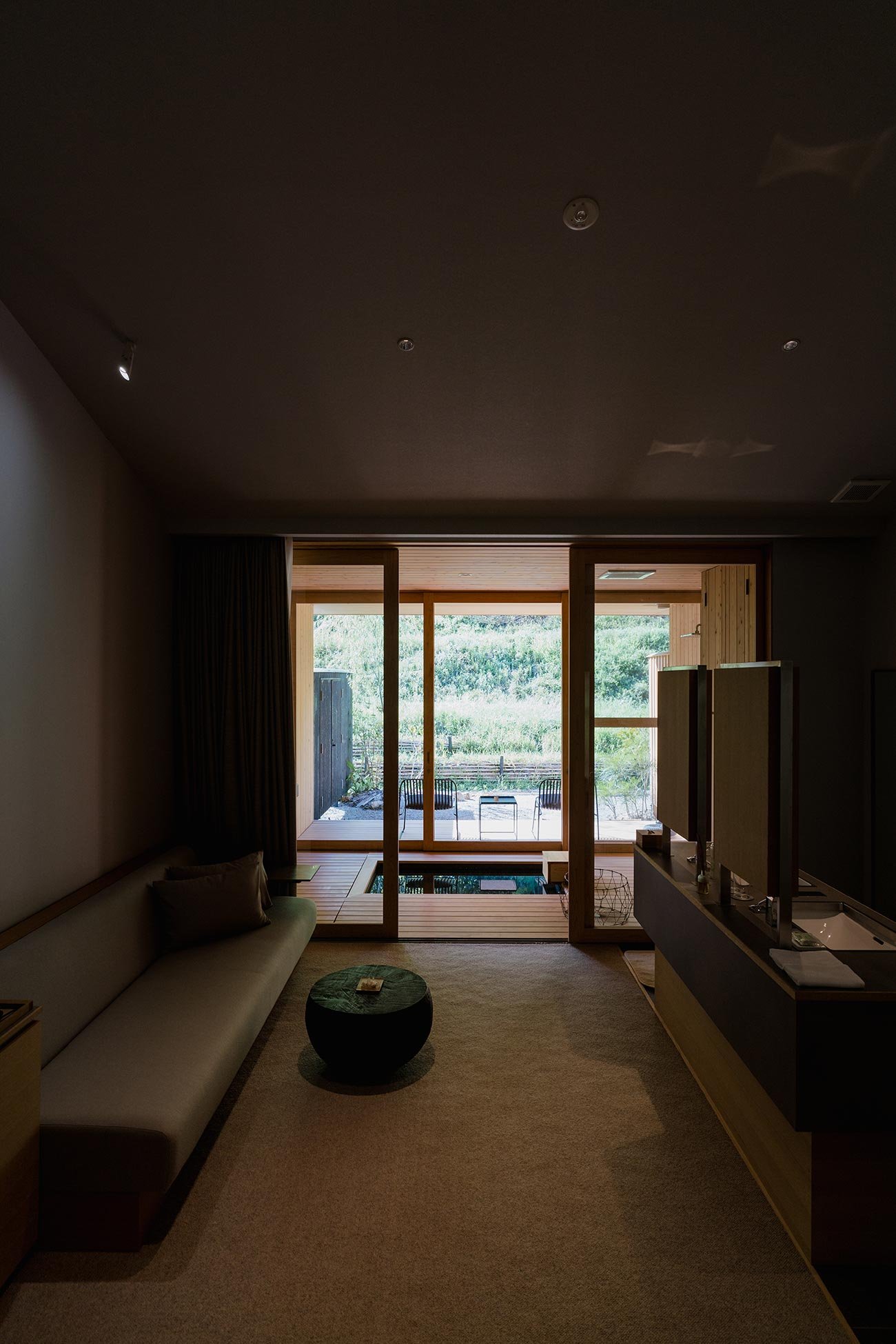
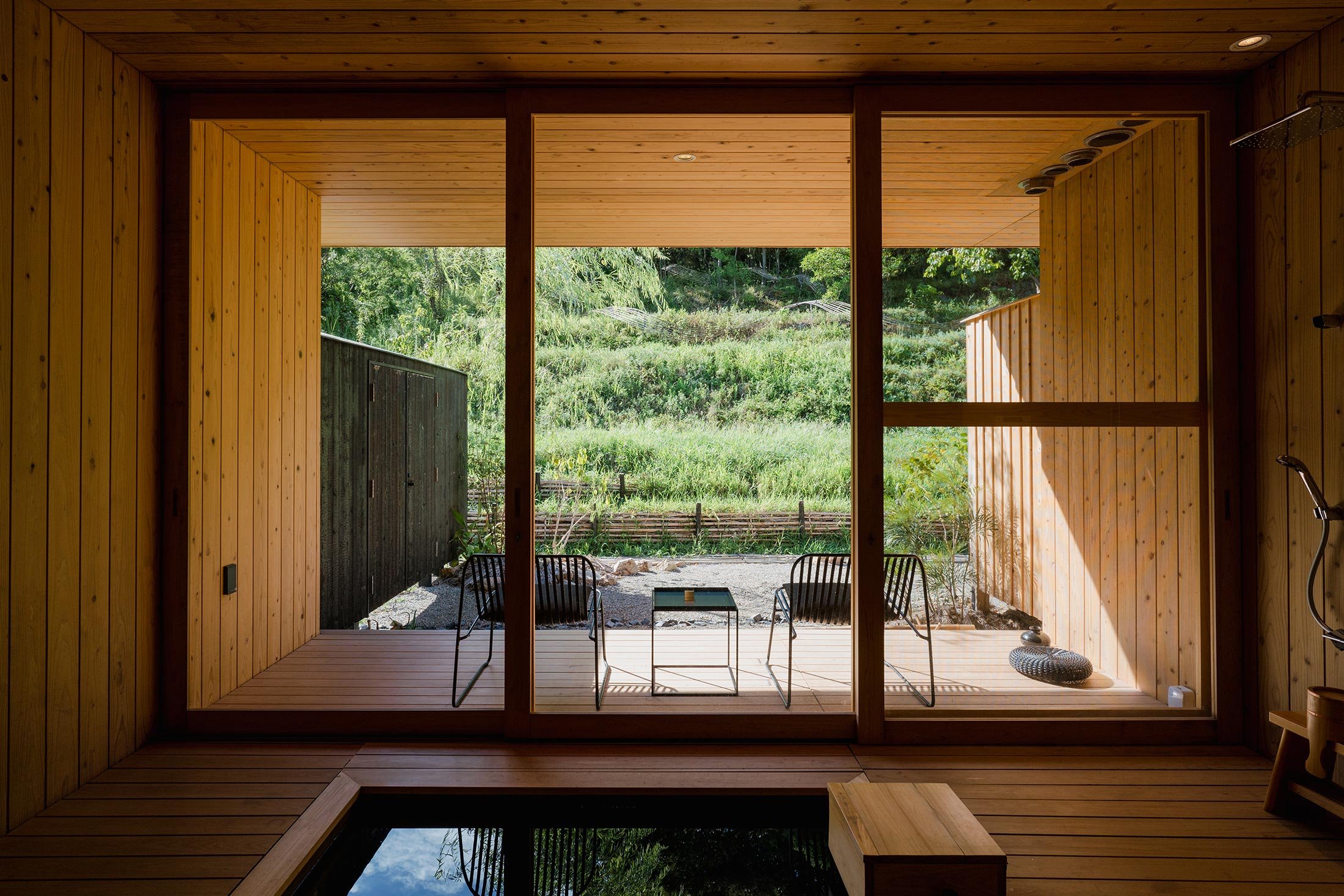
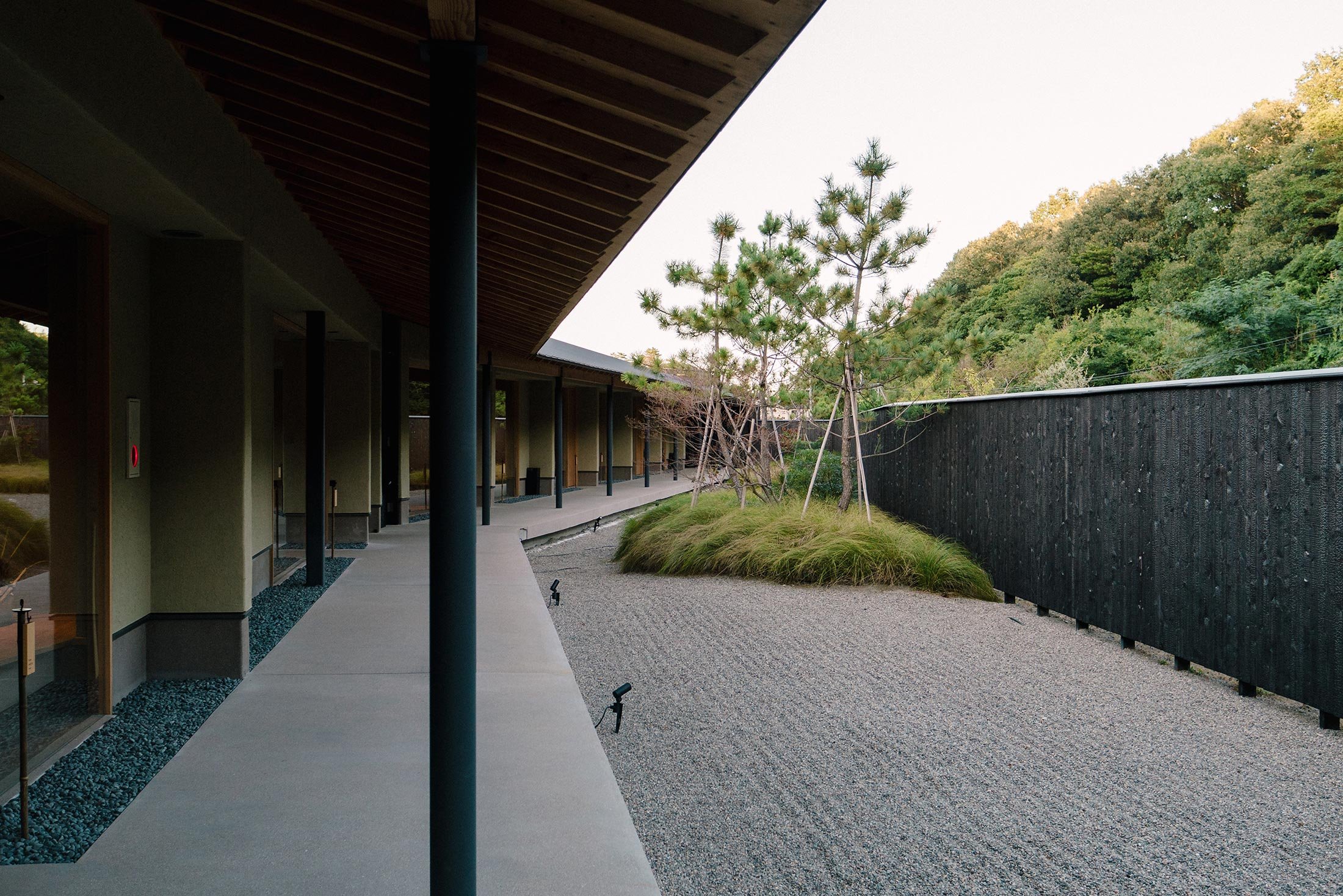
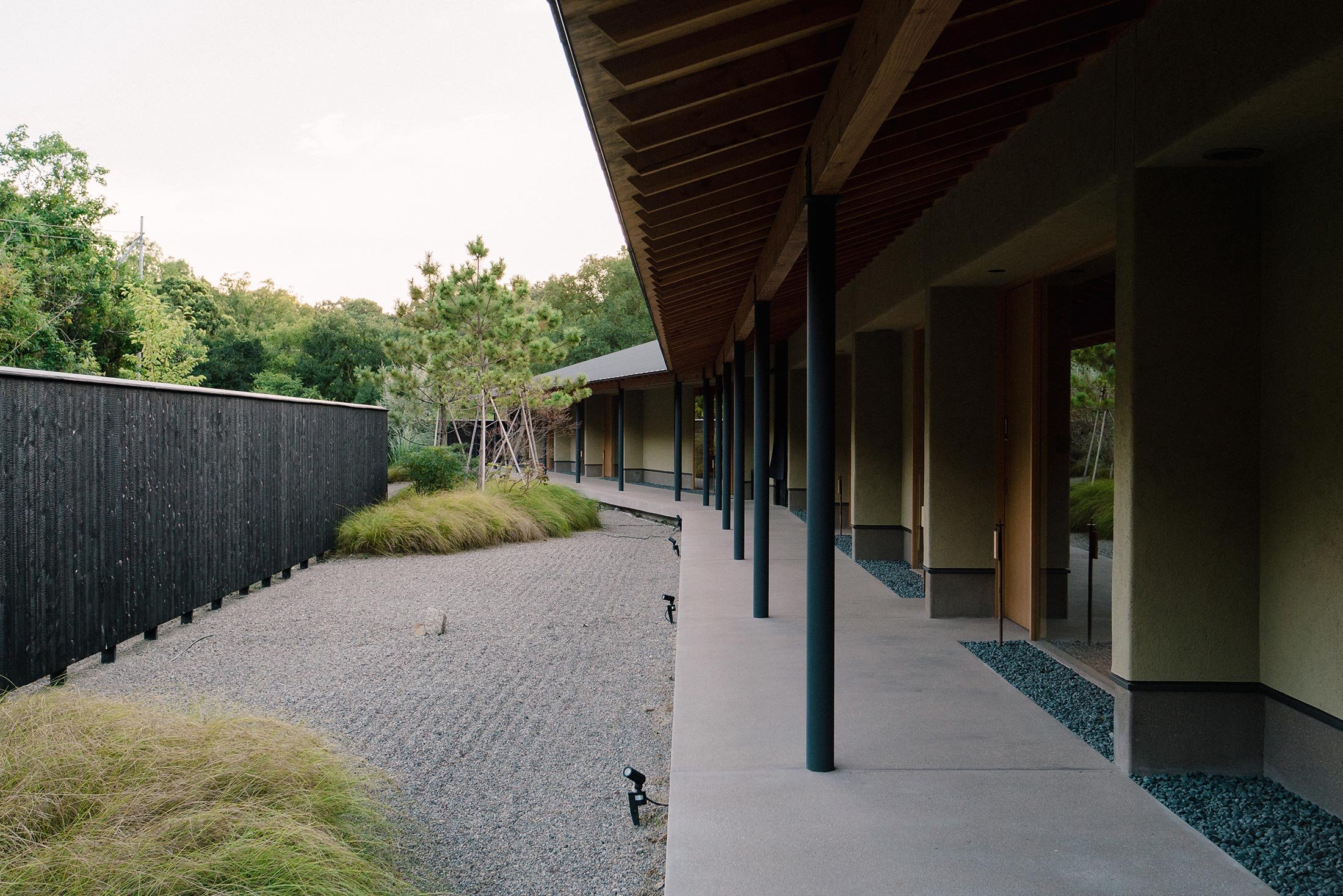

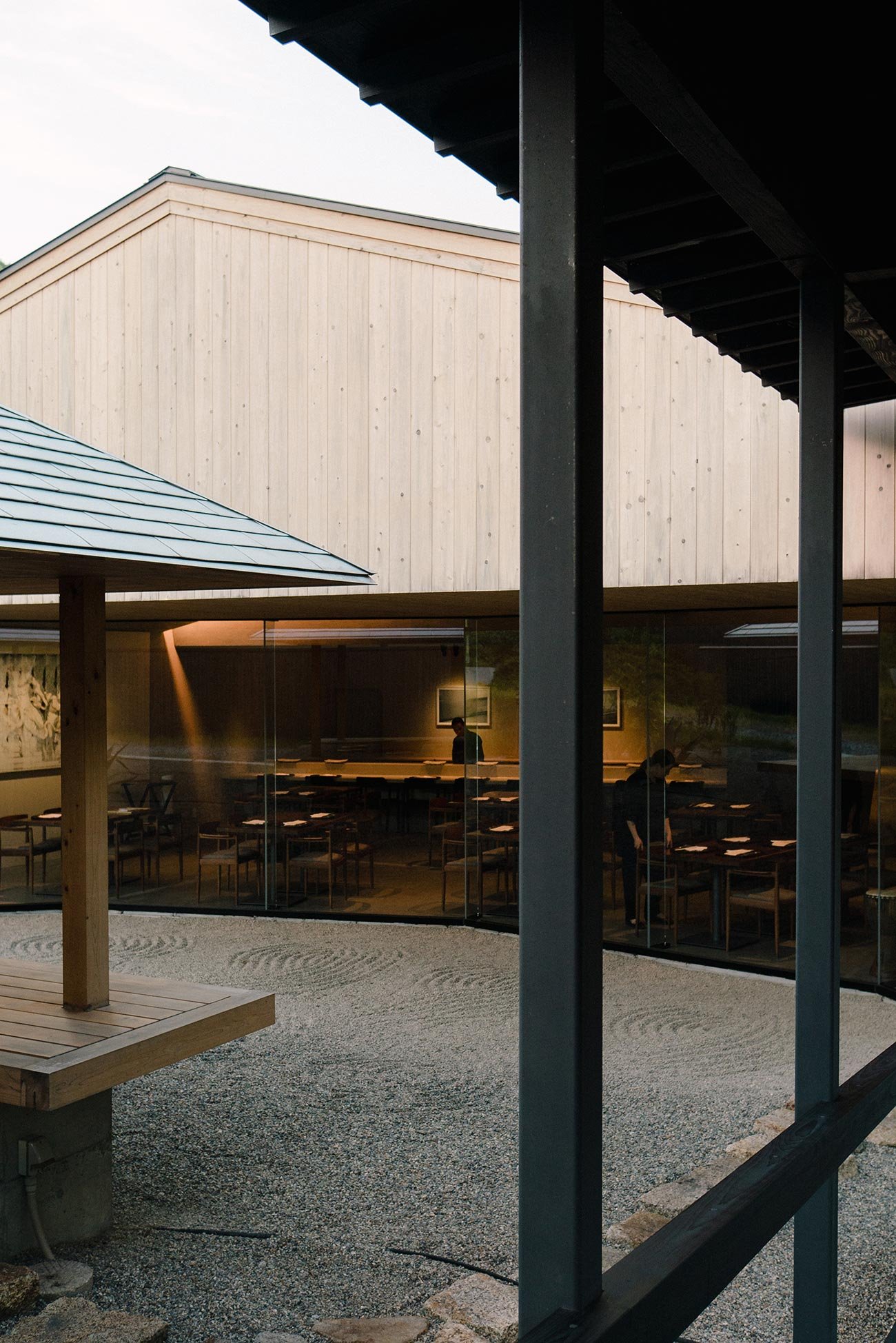
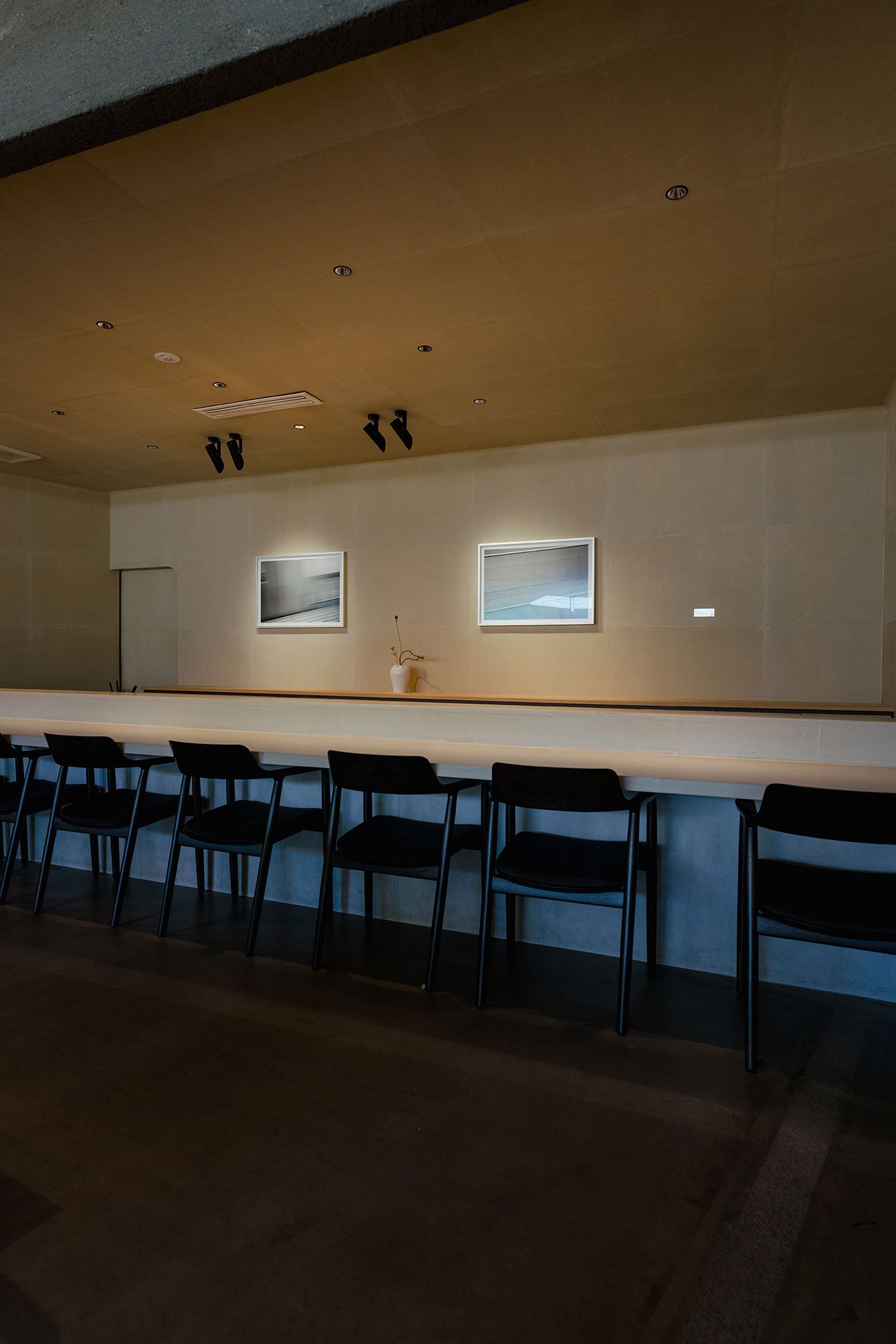
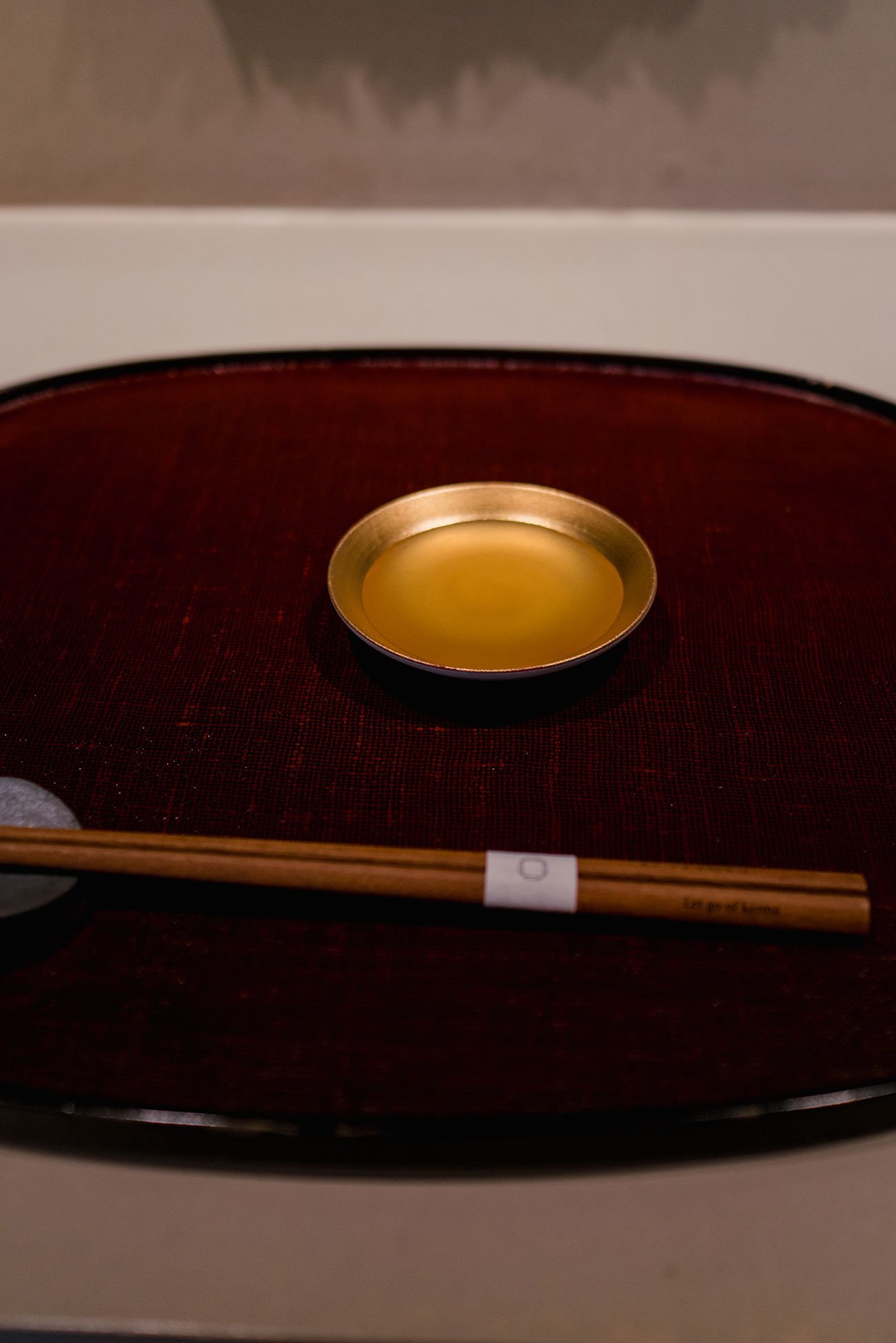

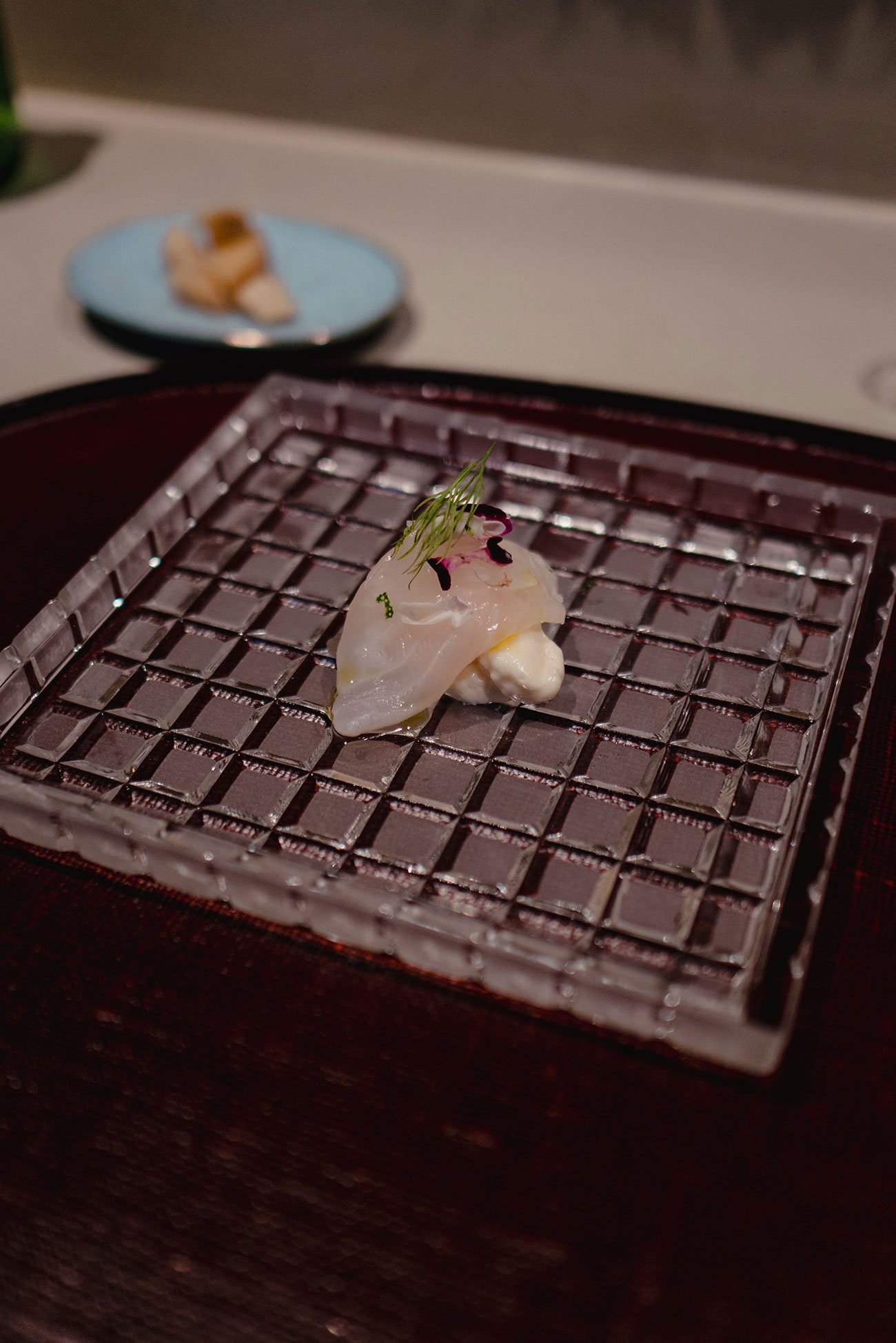
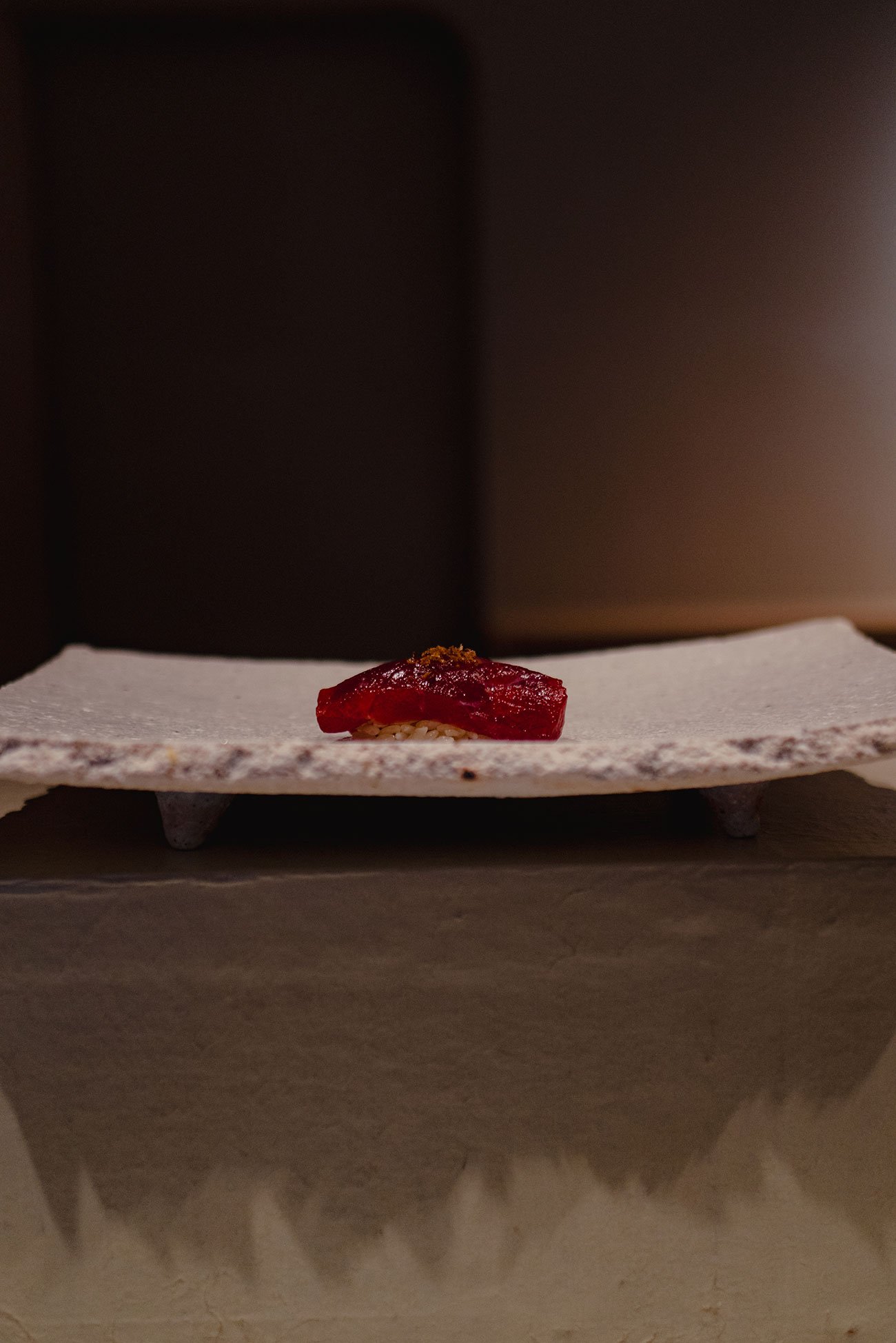
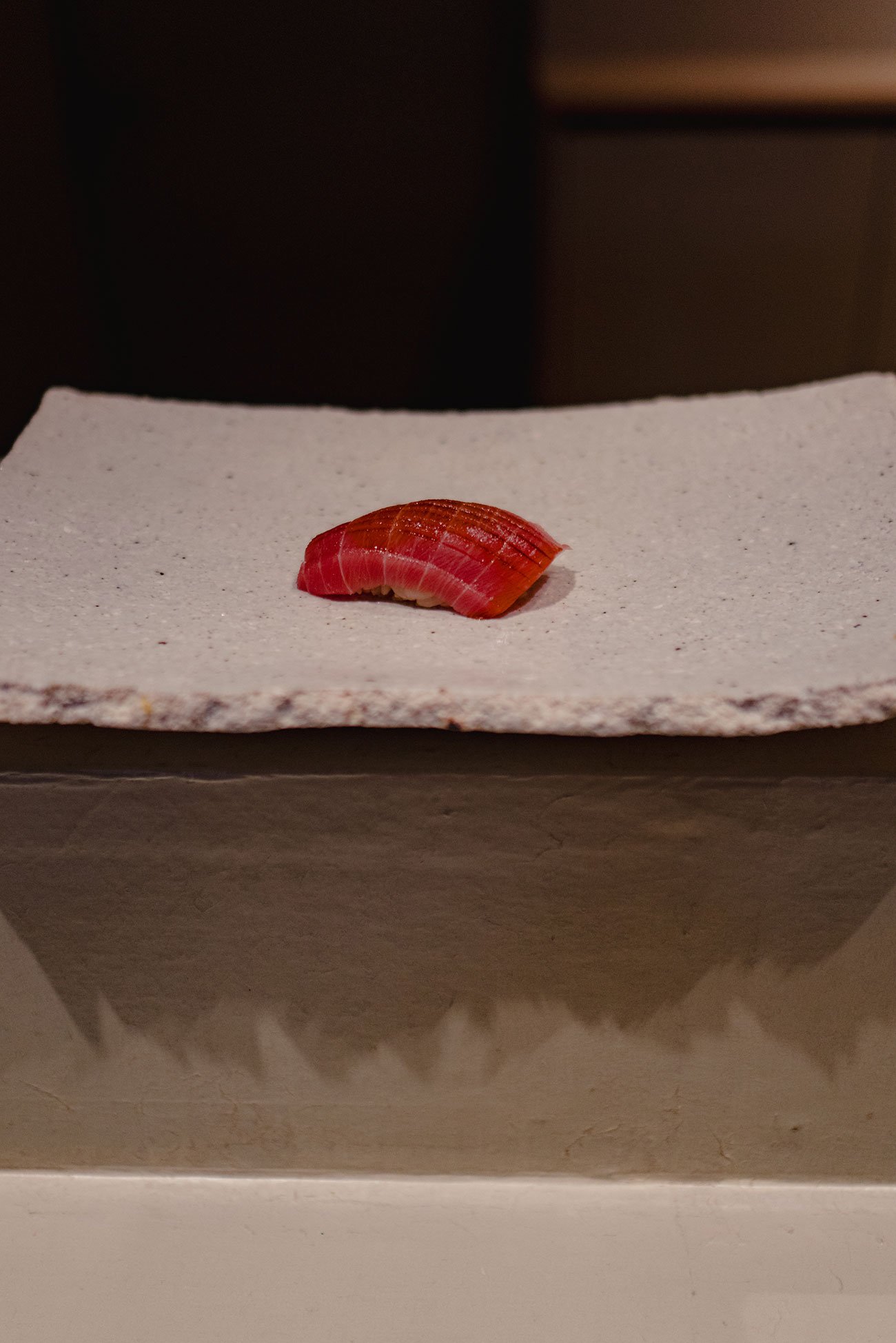
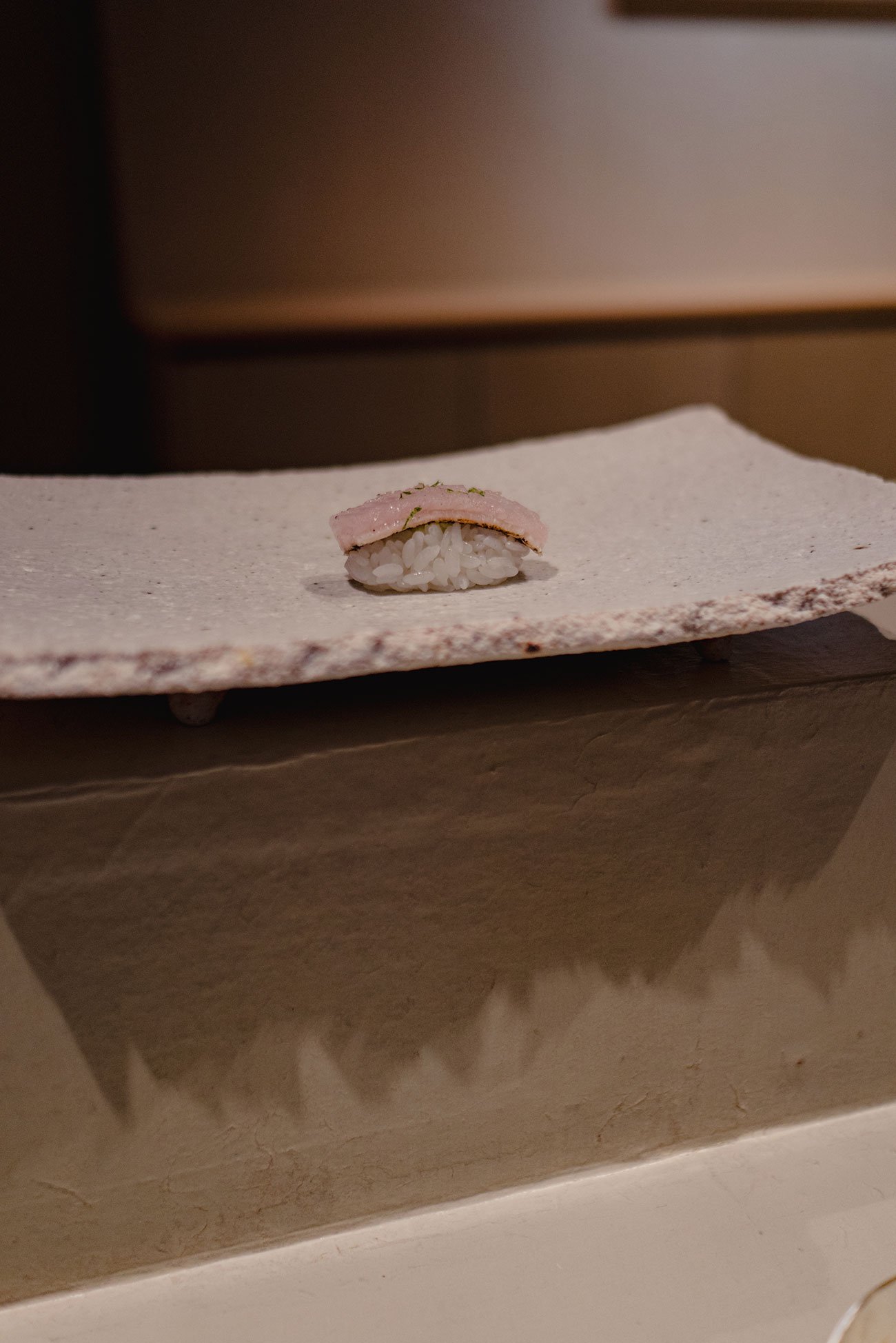

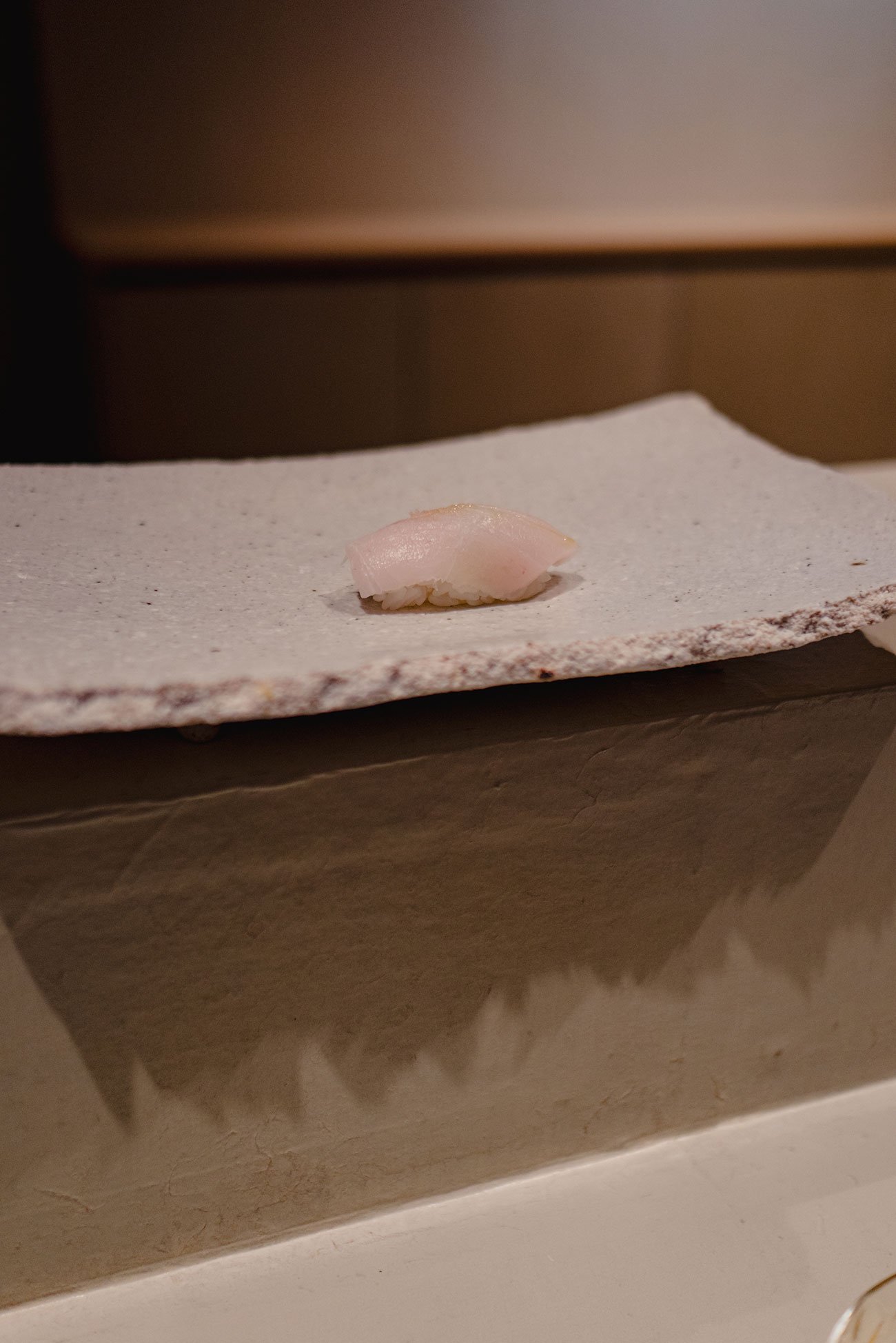
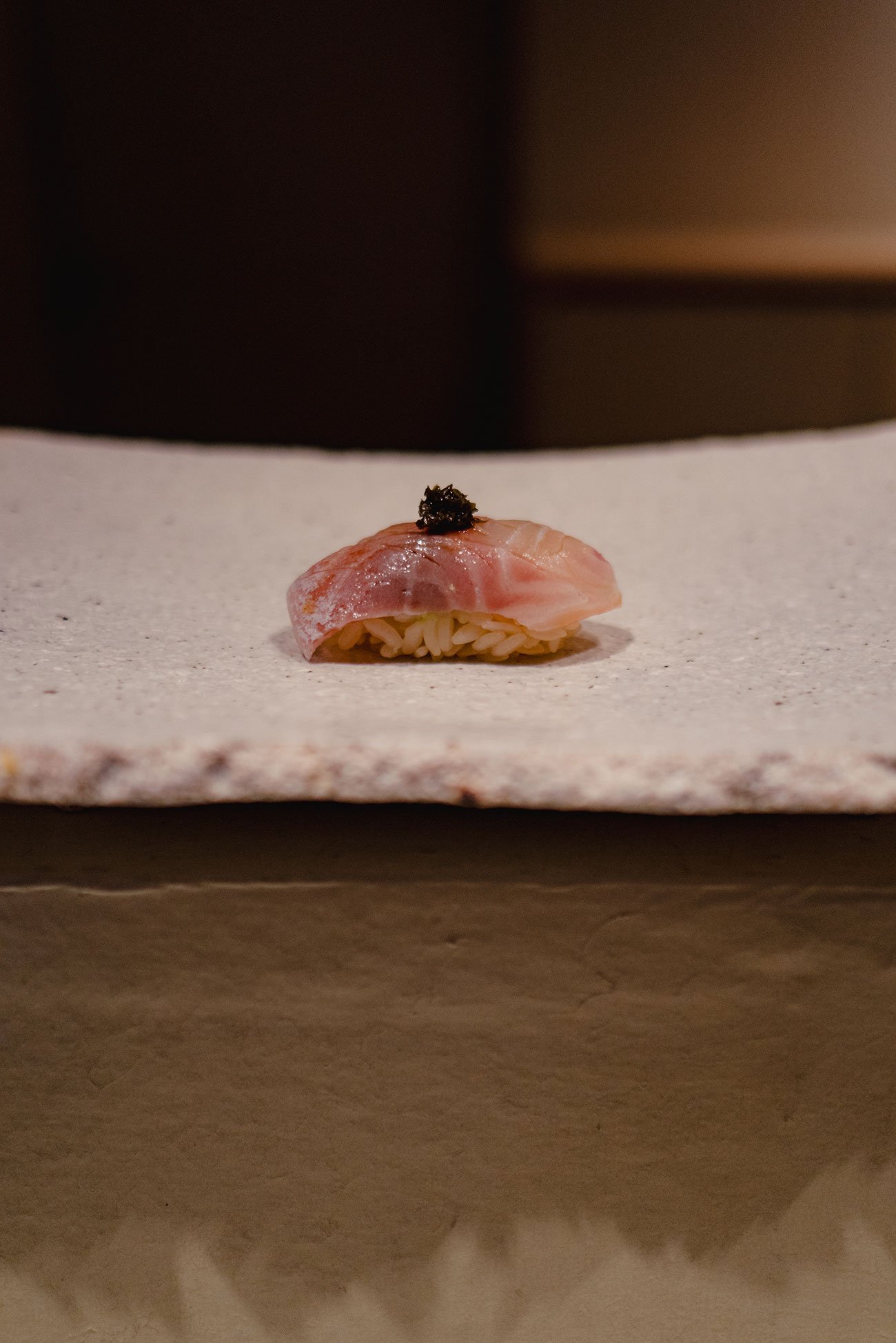
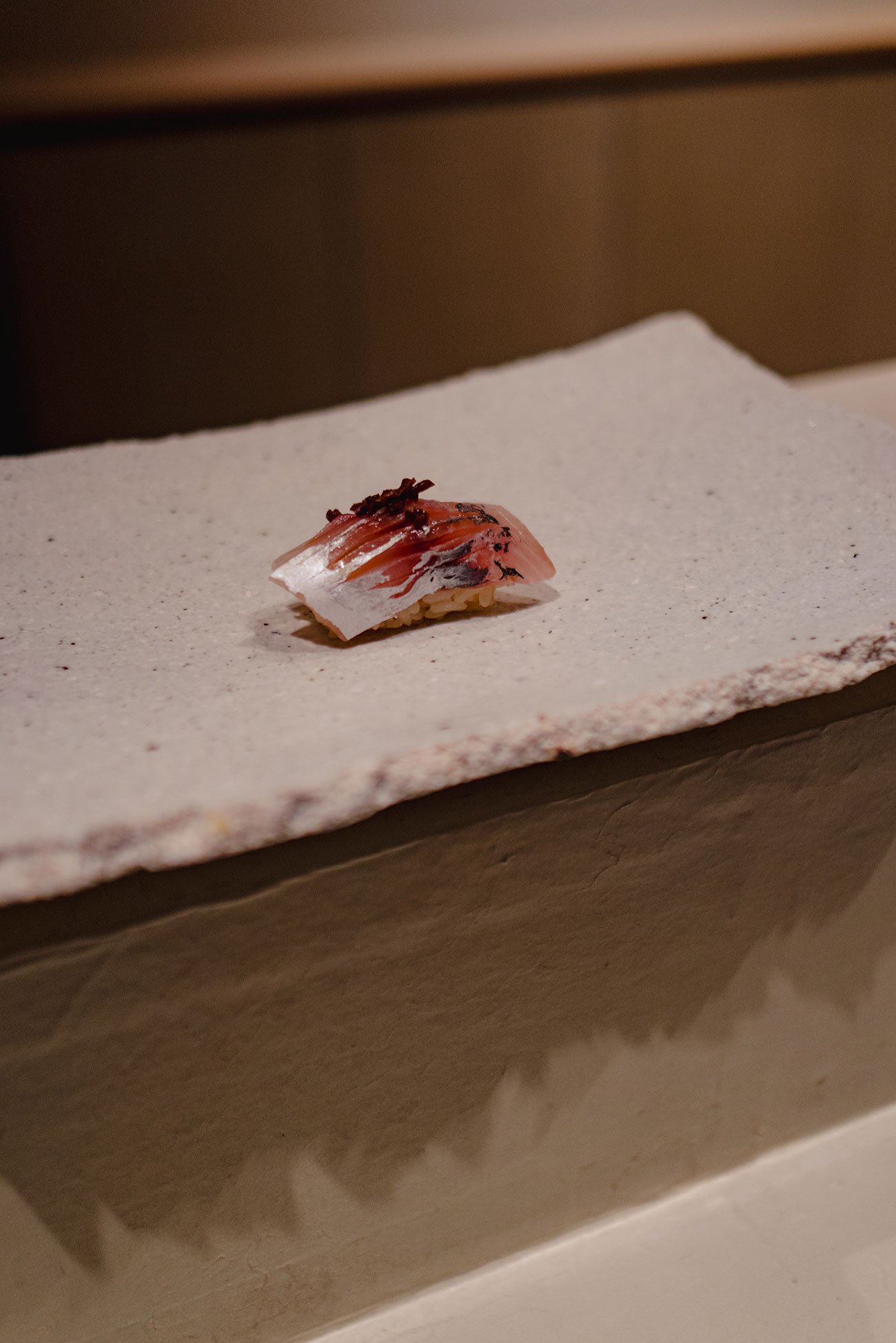
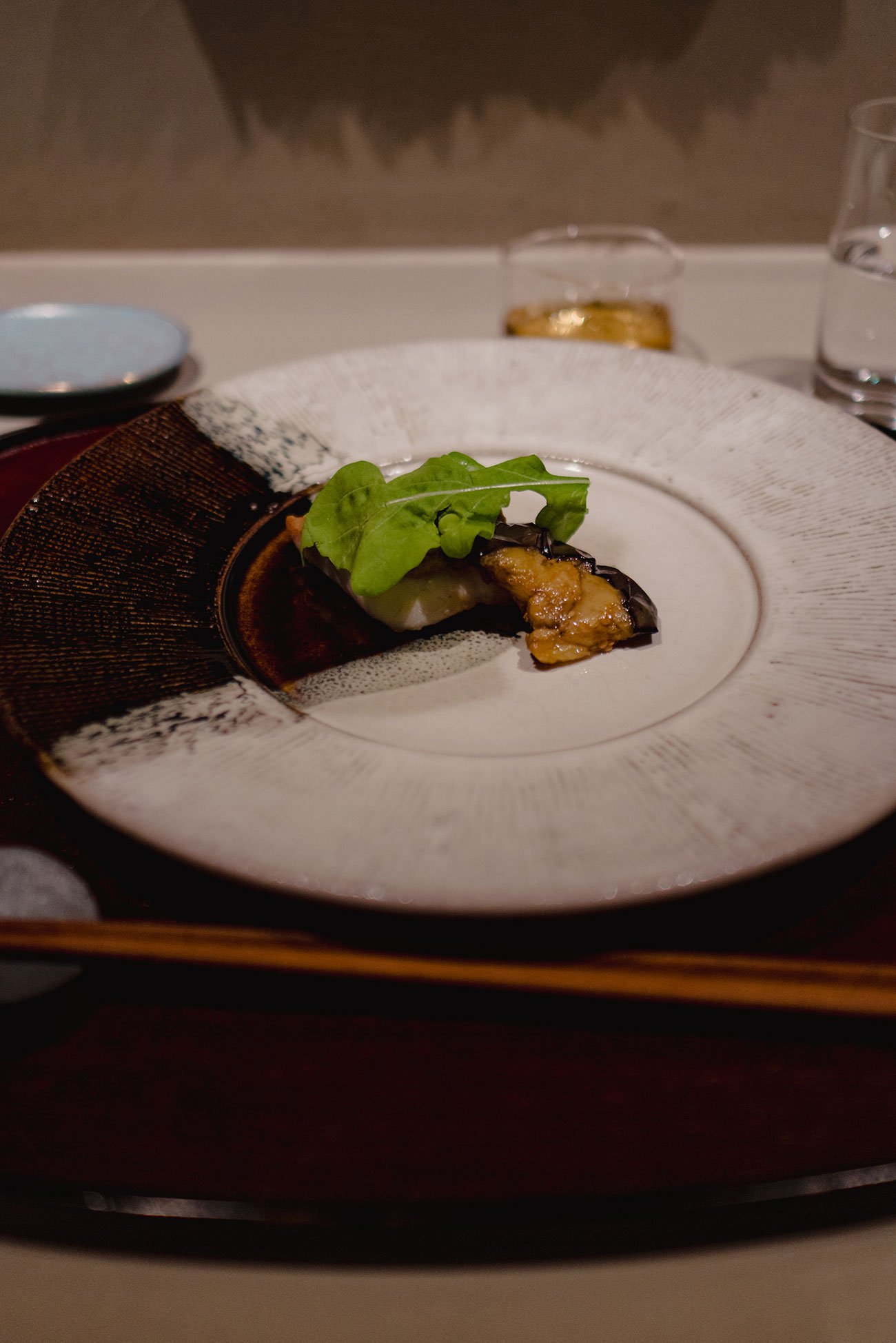
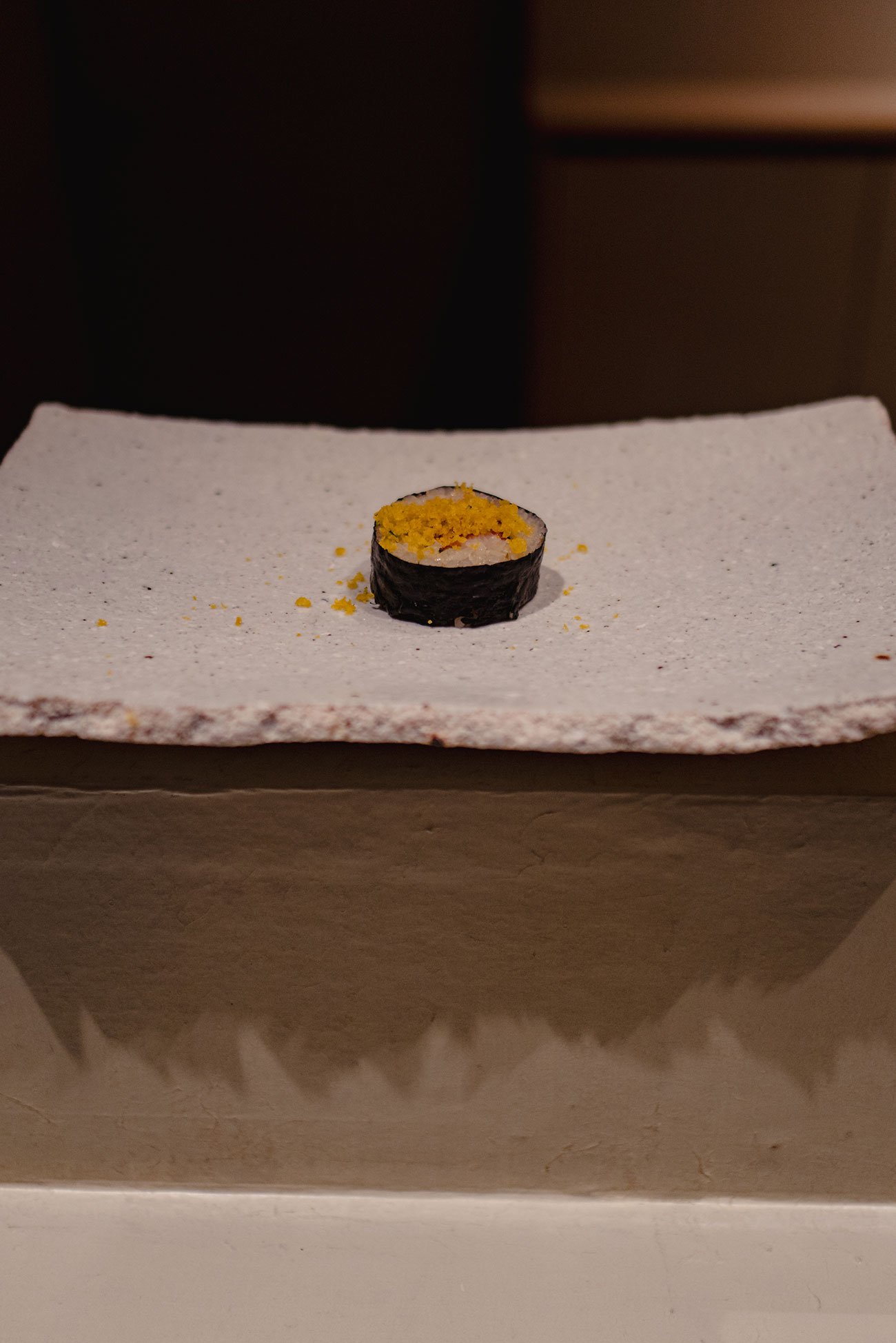
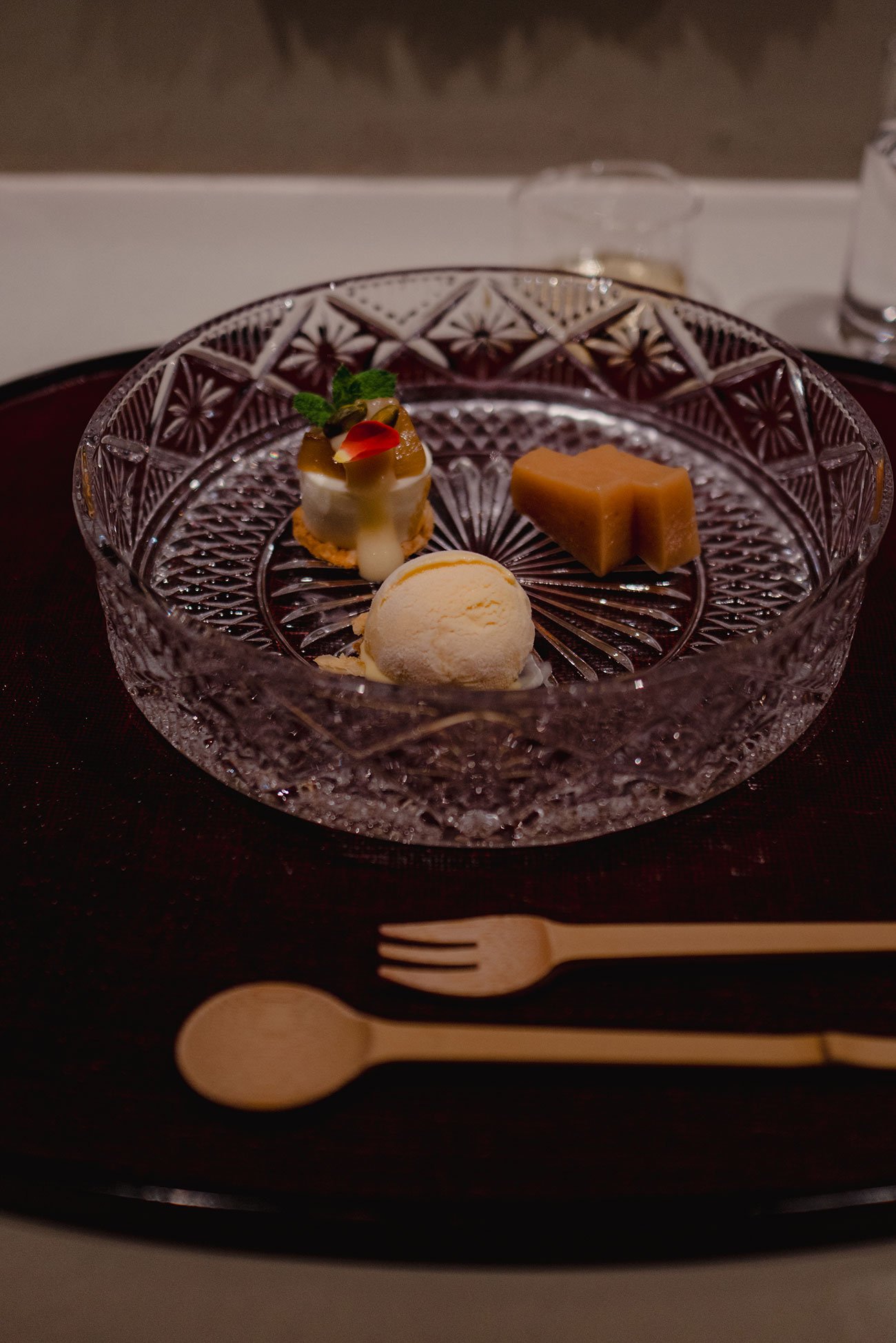
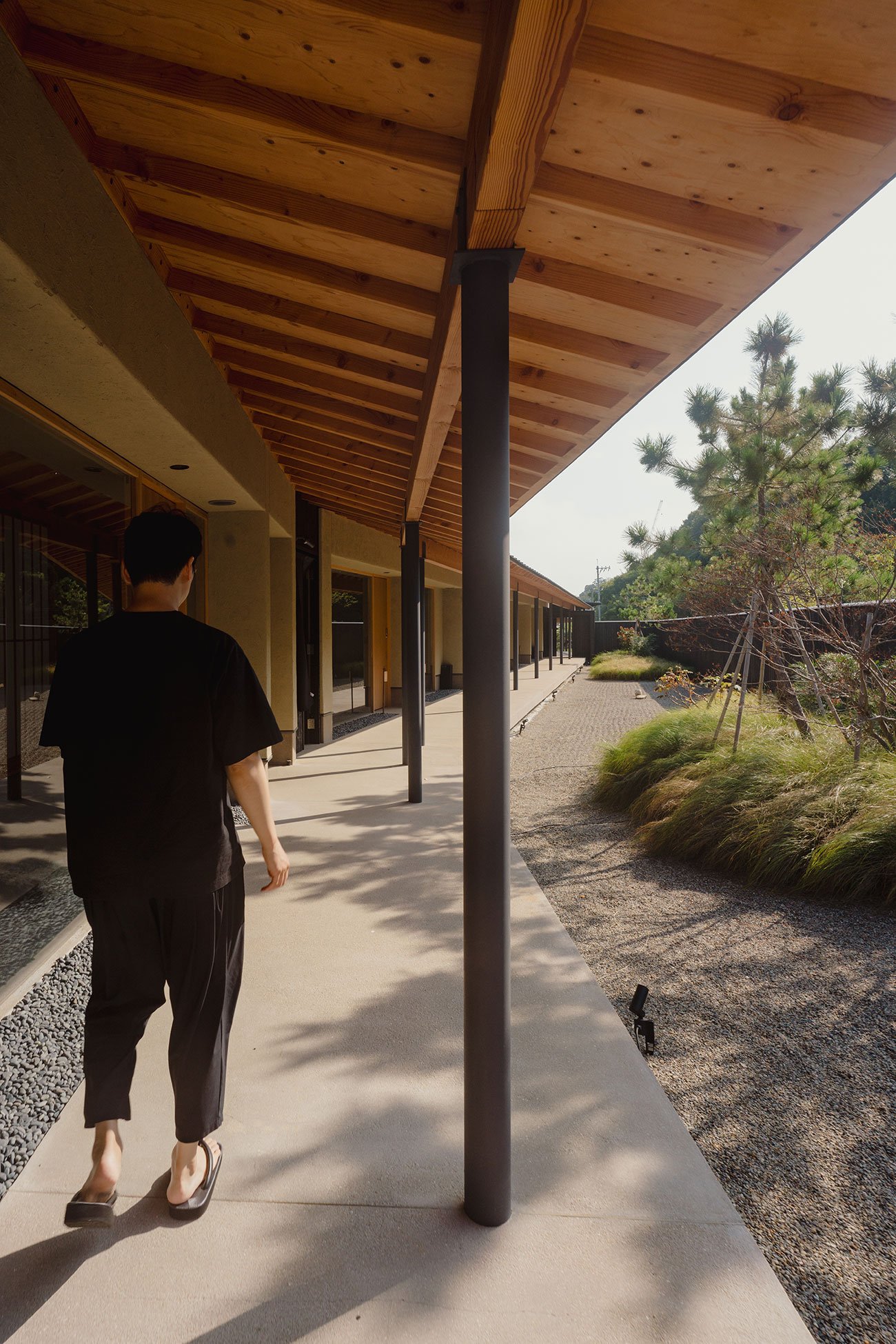
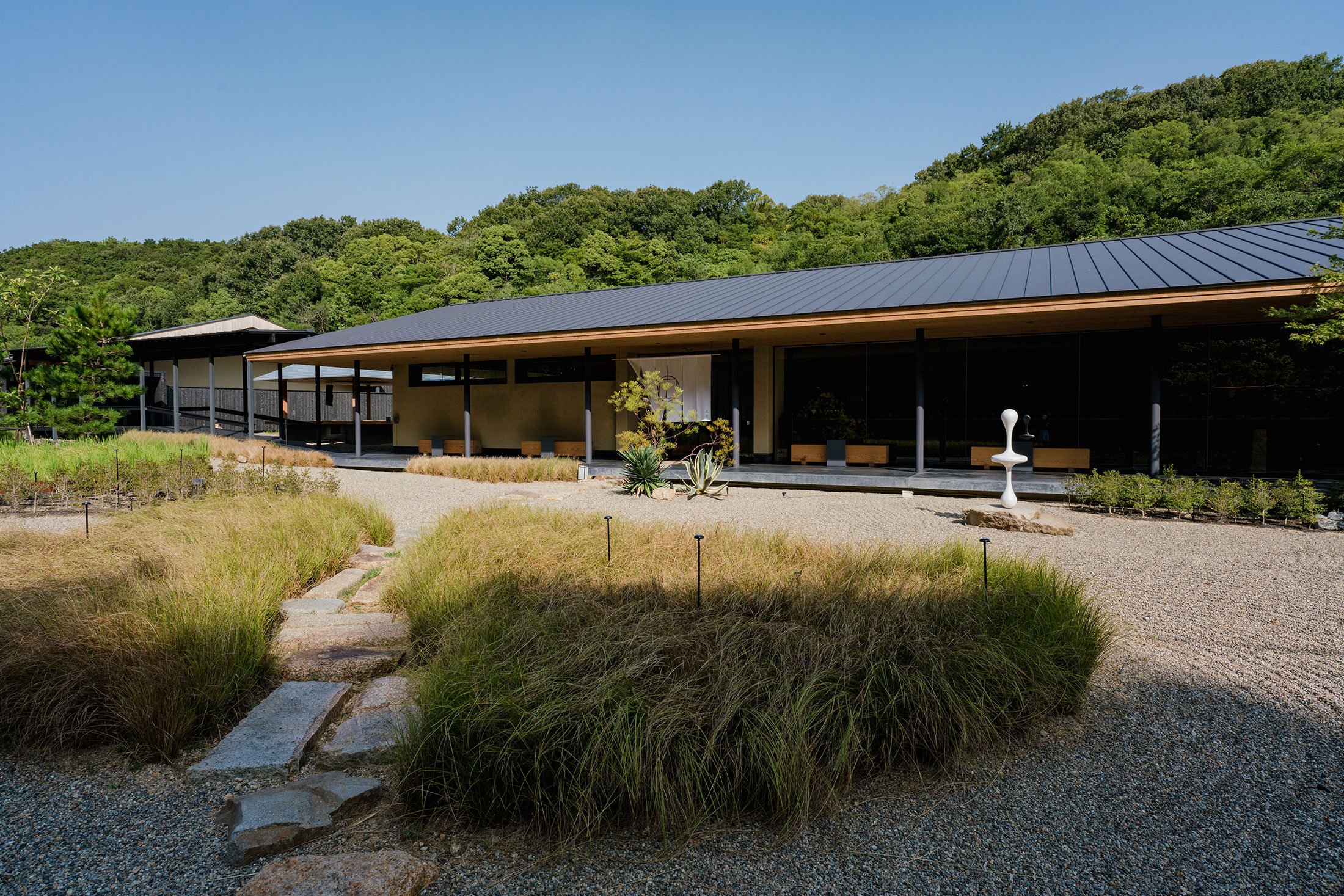
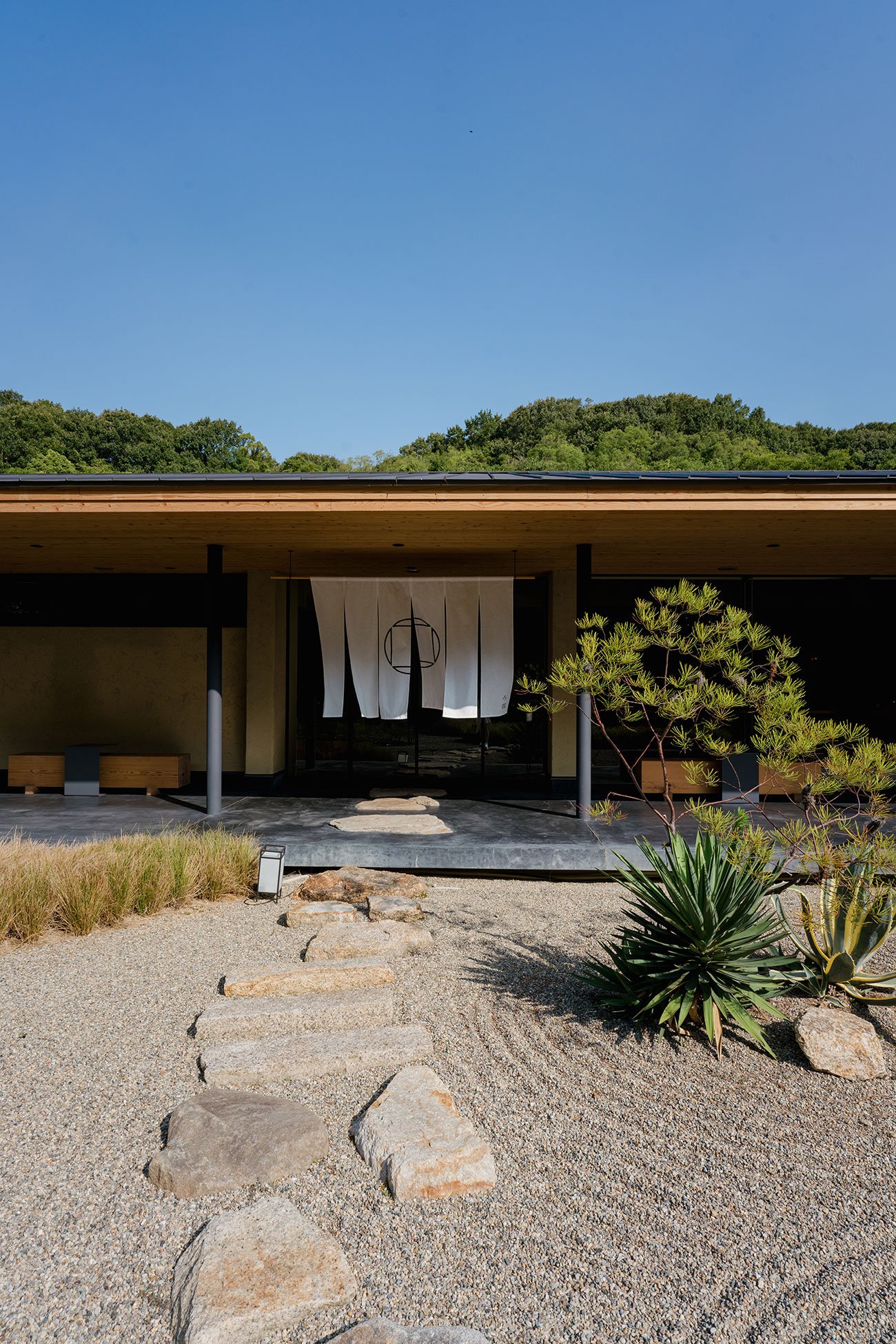
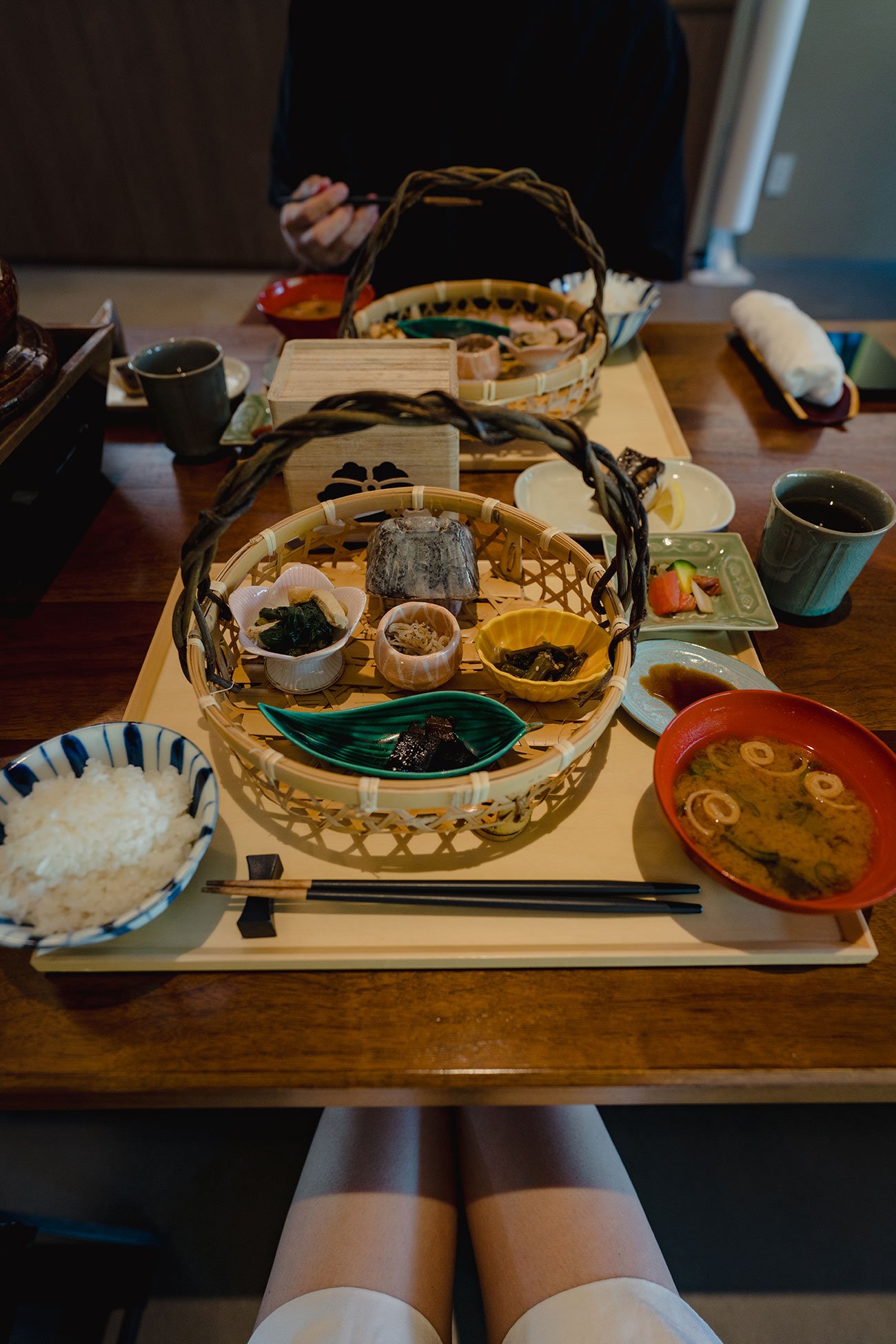
We opted for the unique experience of staying at Ryokan Roka for our second night on the island. Contrasting with Benesse House, this choice added a new dimension to our visit, and I believe it was a good decision to experience both. Benesse House offers unparalleled convenience for exploring the island's art sites and boasts an impressive collection within its own grounds. In contrast, Ryokan Roka provided us with a genuine Ryokan experience that felt truly immersive.
Ryokan Roka, which opened its doors in April 2022, marks a significant addition to Naoshima's lodging options as the island's first authentic Japanese inn. The concept behind Roka is to offer guests the opportunity to savor the beauty of the satoyama landscape while indulging in modern art. The architectural design is rooted in the elegant simplicity of Japanese aesthetics, beginning with the Sukiya style. The 11 guest suites, each featuring an open-air bath, are adorned with modern Japanese design elements that incorporate natural materials like wood, earth, and stone sourced from the Seto Inland Sea region, creating an intimate and harmonious ambiance.
For dinner, we savored the Sushi Kaiseki Course, while our Japanese breakfast the following morning at "Restaurant EN" allowed us to witness the changing seasons and the passage of time through its expansive windows facing the sunken hearth. The restaurant's ambiance transitioned beautifully between night and morning, providing distinct atmospheres for our dining experiences. I highly recommend both culinary experiences for a complete and satisfying stay at Ryokan Roka.
Teshima

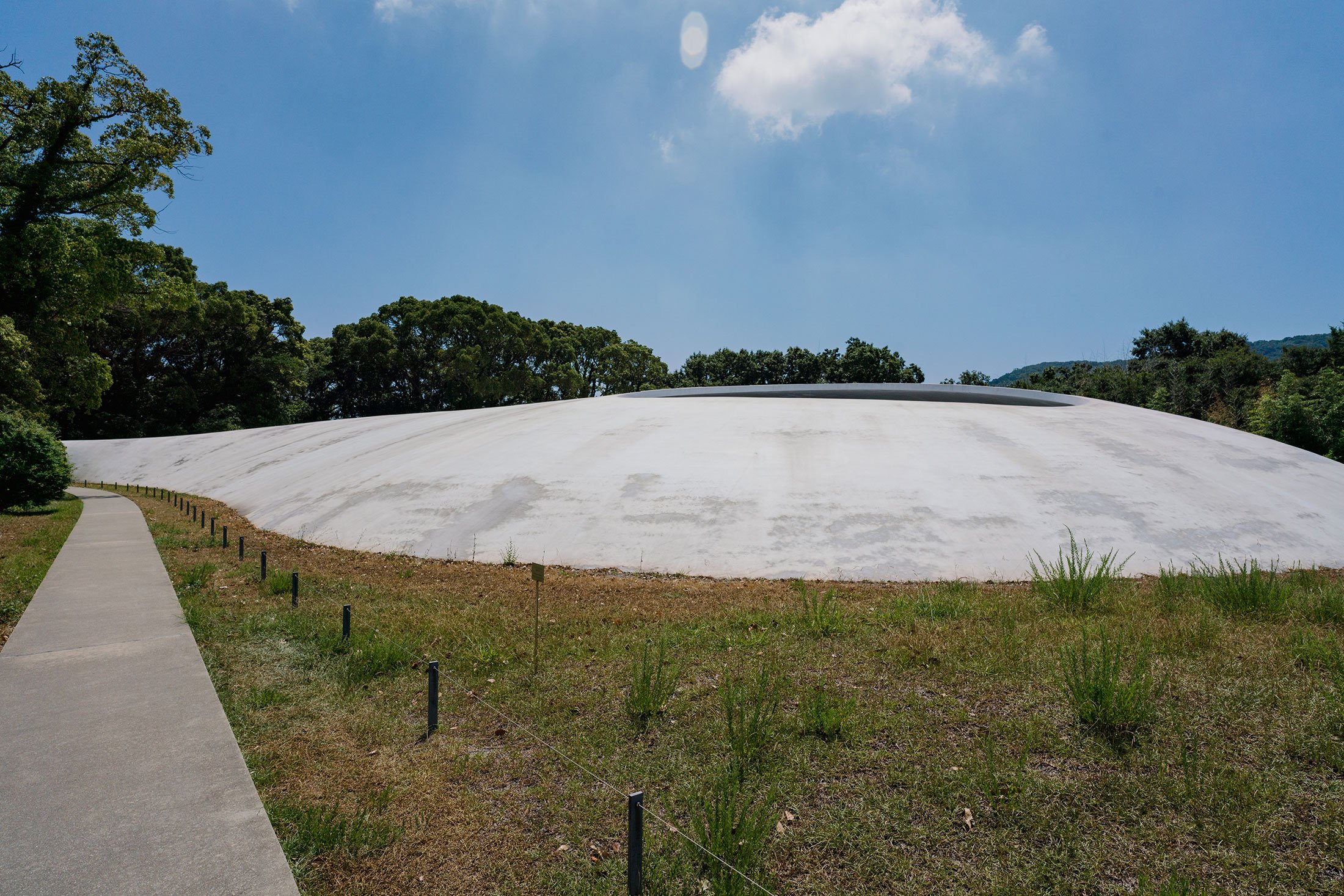
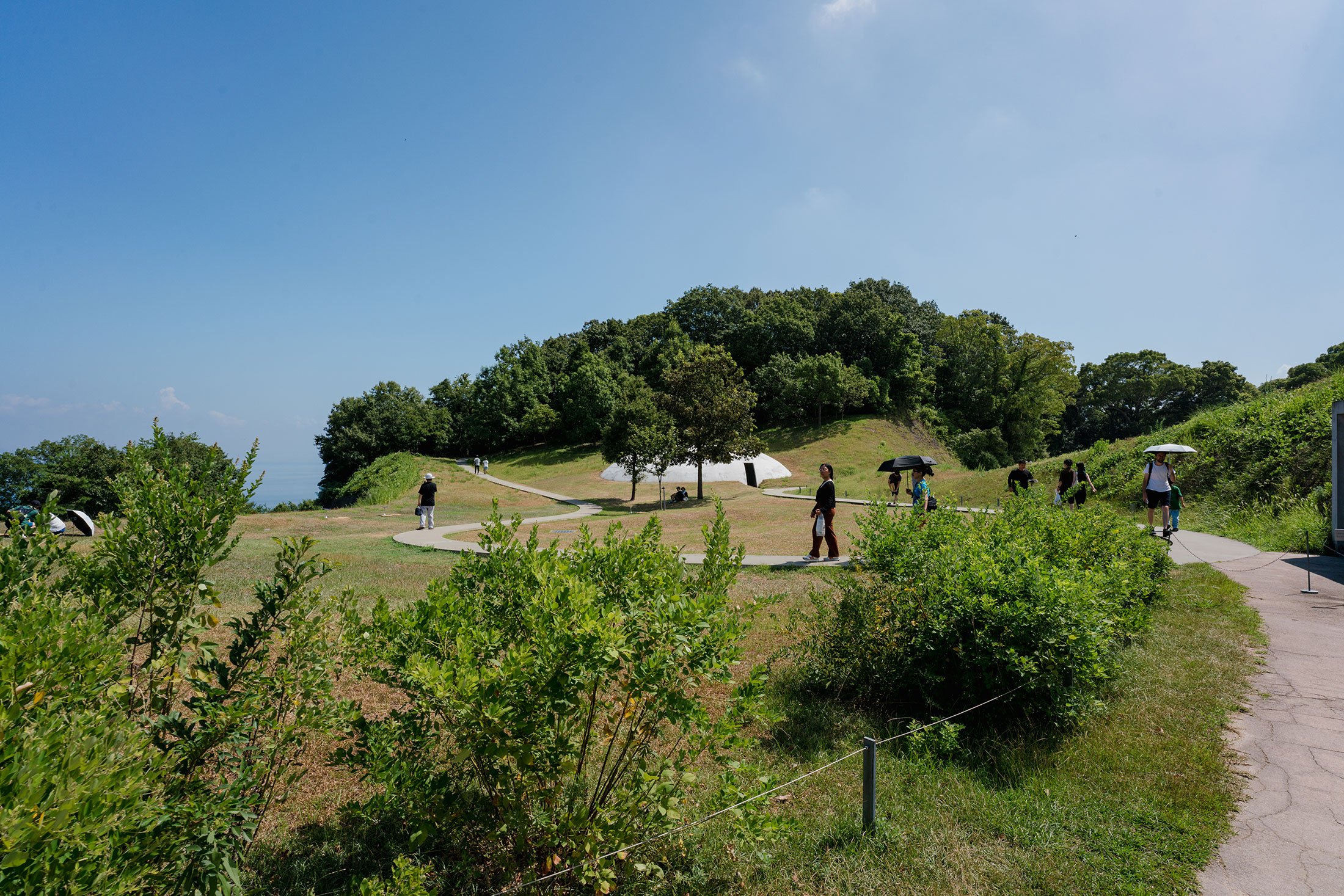
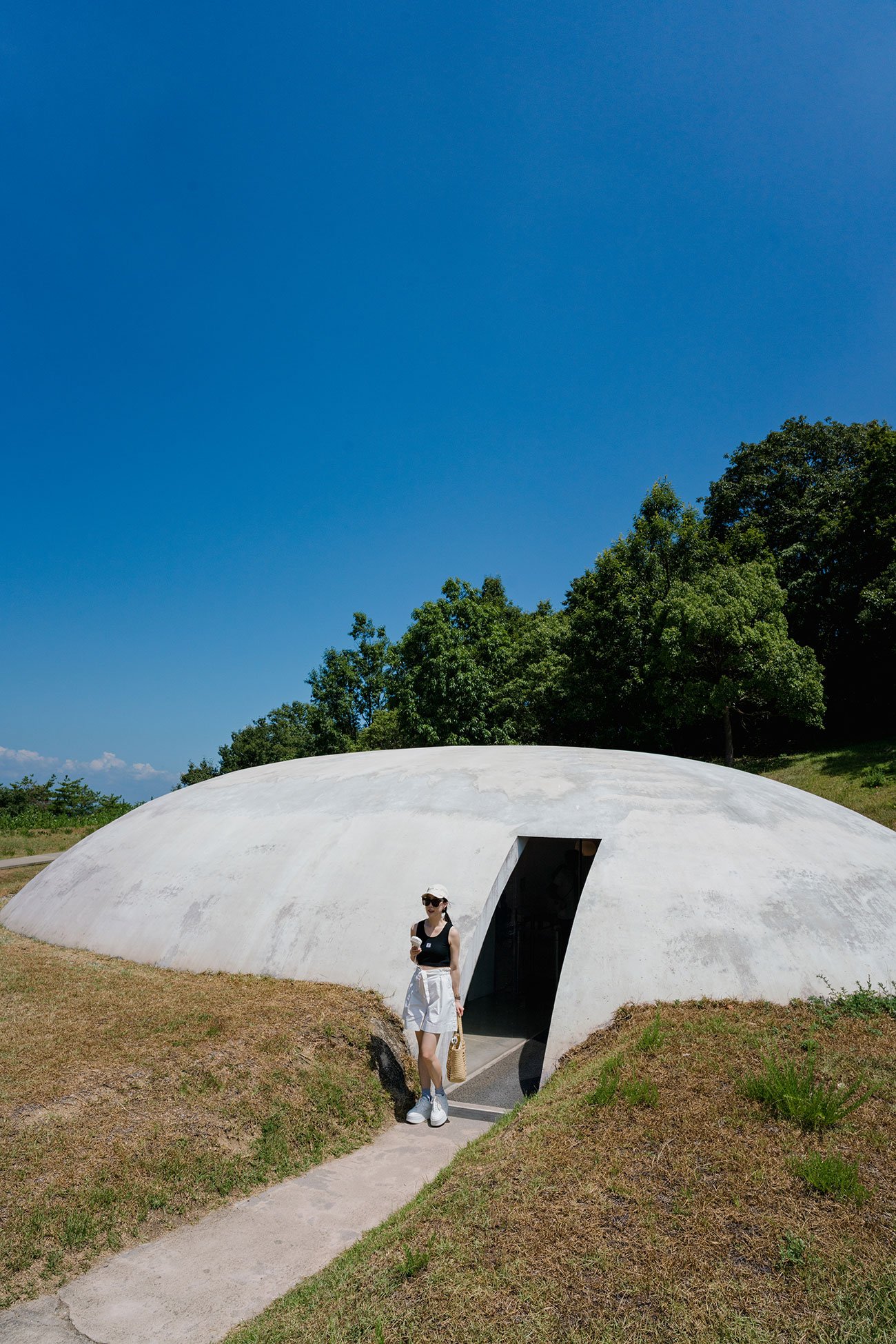
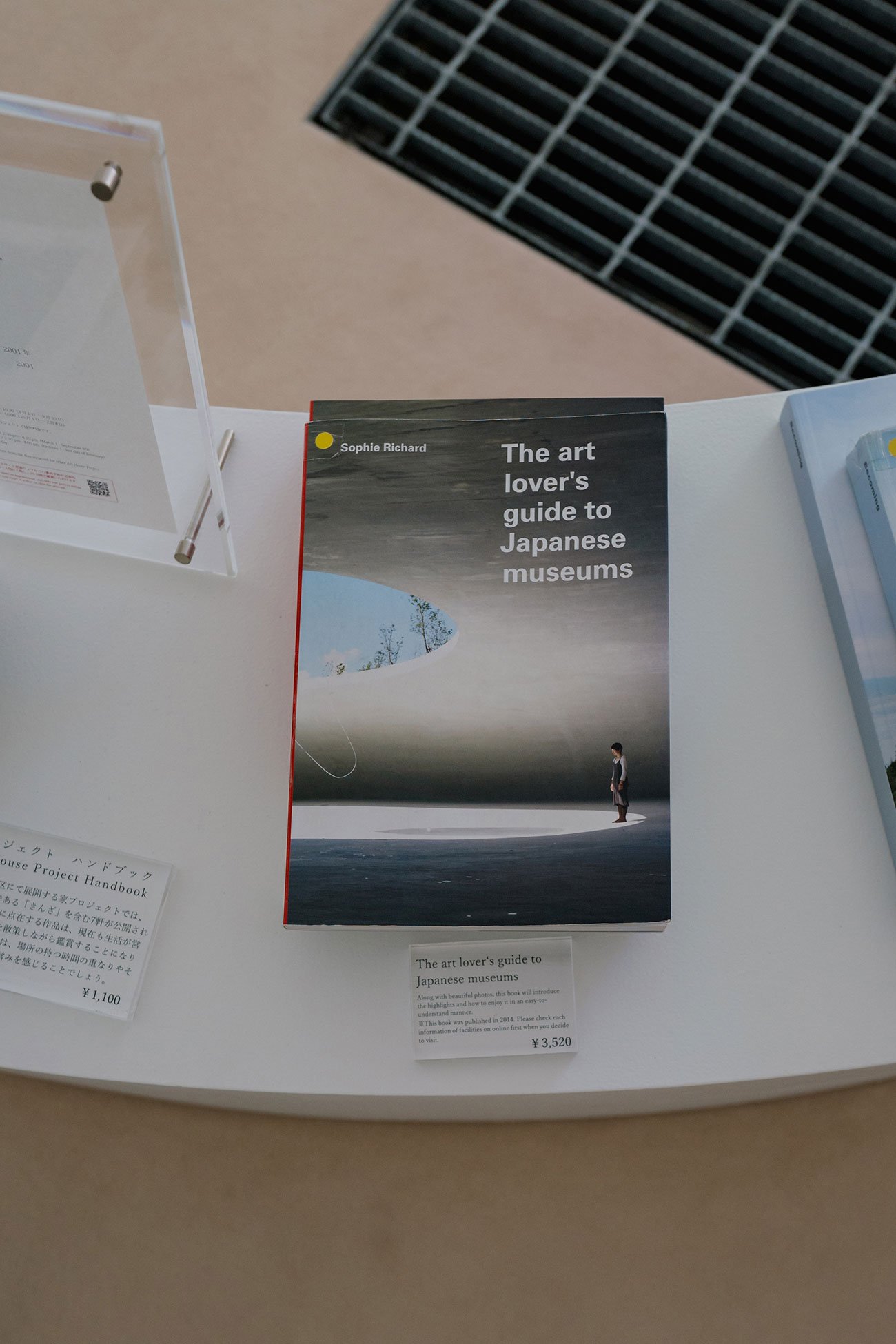
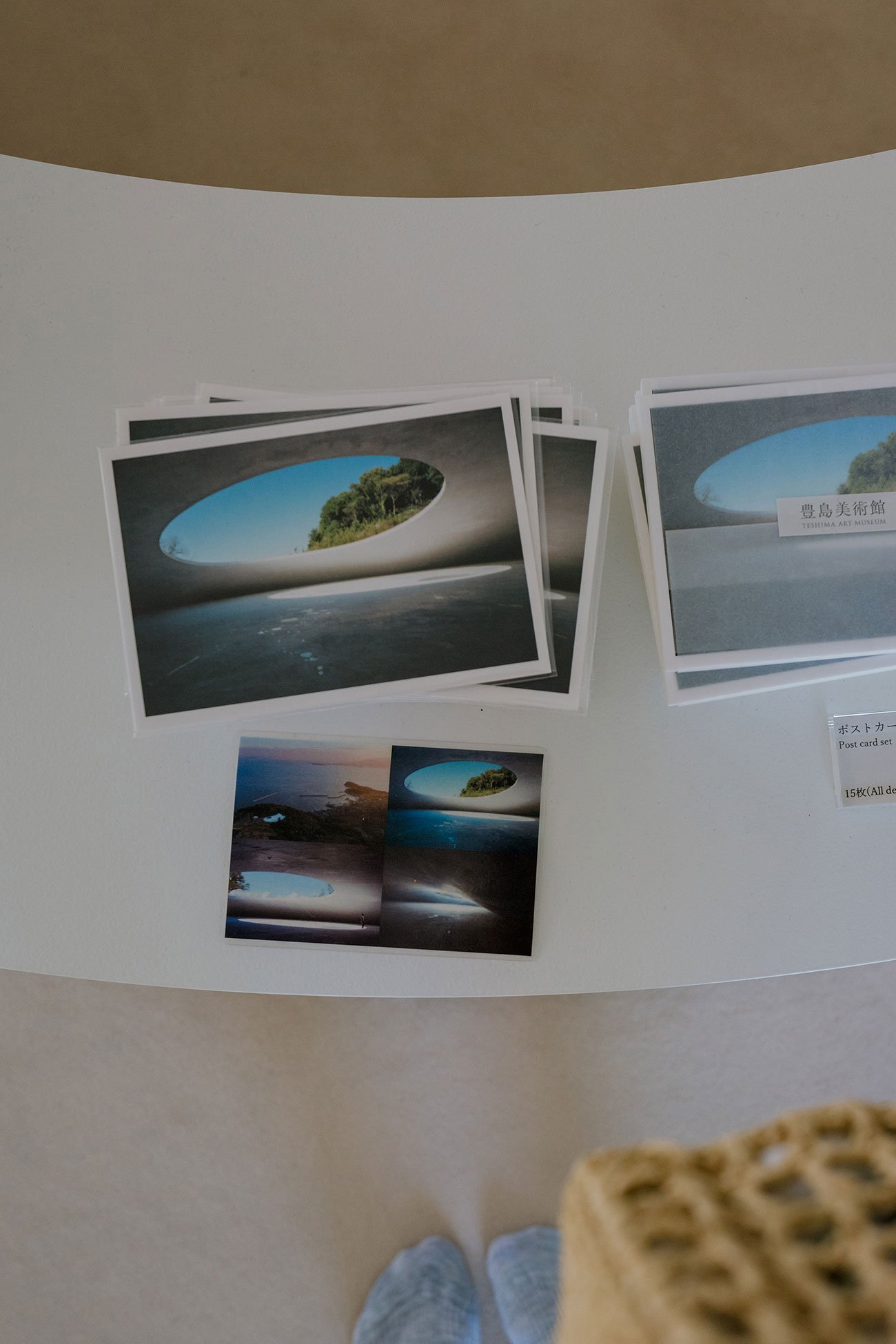
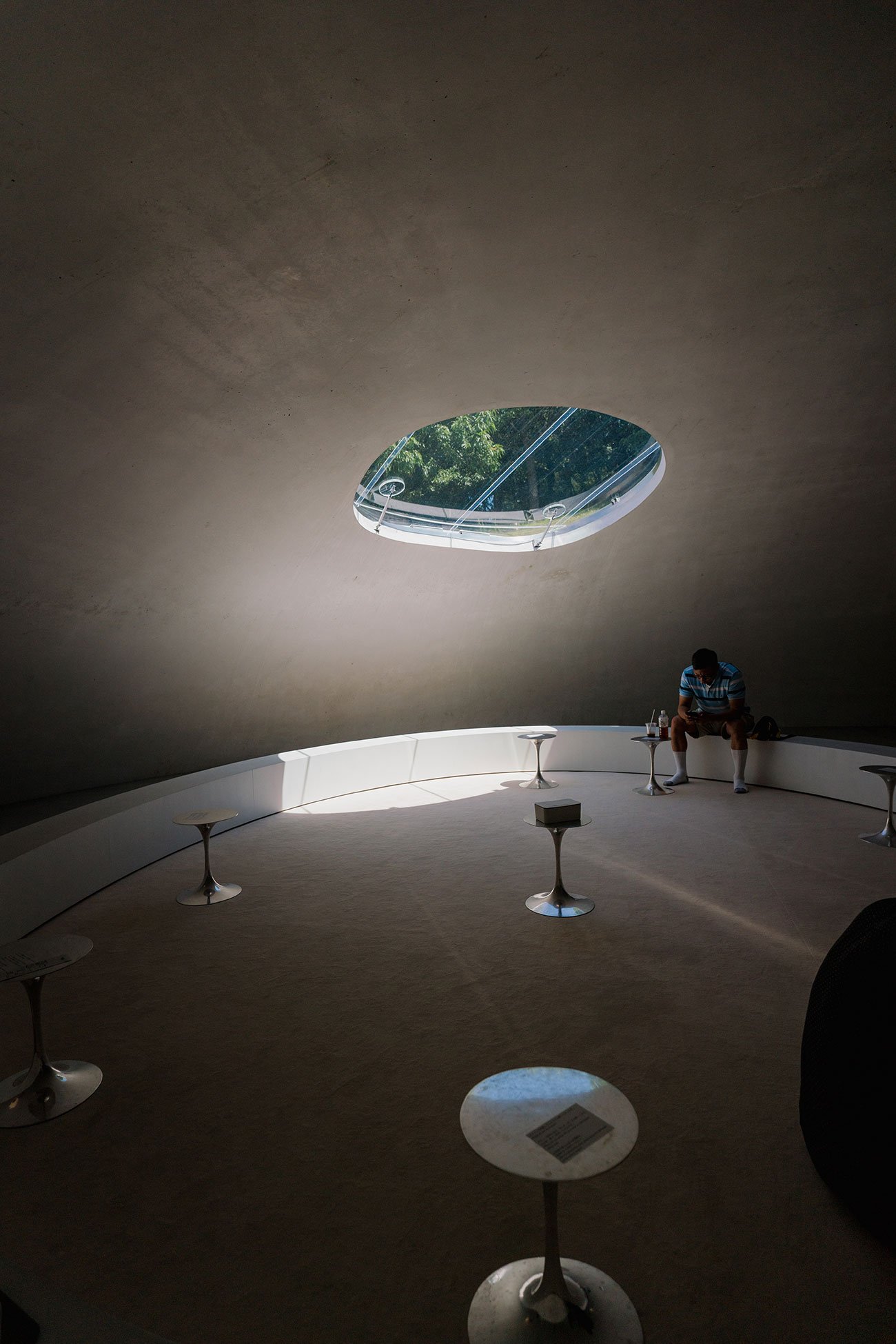
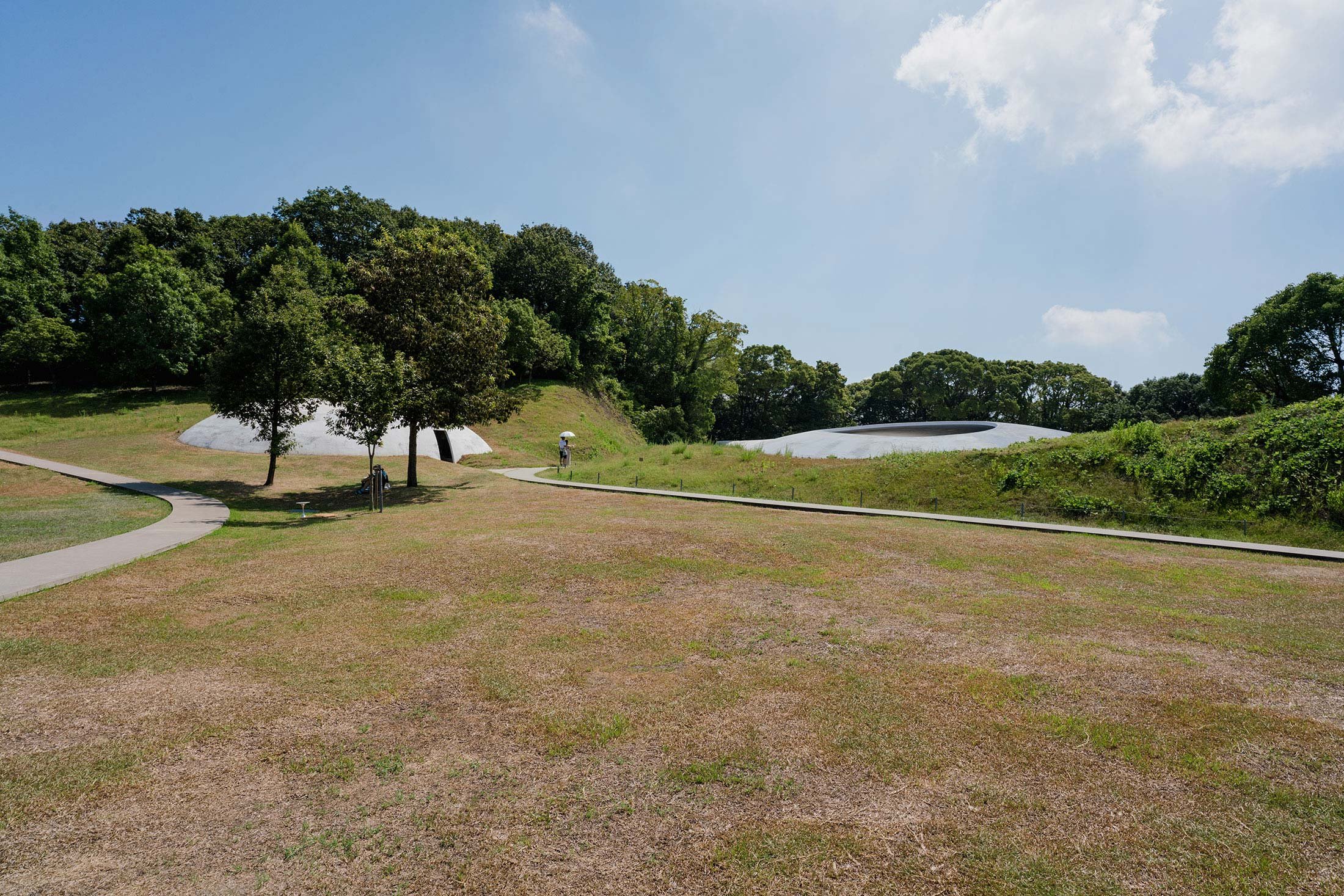
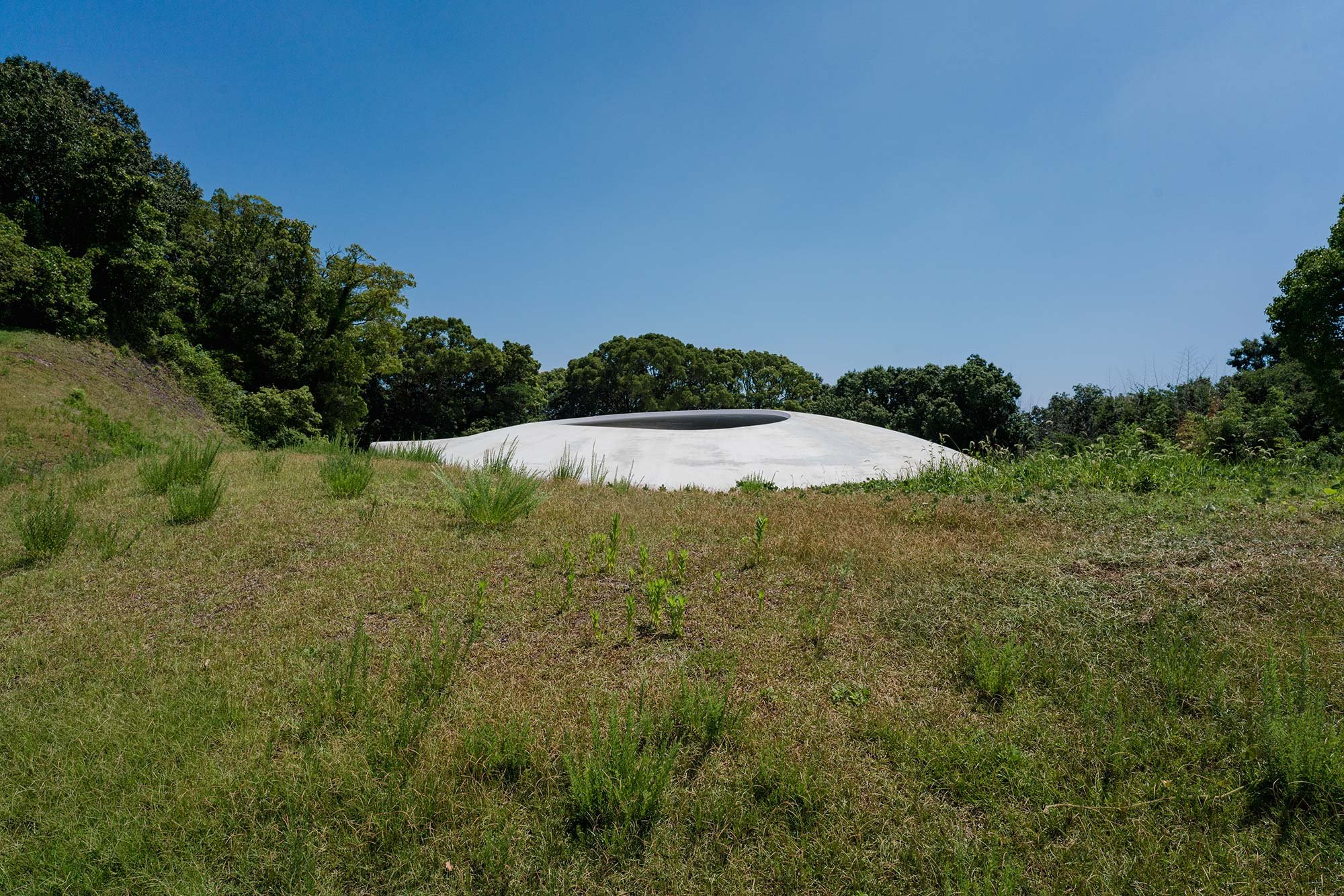

Reaching Teshima Island proved to be an adventure in itself. Given the ferry schedules and the complexity it added to our travel itinerary, we deliberated whether the journey was worth it, especially considering our plans to head to Kyoto afterward with all of our luggage. However, I am immensely grateful that we ultimately chose to embark on this excursion.
There's only one taxi available on the island, and we were fortunate to secure it right off the ferry. The shuttle was quite crowded, and the next one wasn't scheduled for another hour. The alternative would have been to rent bikes, but given the scorching 95-degree weather, it didn't seem like the most practical choice. We also appreciated the convenience of being able to leave our luggage next to the bike rental stand at the ferry terminal.
One of its primary attractions is the Teshima Art Museum, and I can attest that it was a profoundly transformative experience that left an indelible mark on me. Designed by the architect Ryue Nishizawa and artist Rei Naito, the structure is characterized by its curvilinear, shell-like design made of thin concrete, with no pillars or walls inside. Two oval openings in the shell allow wind, sounds, and light of the world outside into this organic space where nature and architecture intimately interconnect. Water springs continuously from the ground within this interior expanse, perpetually in motion throughout the day. A delicate, thread-like structure suspended from the ceiling interacts with natural elements like air and light, creating a sensorial experience for visitors. It encouraged us to slow down, observe, and engage with our surroundings, fostering a deeper connection with art and nature. This environment evokes an ever-expanding spectrum of sensations as the seasons shift and time unfolds. Rain and sunlight, in particular, create different experiences, making each visit unique.
The museum's tranquil atmosphere and its capacity to ignite personal transformation will remain etched forever in my memory. Experiences that prompt such contemplation and foster a profound connection with the natural world are indeed rare. Had it not been for the scorching 95-degree weather that day and the impending ferry schedule, I would have relished the chance to spend the entire day fully immersed in that extraordinary encounter.
A special shoutout to the stunning new Sézane Claude Bag that accompanied me on this trip ♡
I deeply appreciate why Naoshima and Teshima have earned their reputation as sought-after destinations for art enthusiasts, architecture aficionados, and travelers in search of a serene, culturally enriching experience. Many of the sites did not allow photography, so I wholeheartedly recommend this trip to anyone who values design, architecture, and the arts and wants to experience it firsthand. I am immensely grateful for the opportunity to have embarked on this adventure and to have fulfilled a cherished item on my bucket list!
